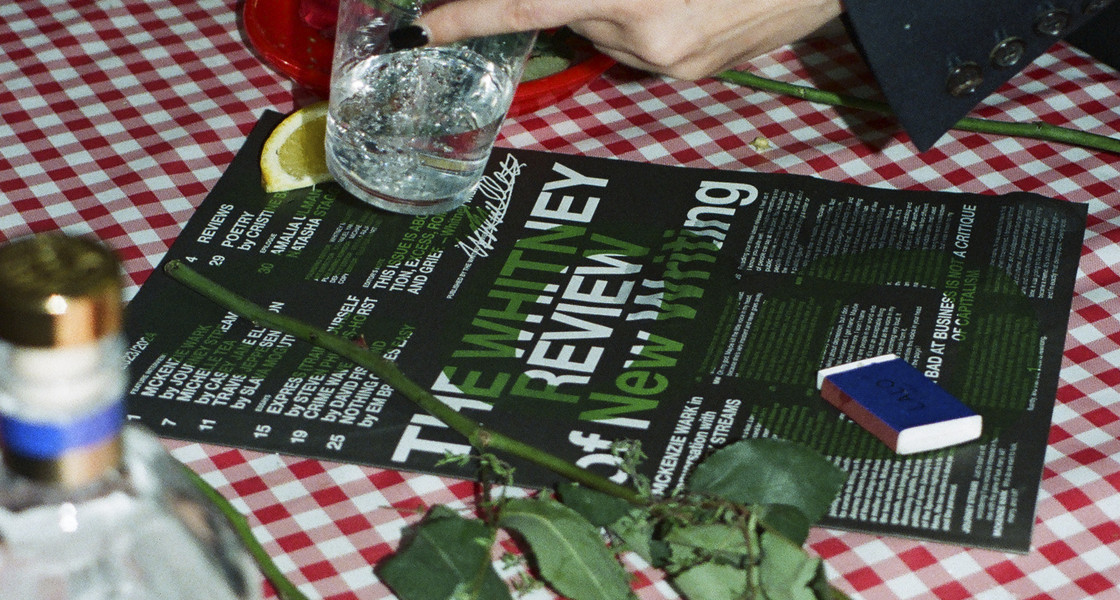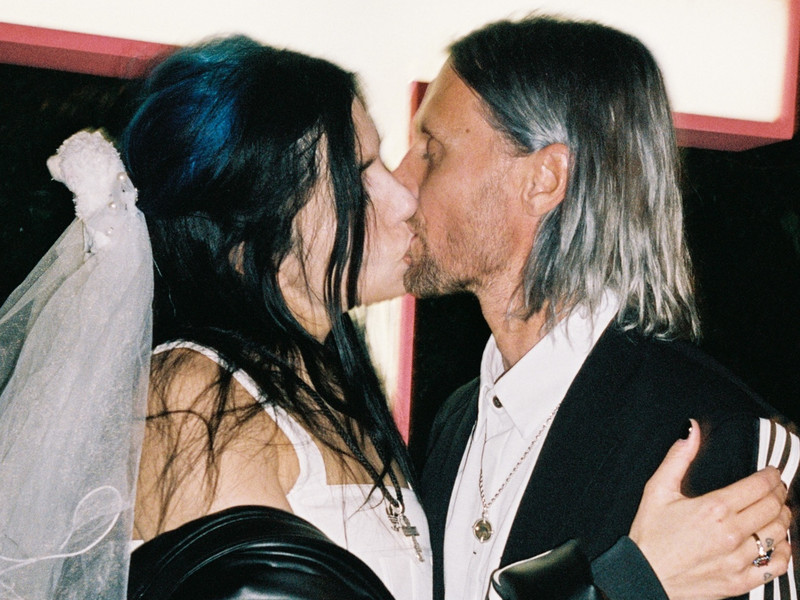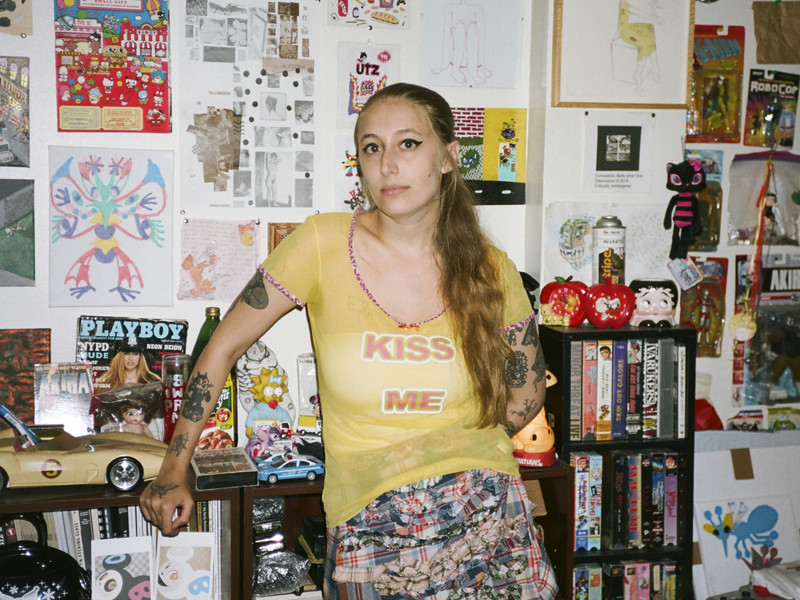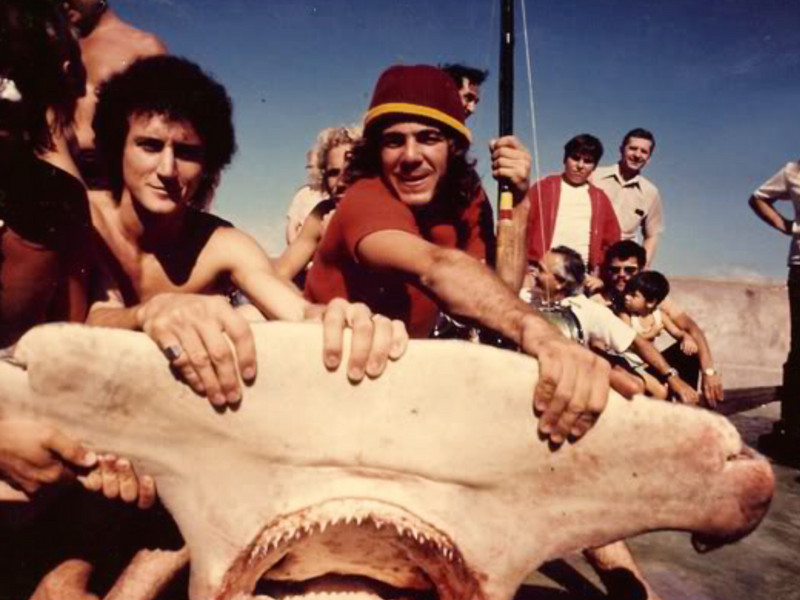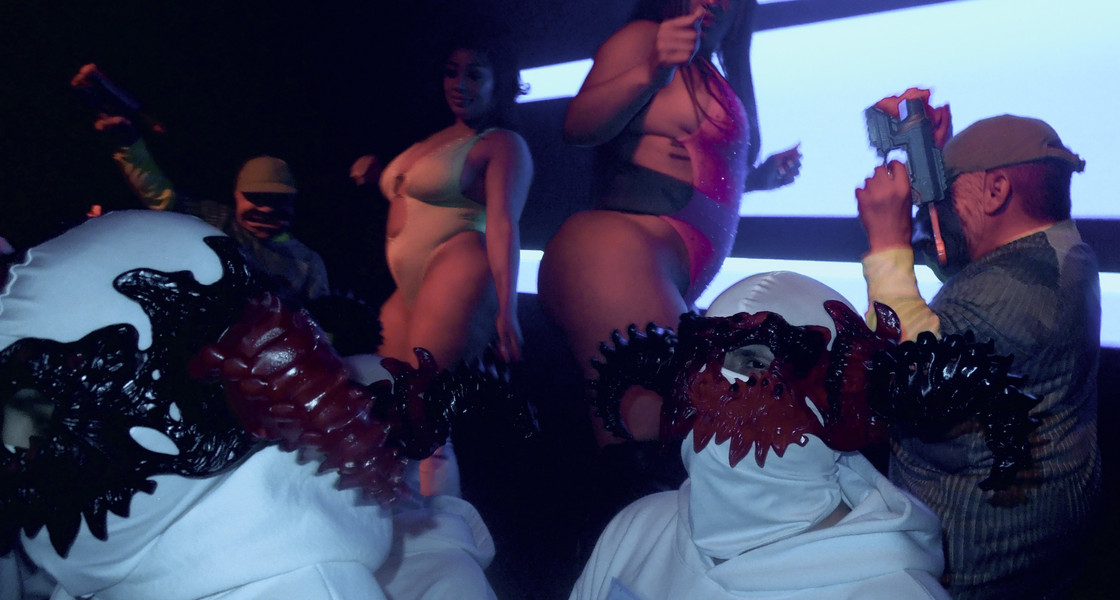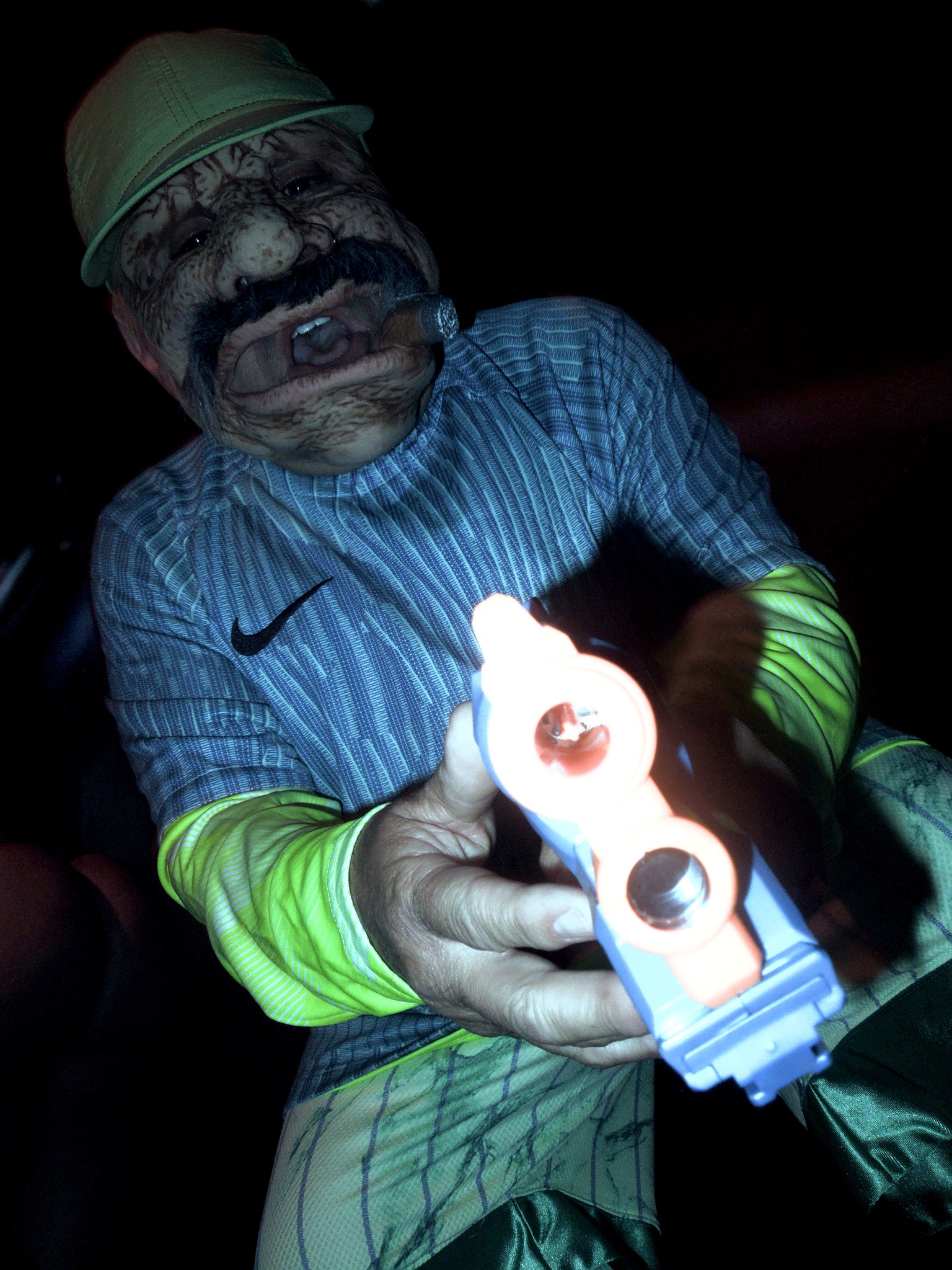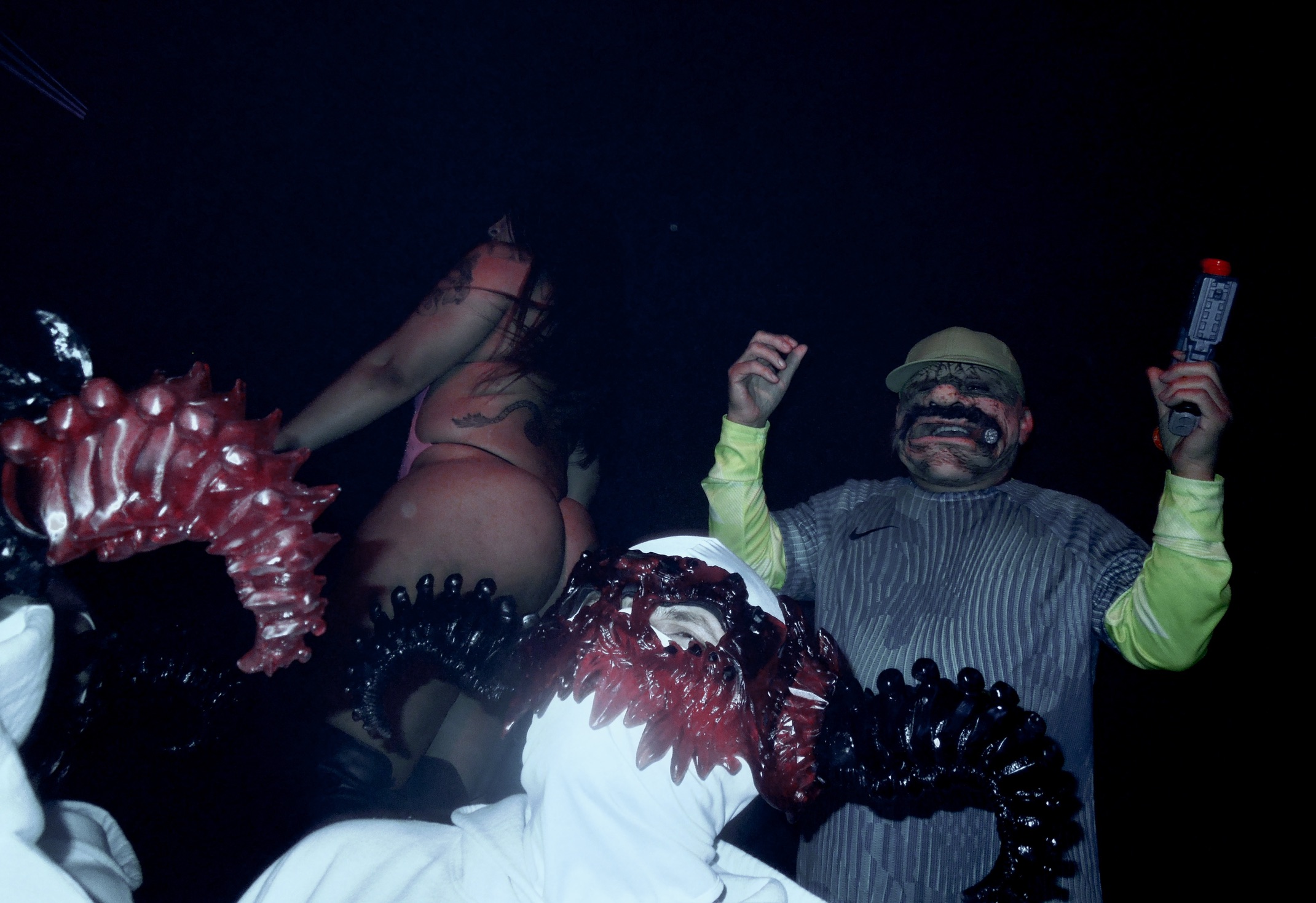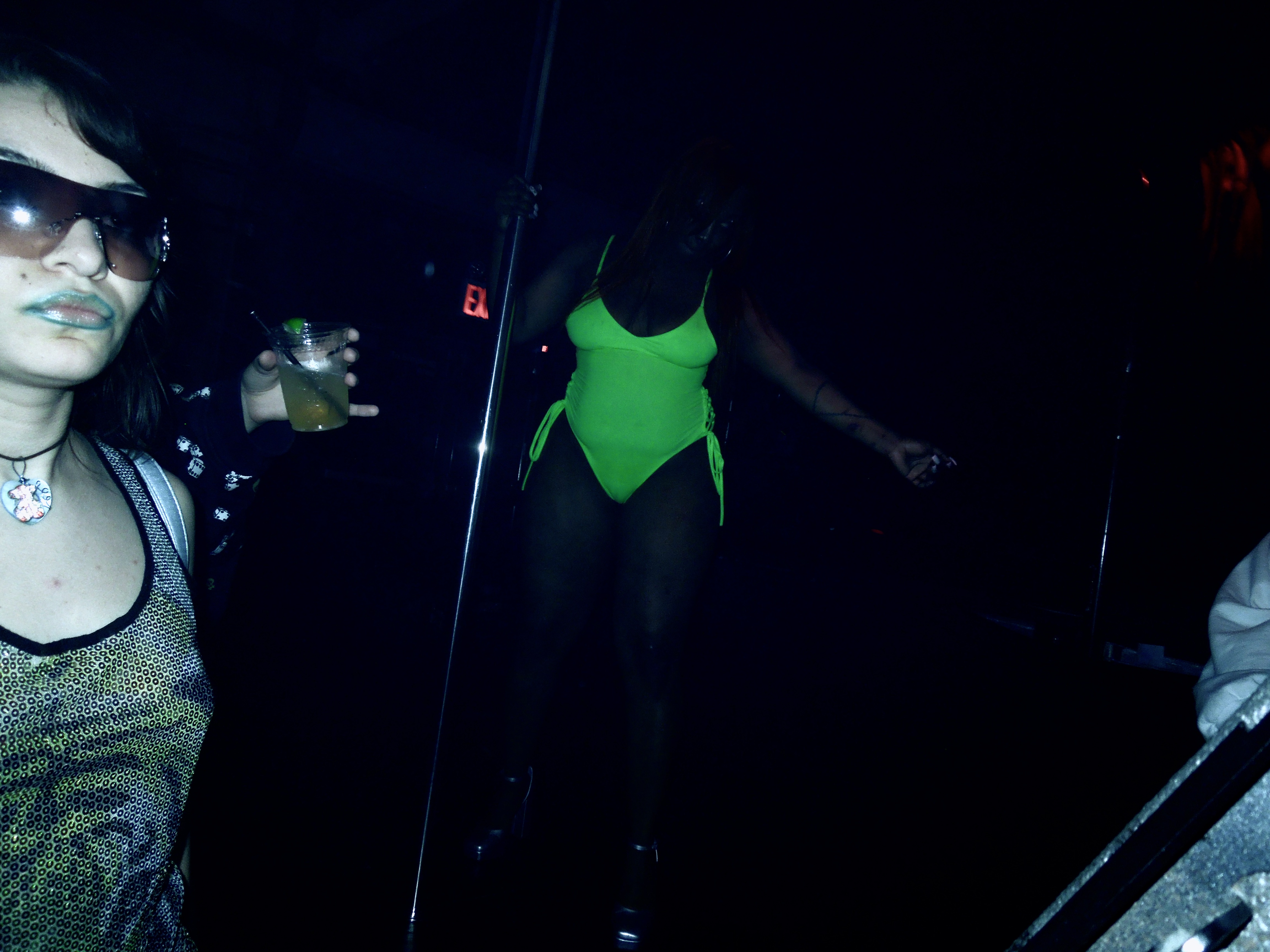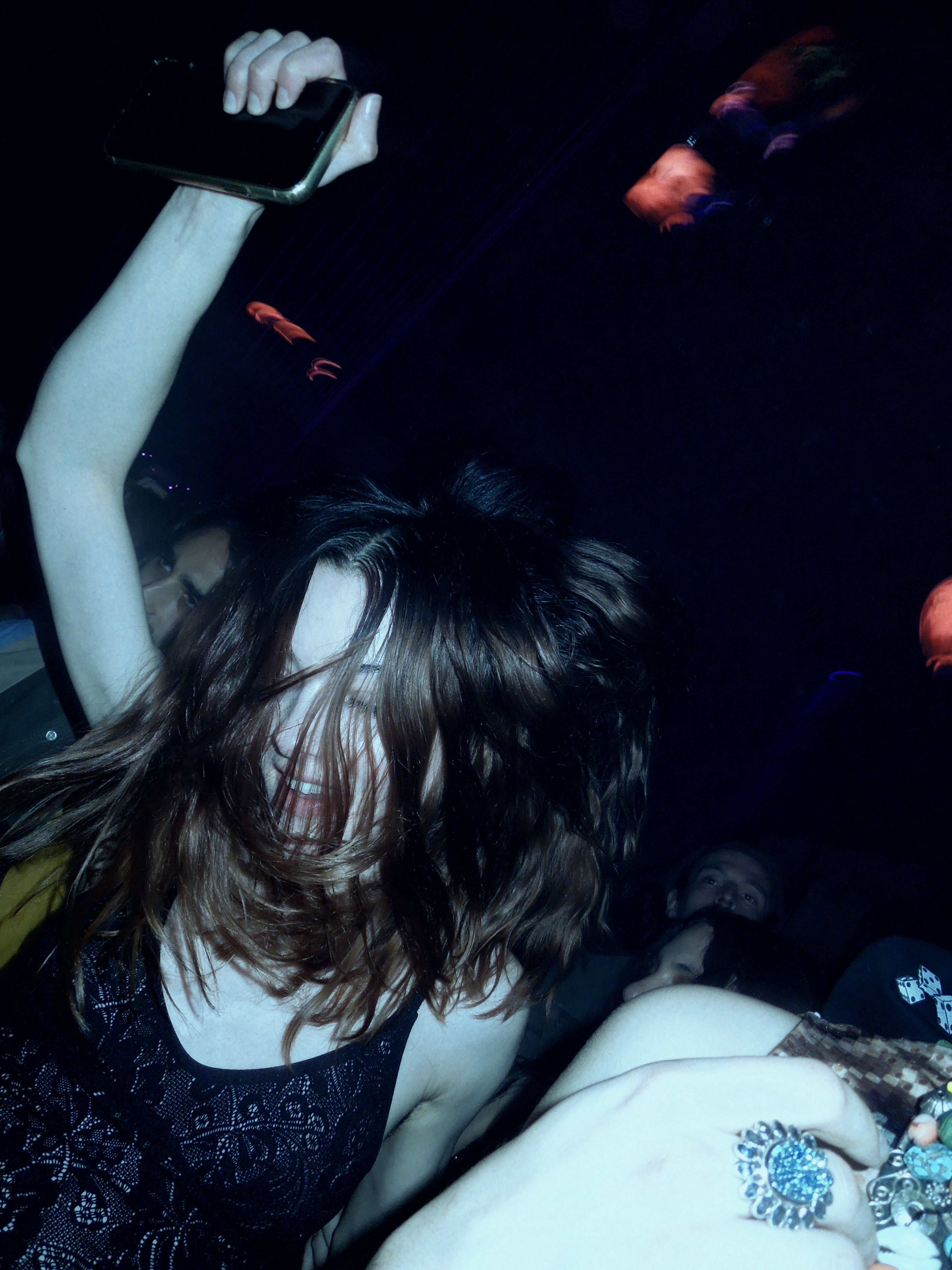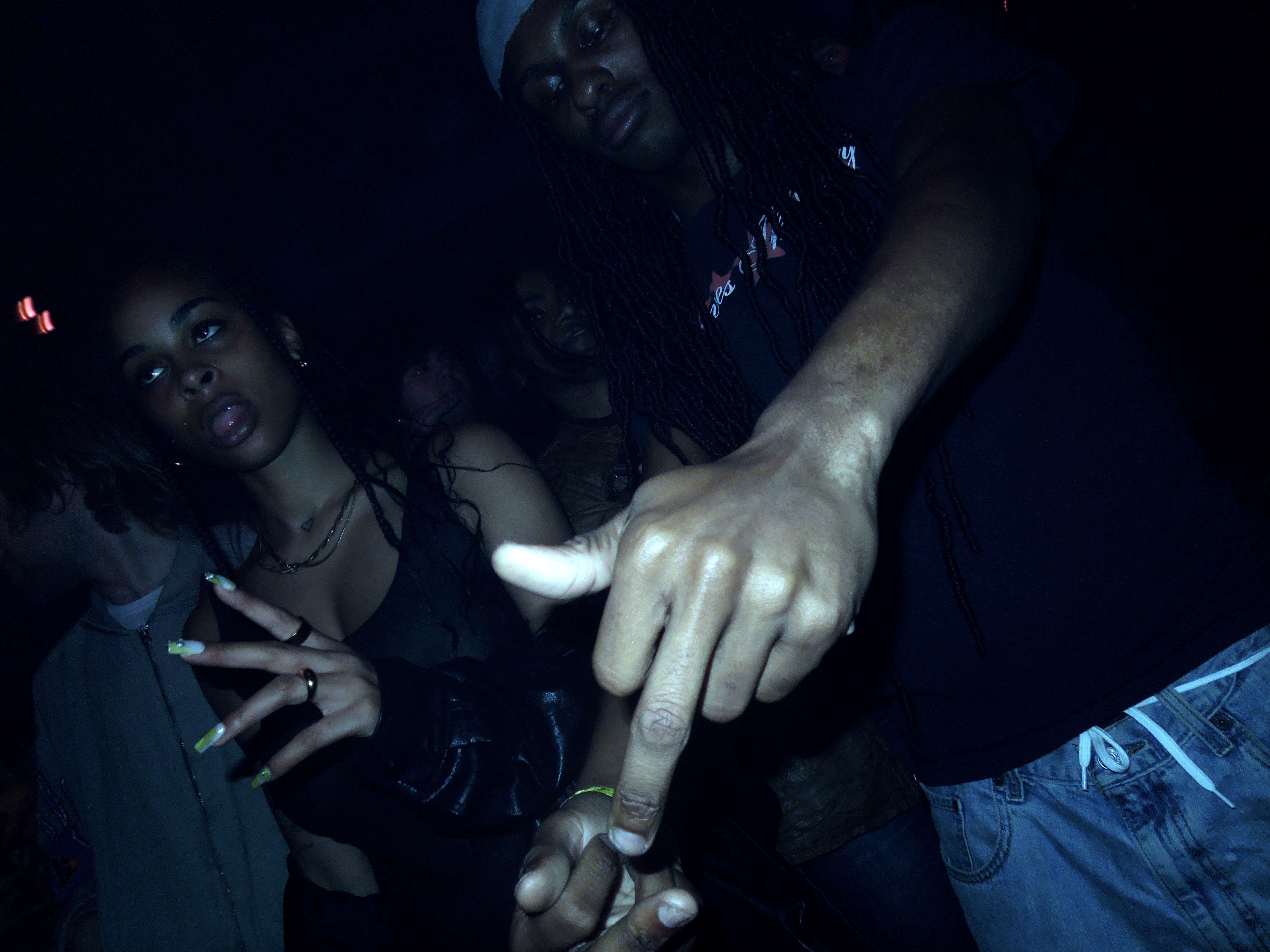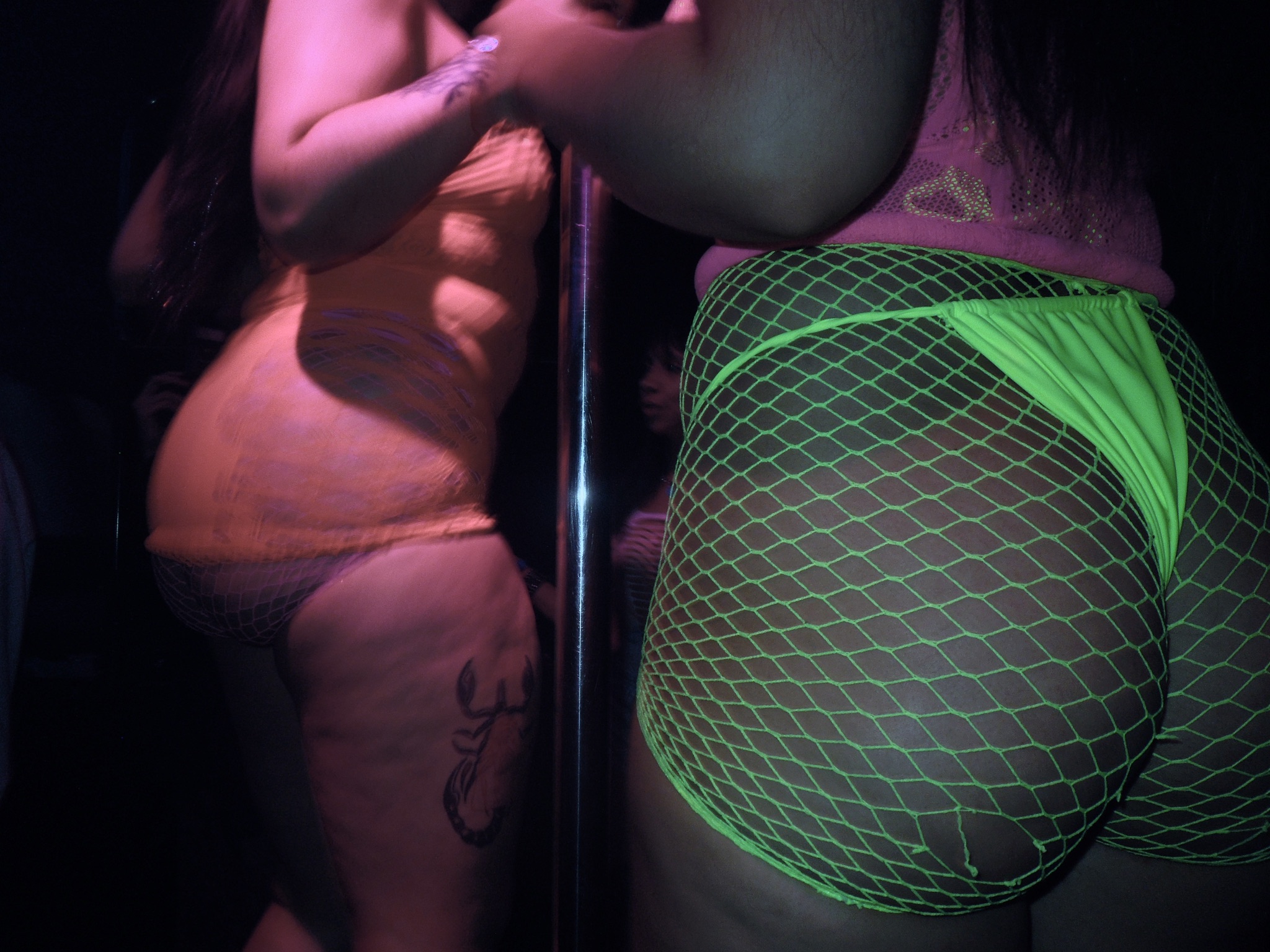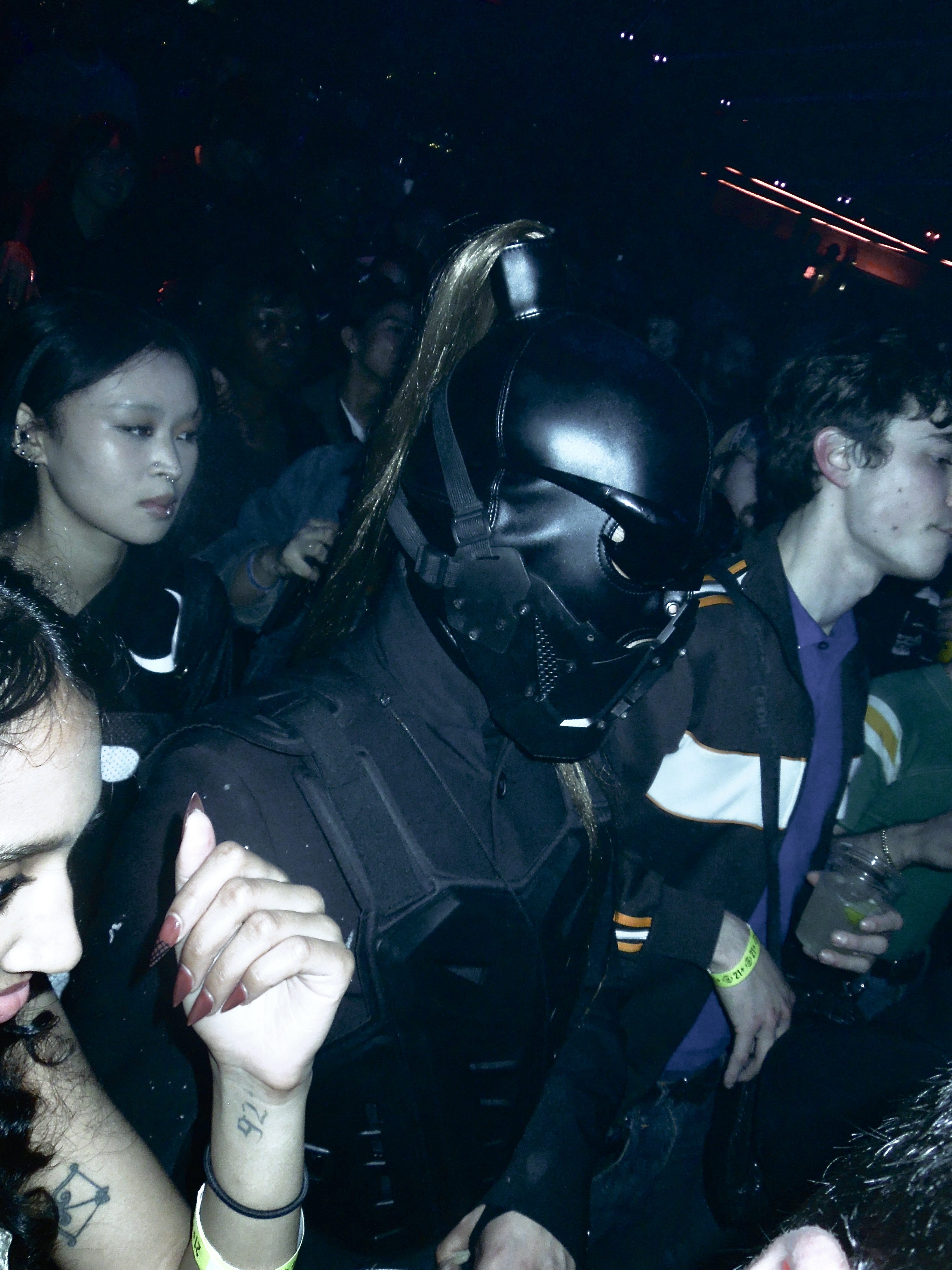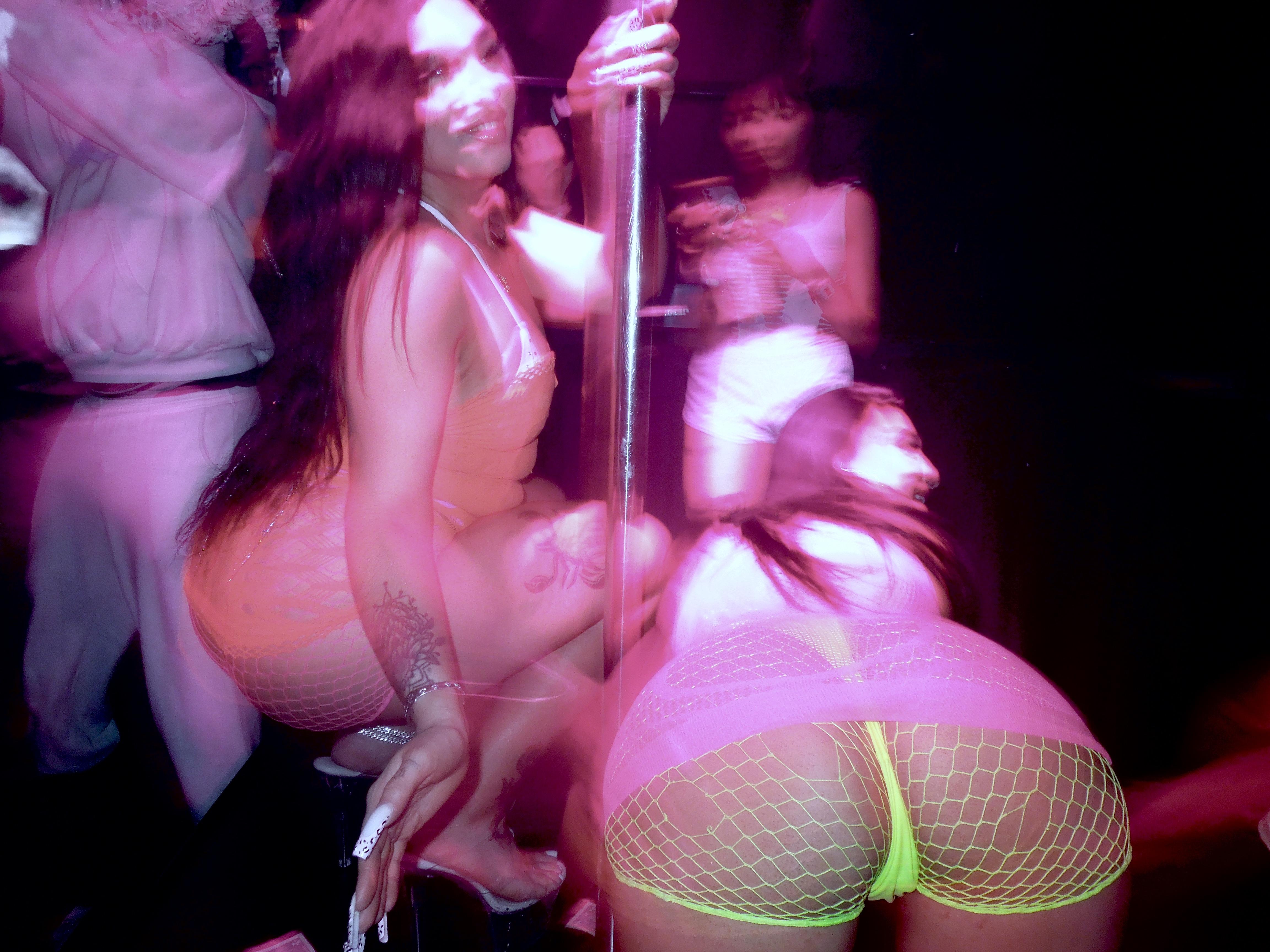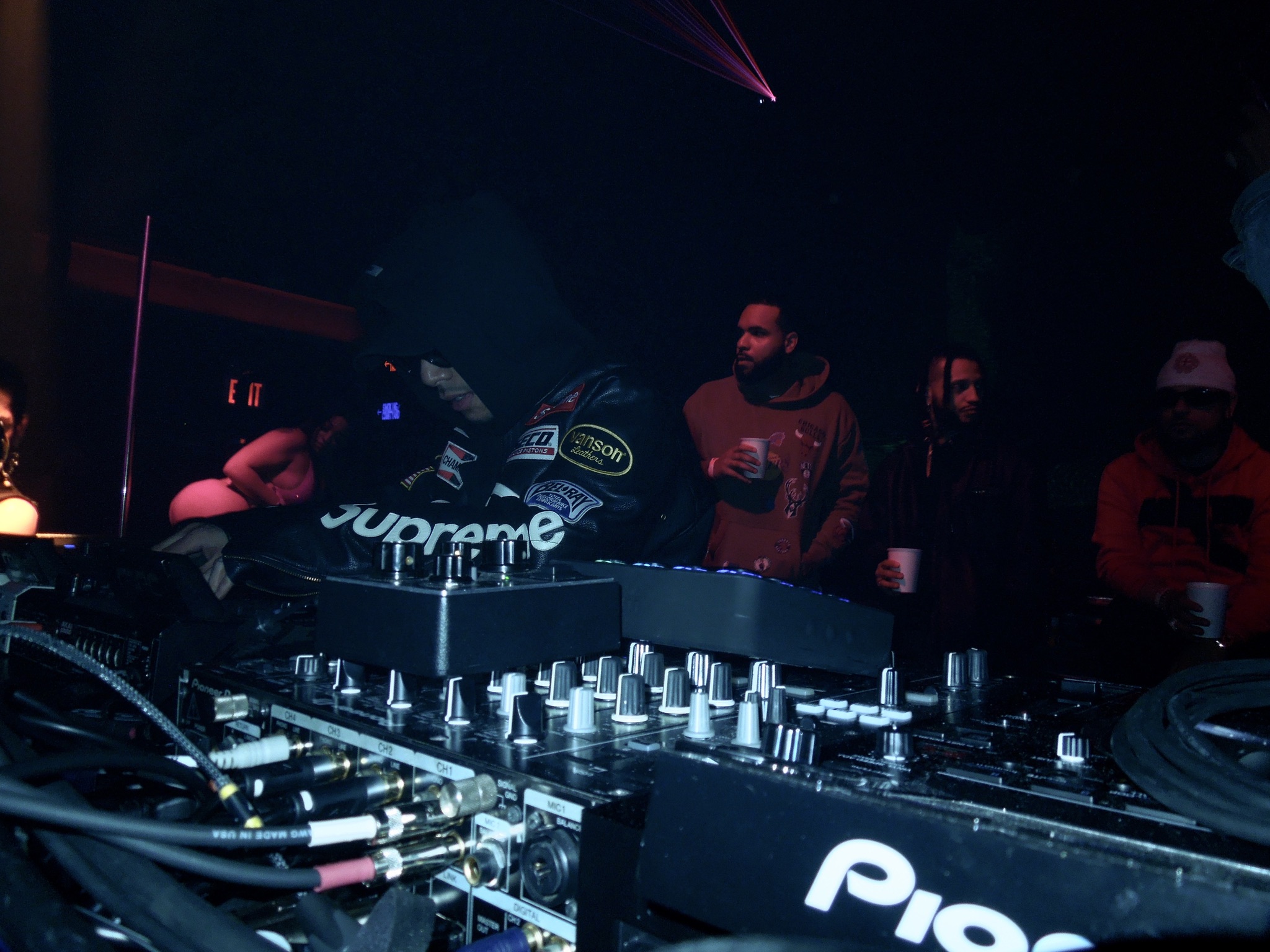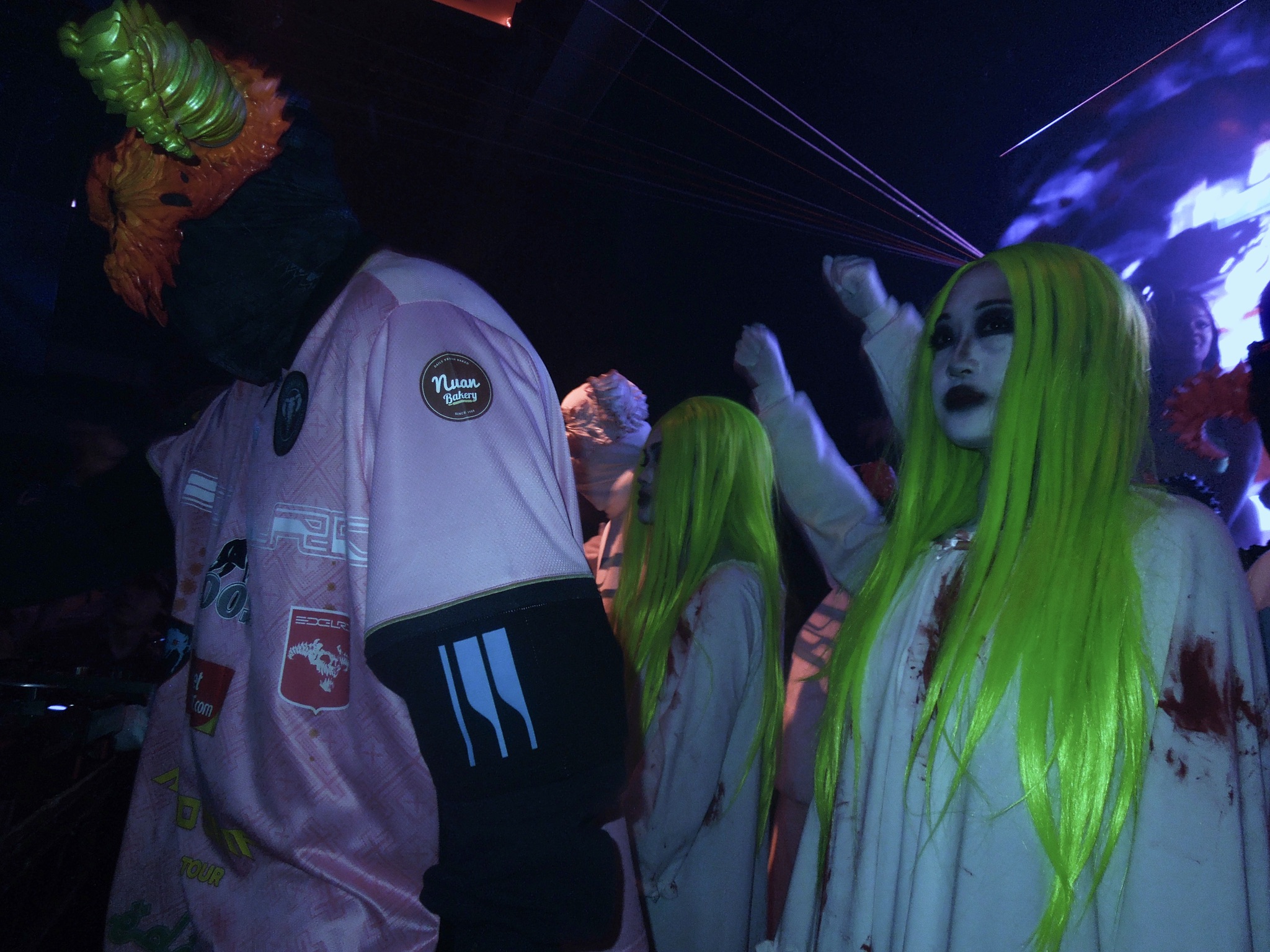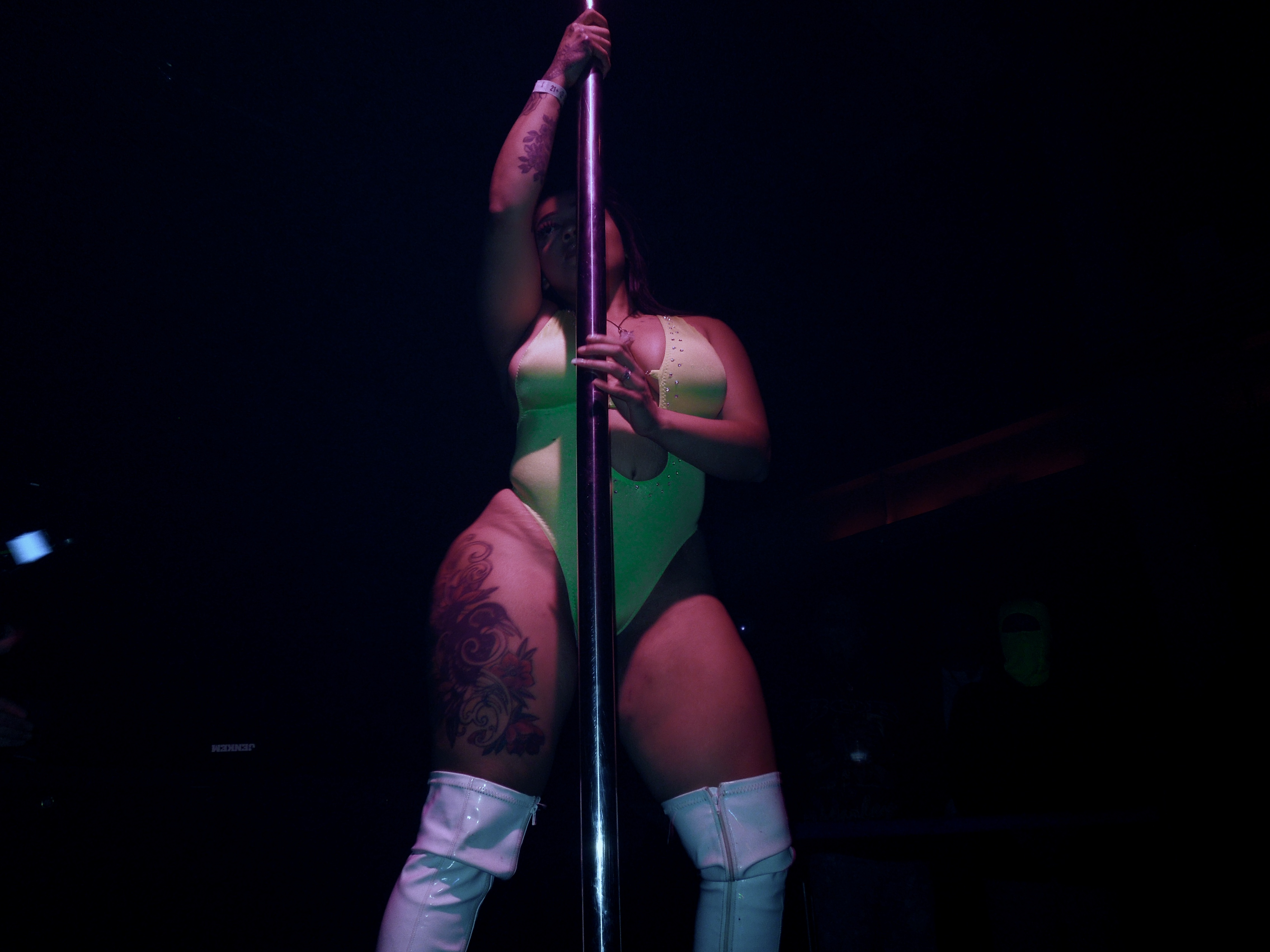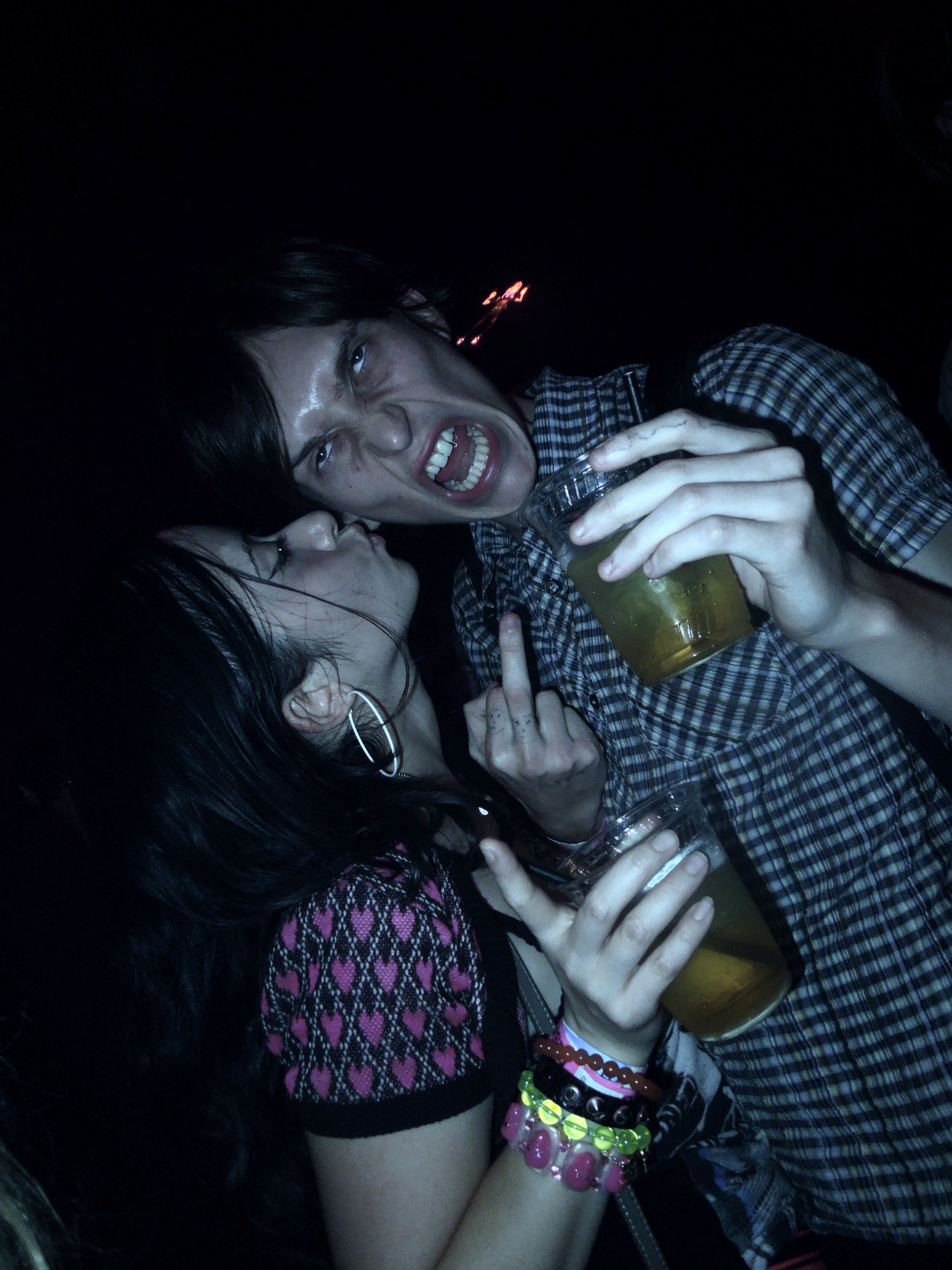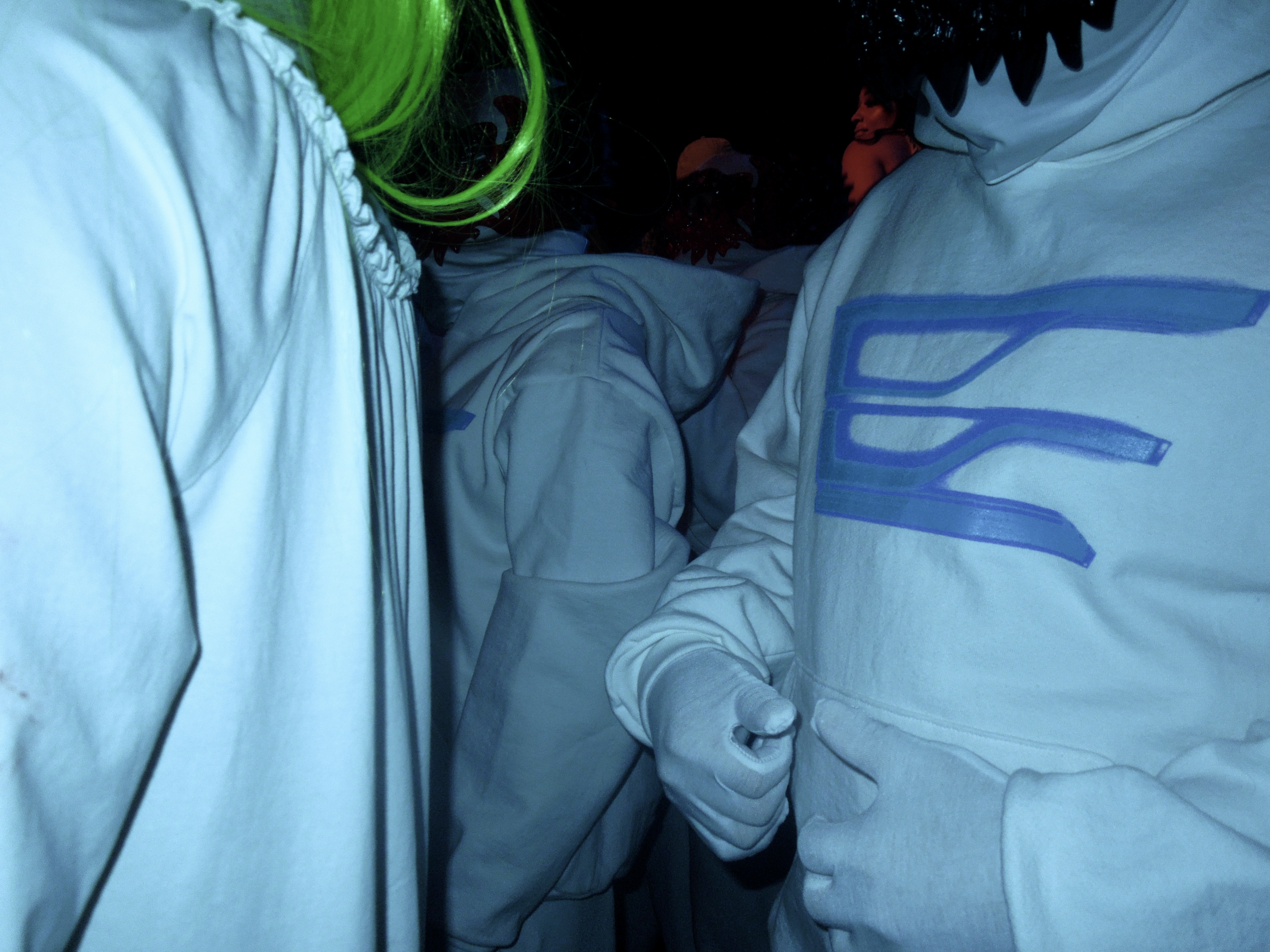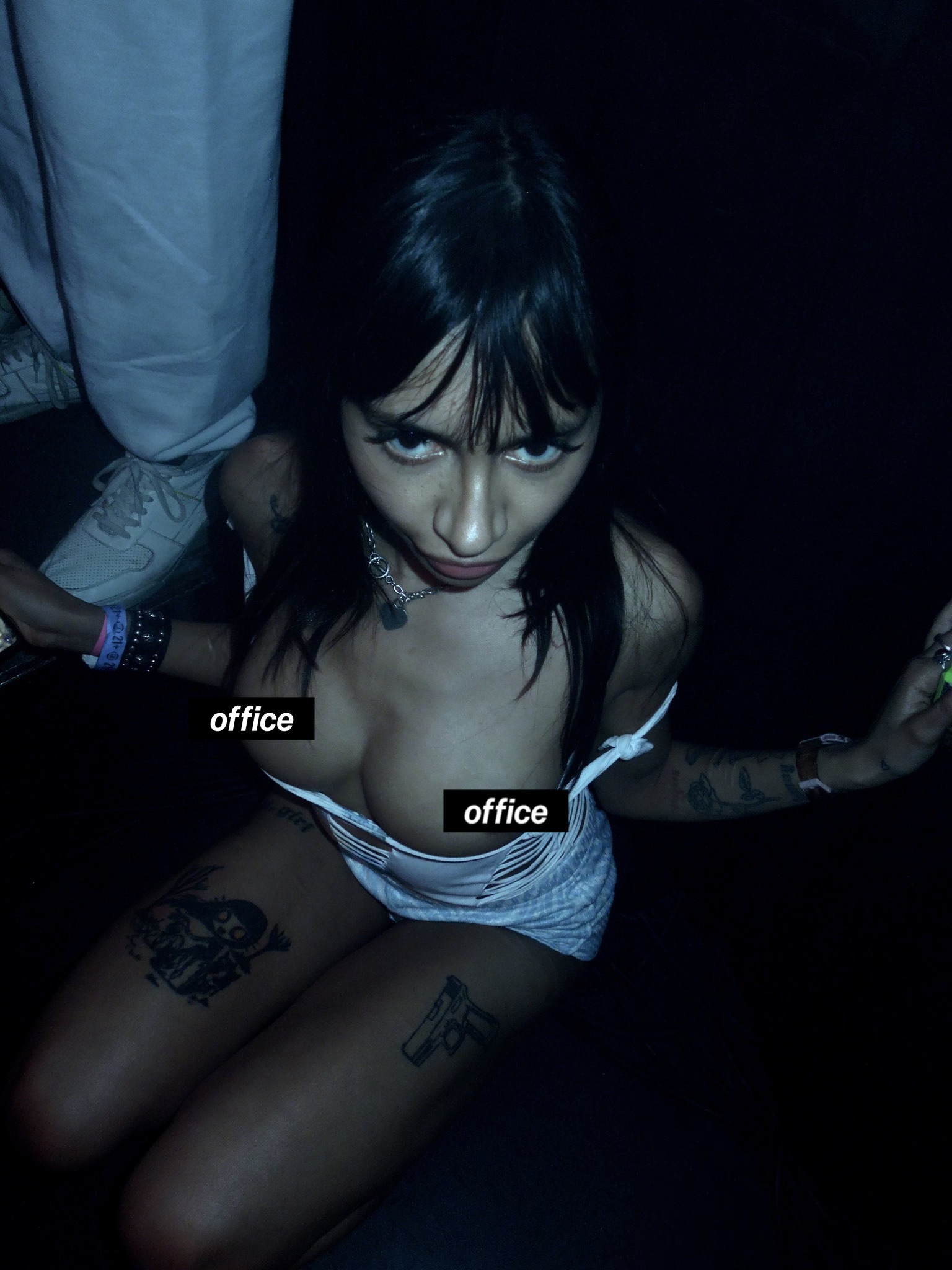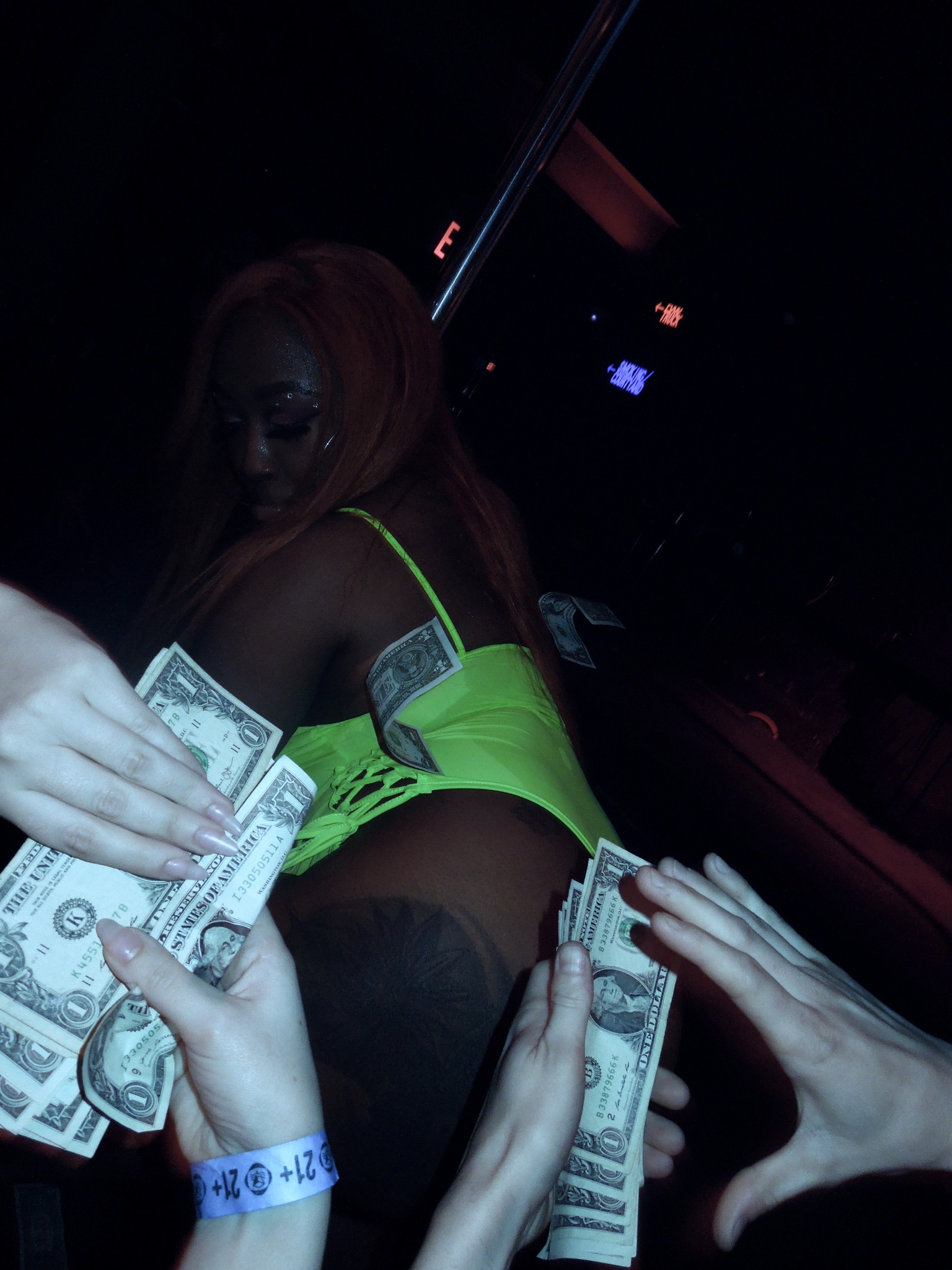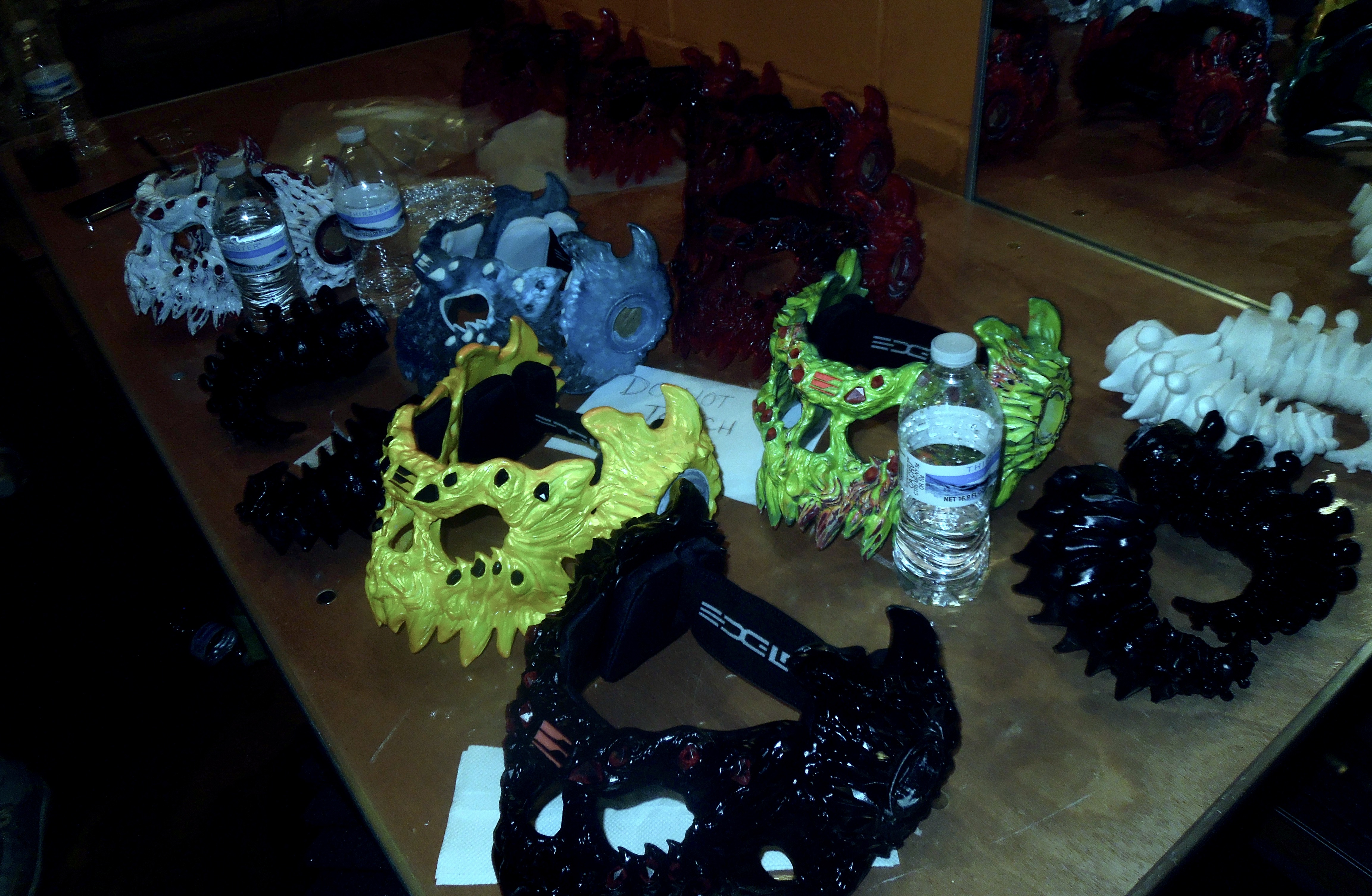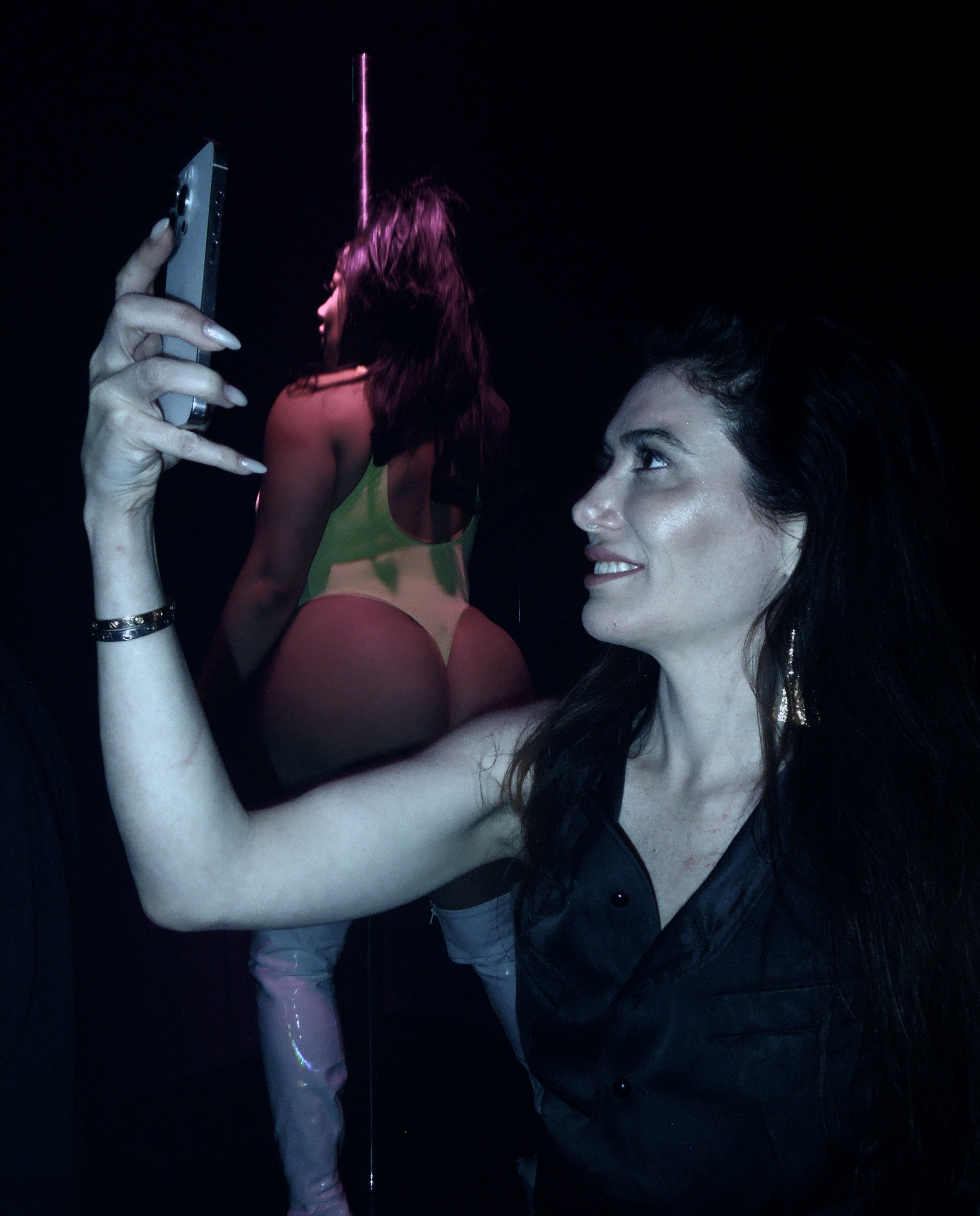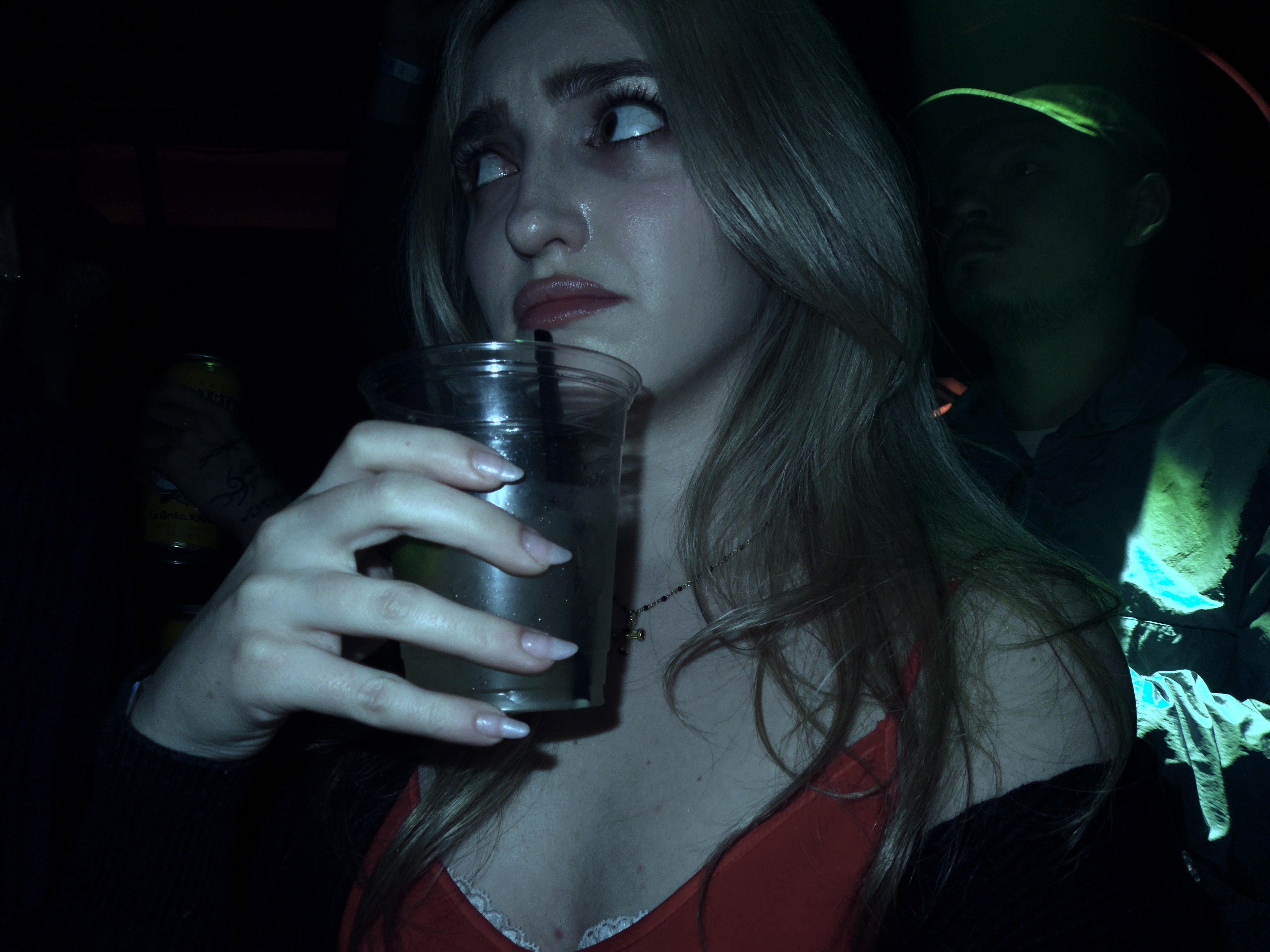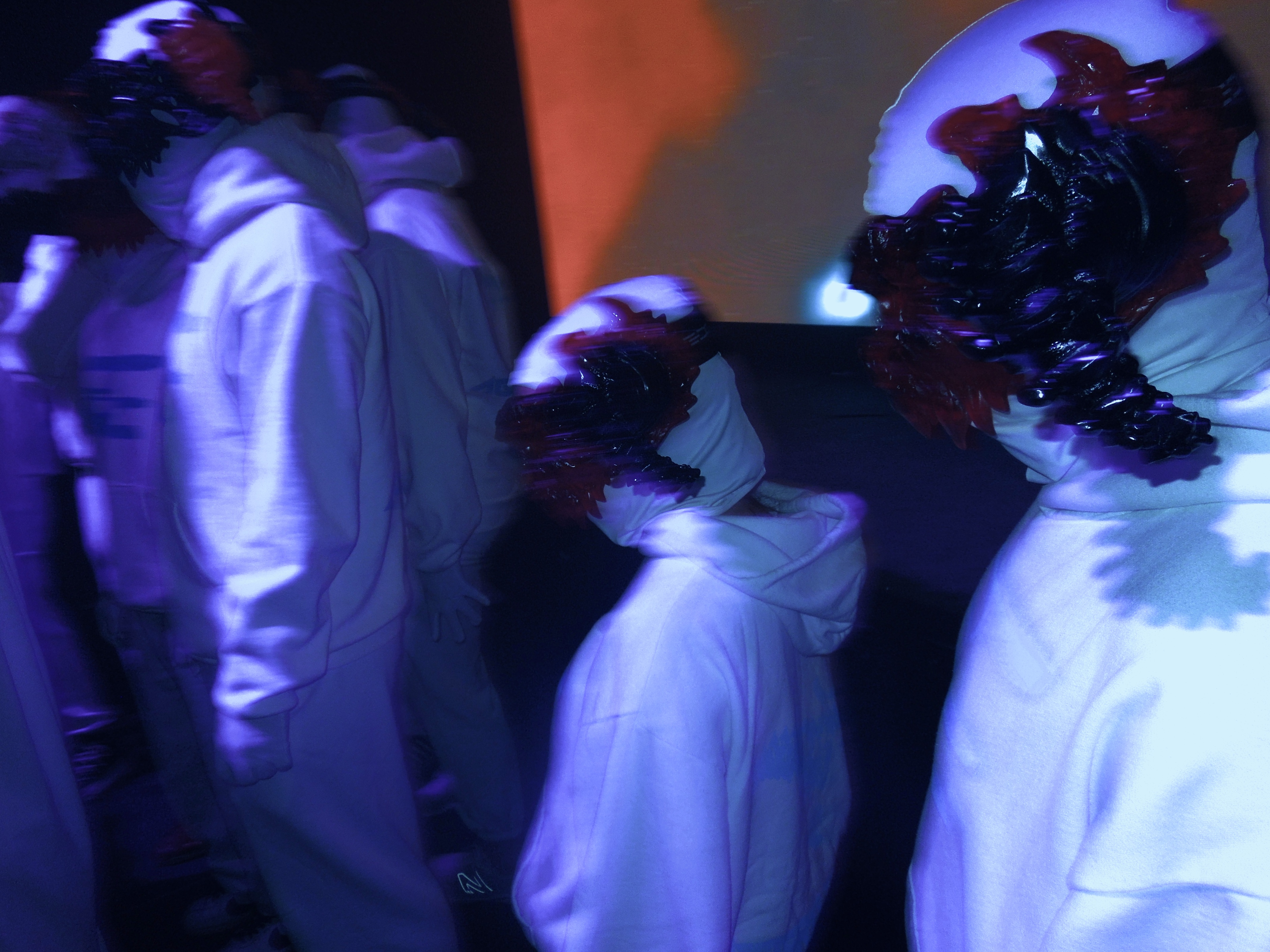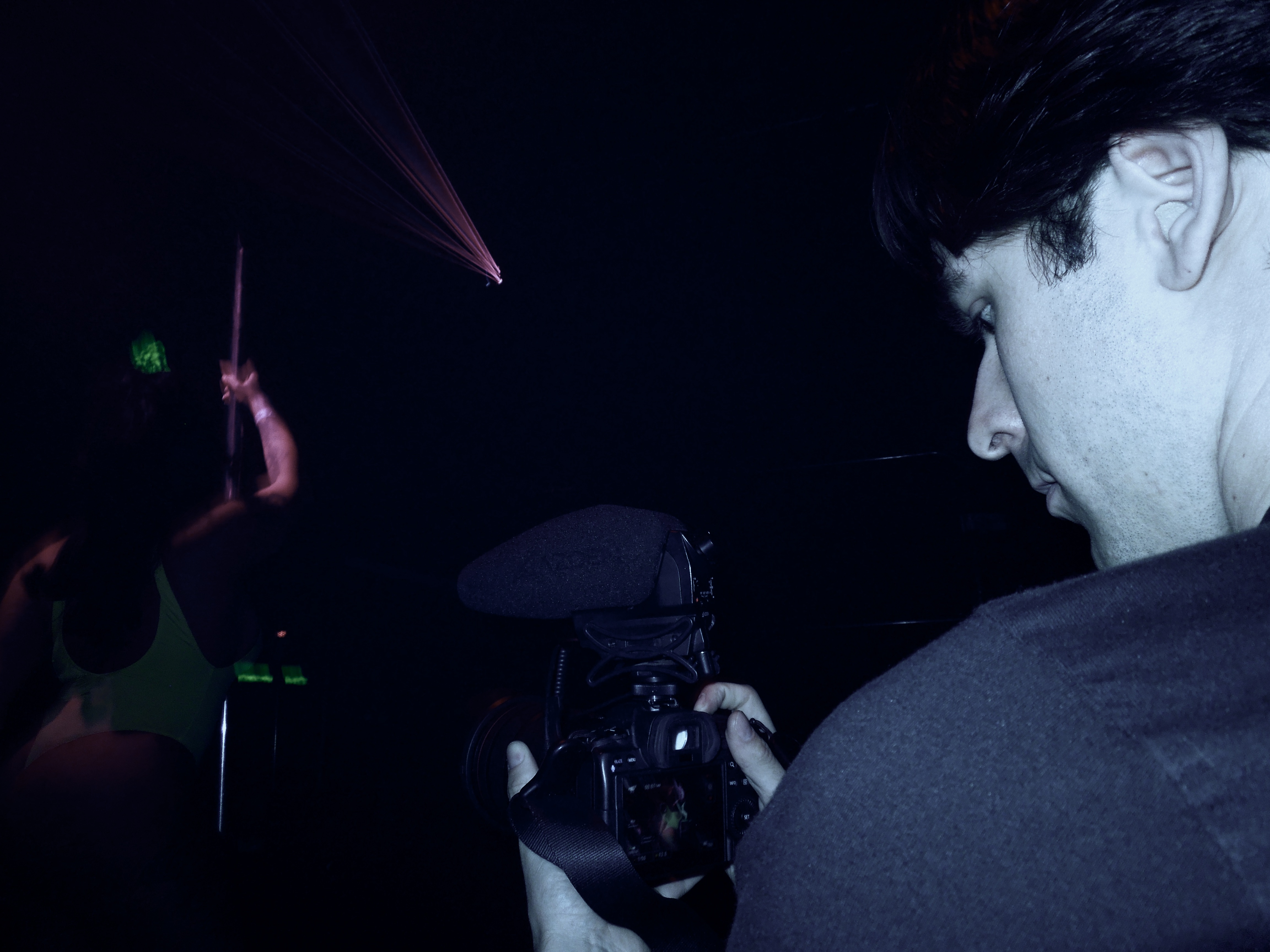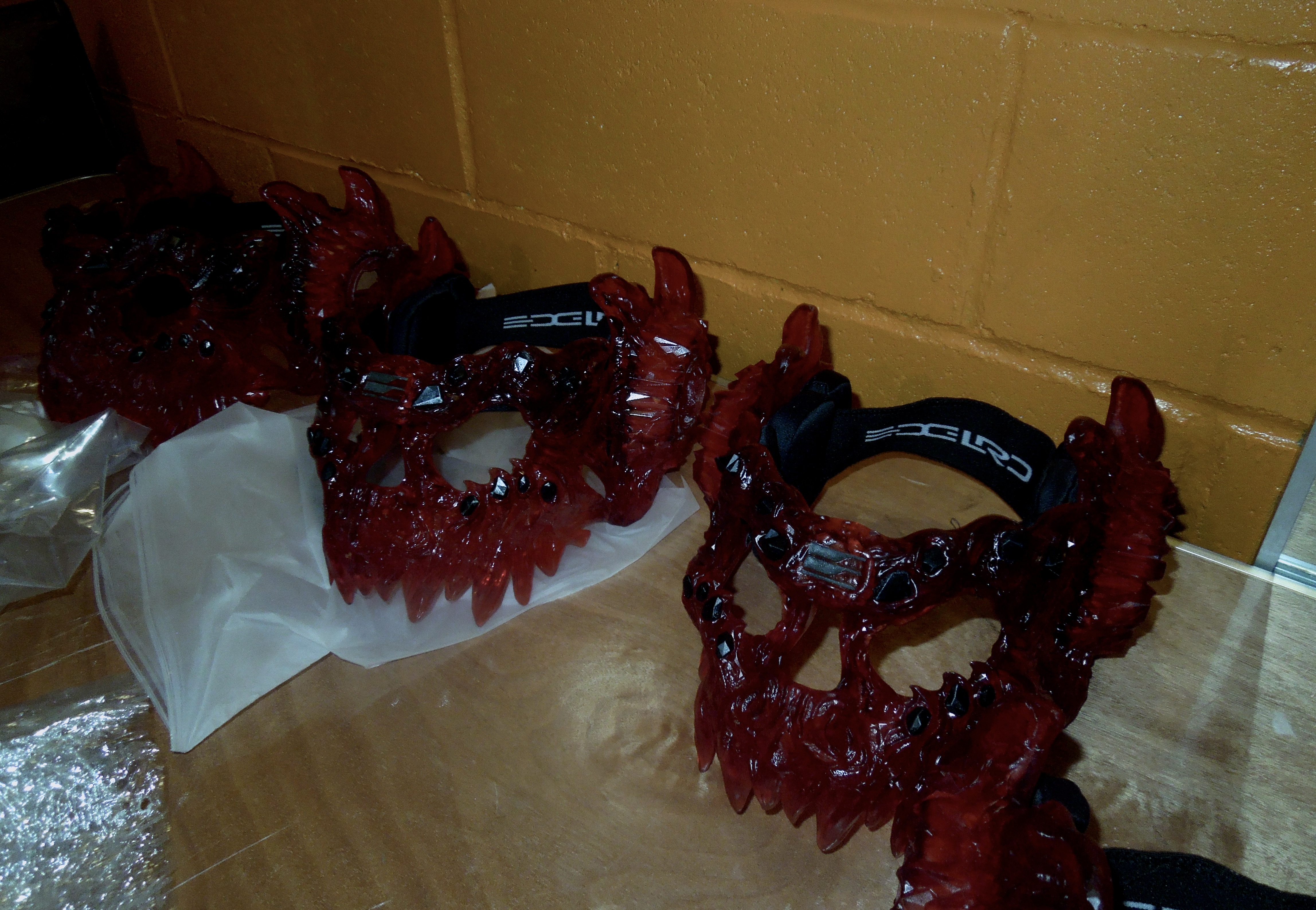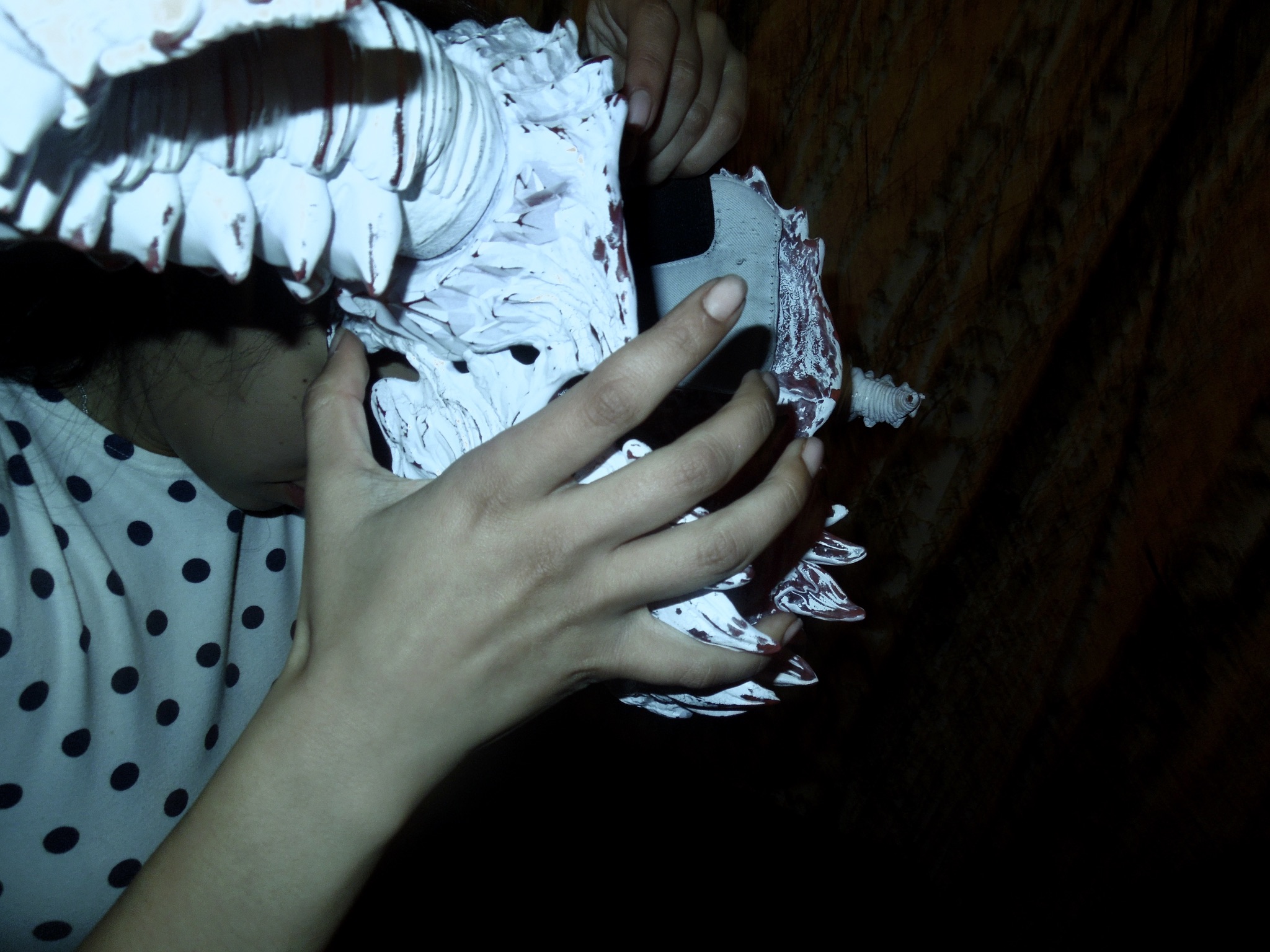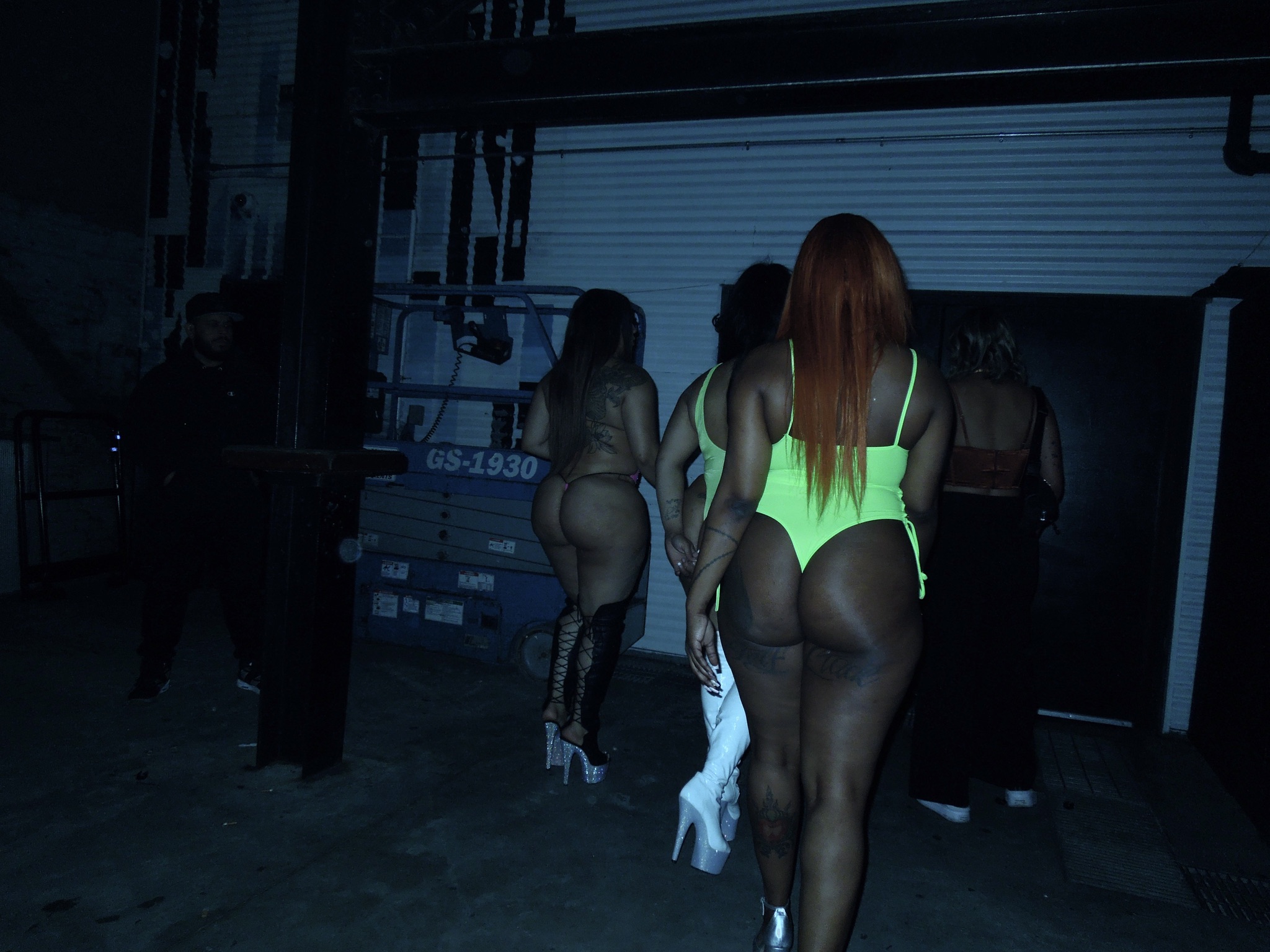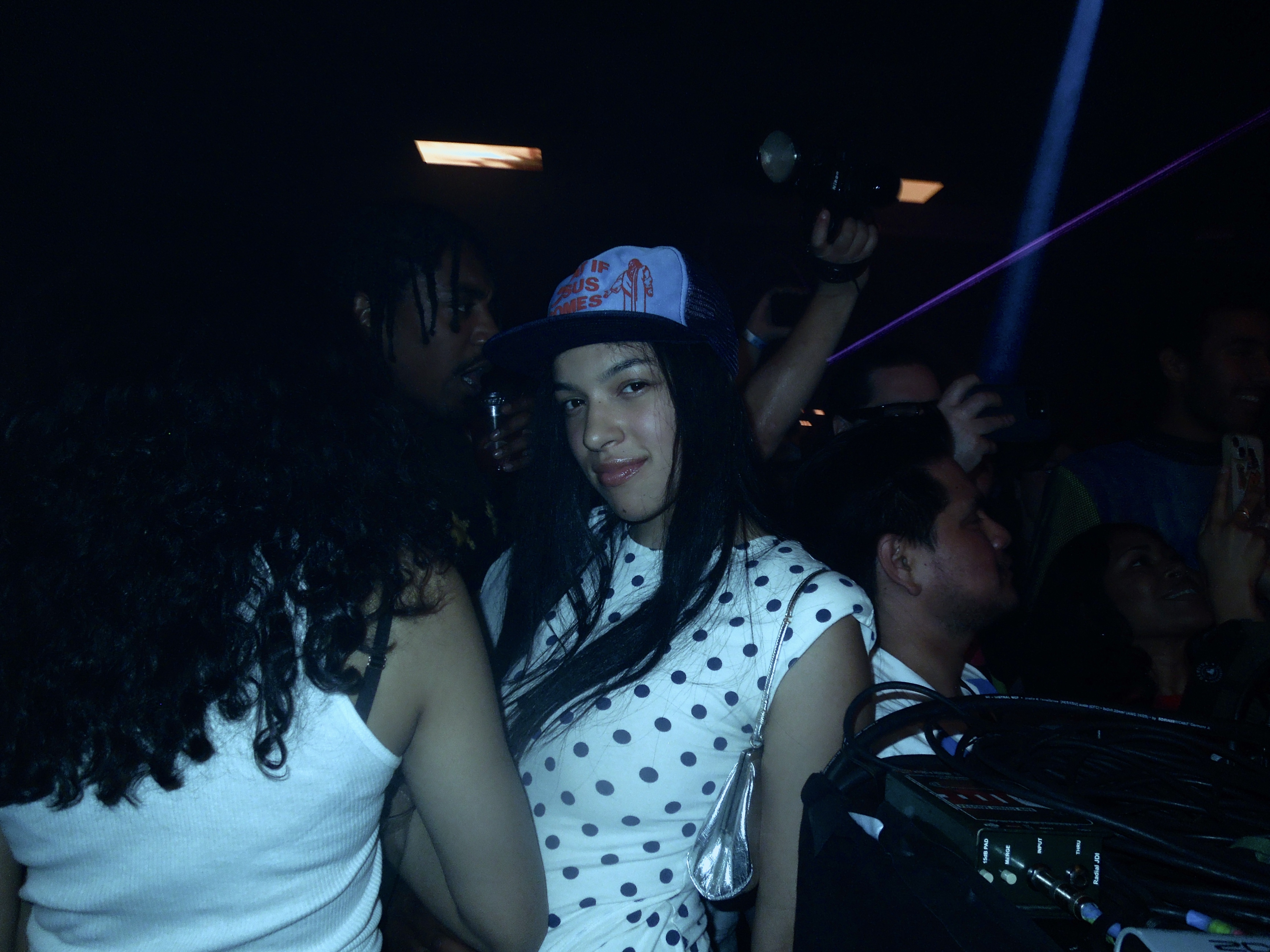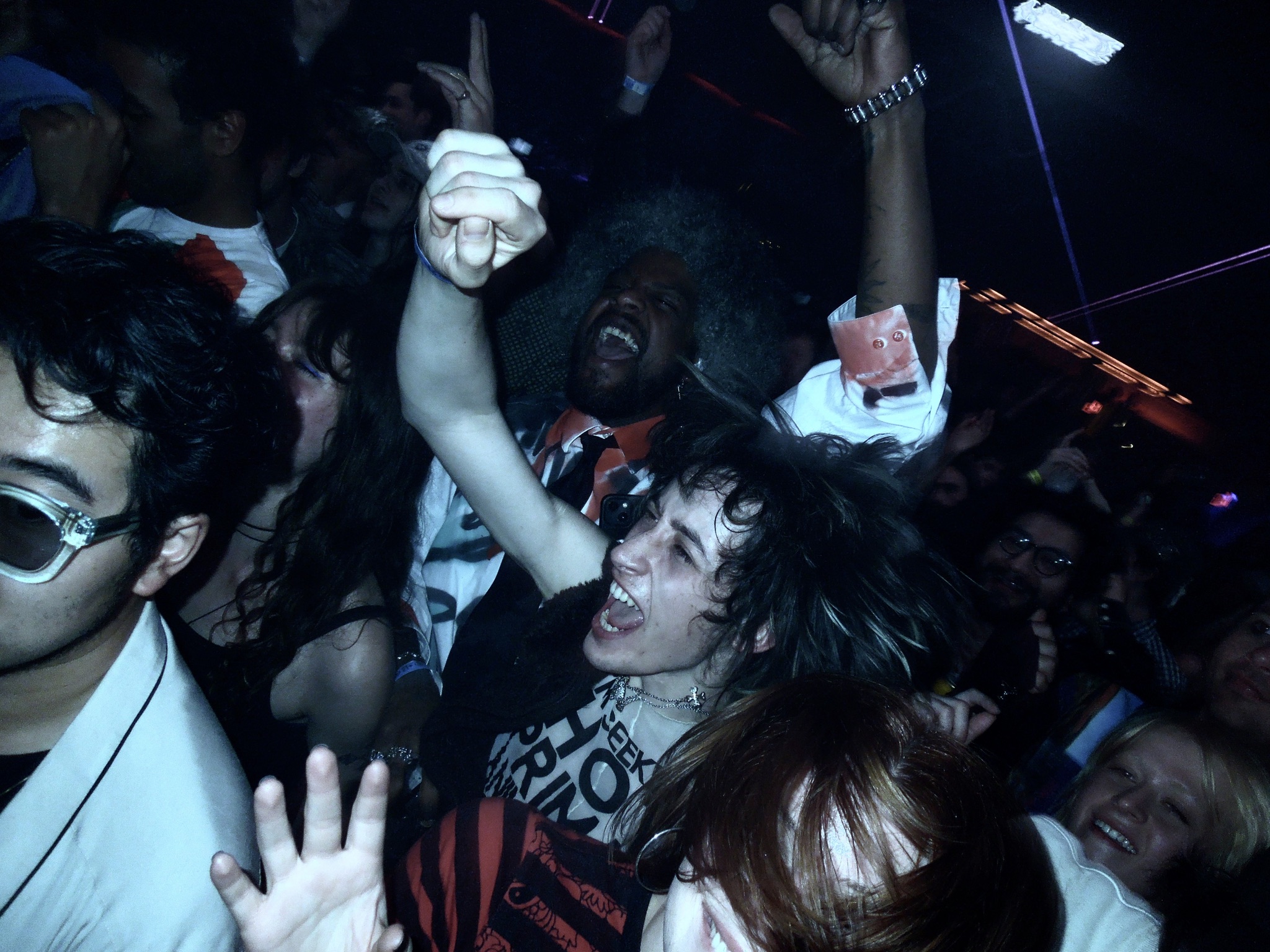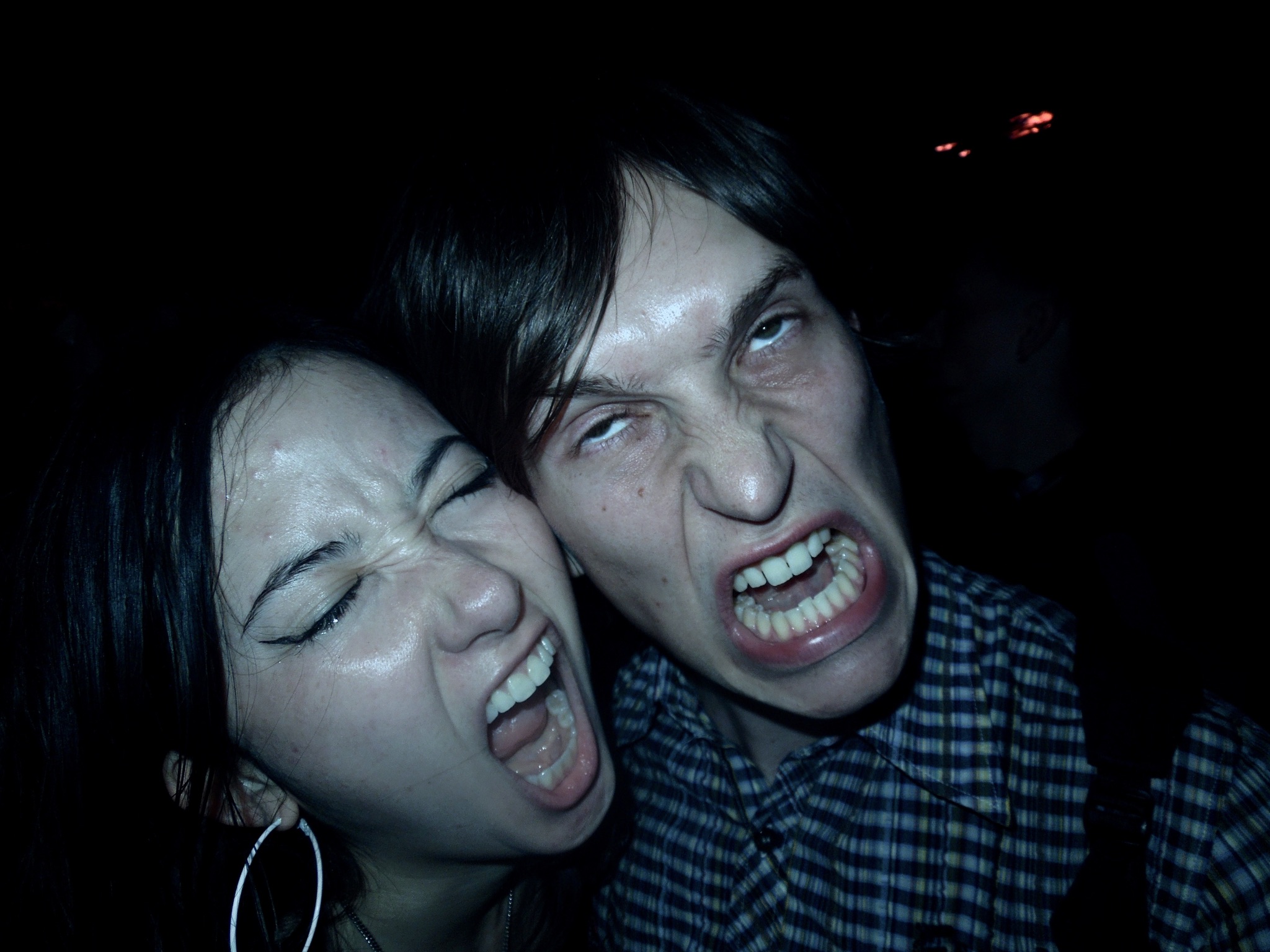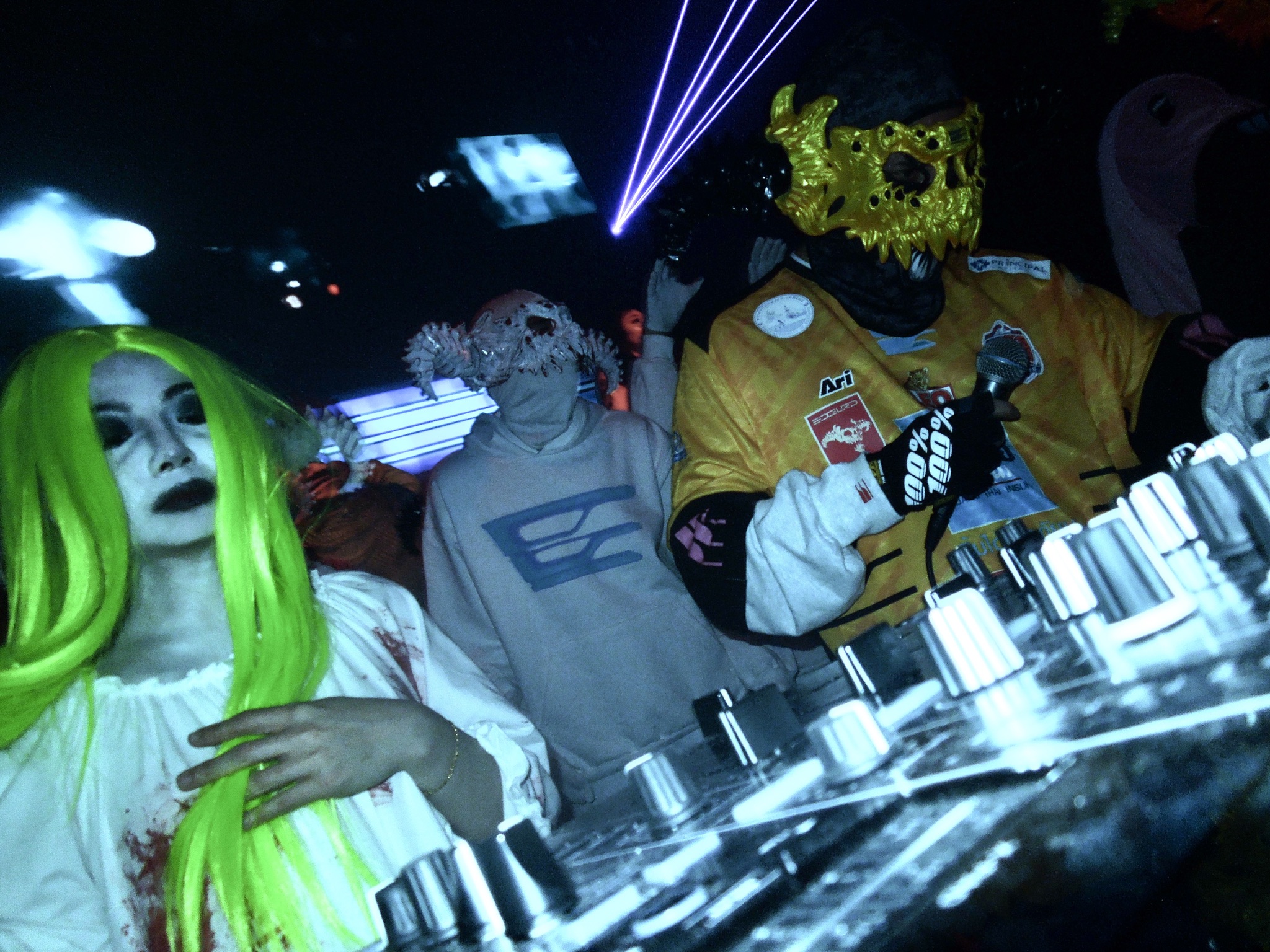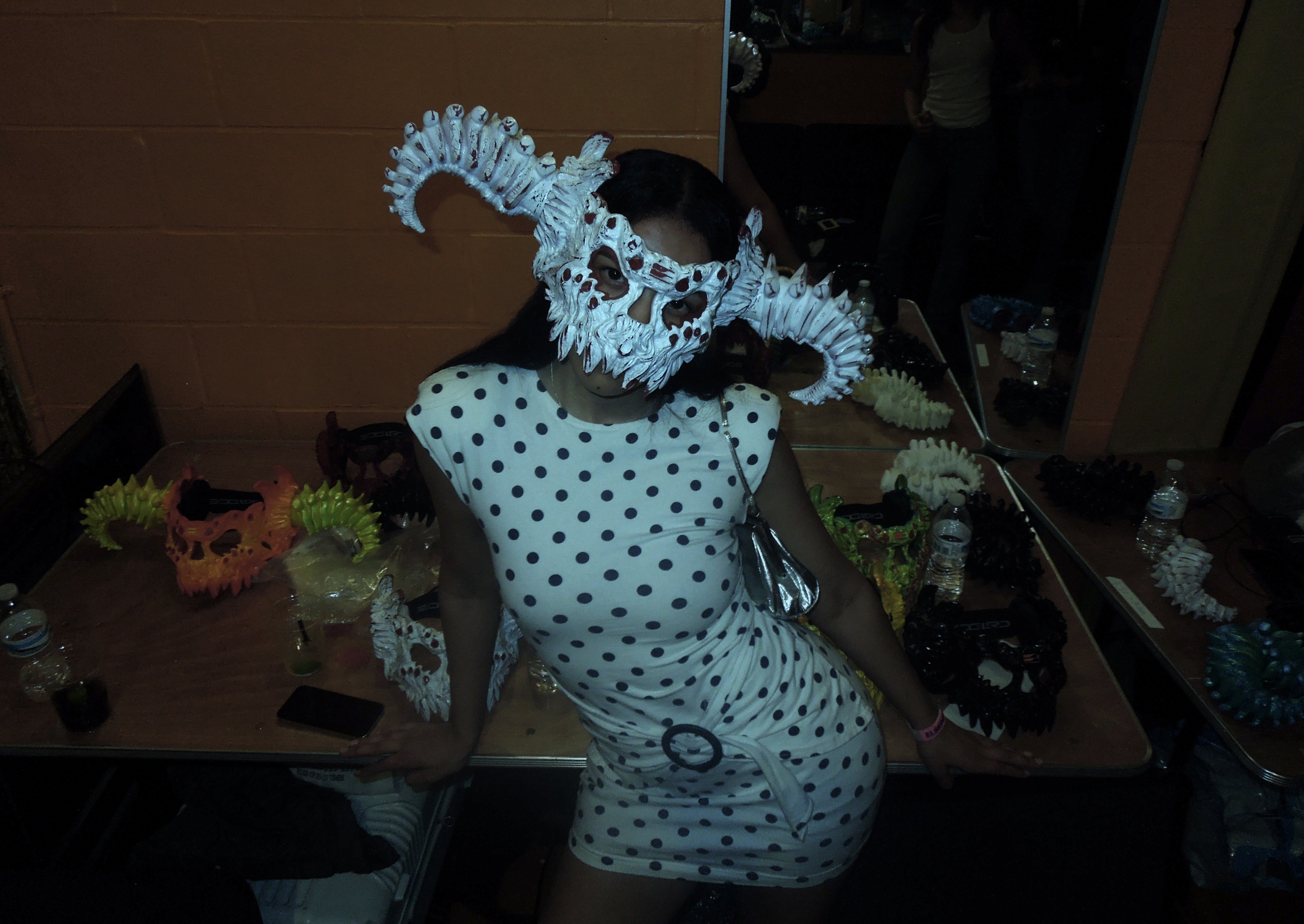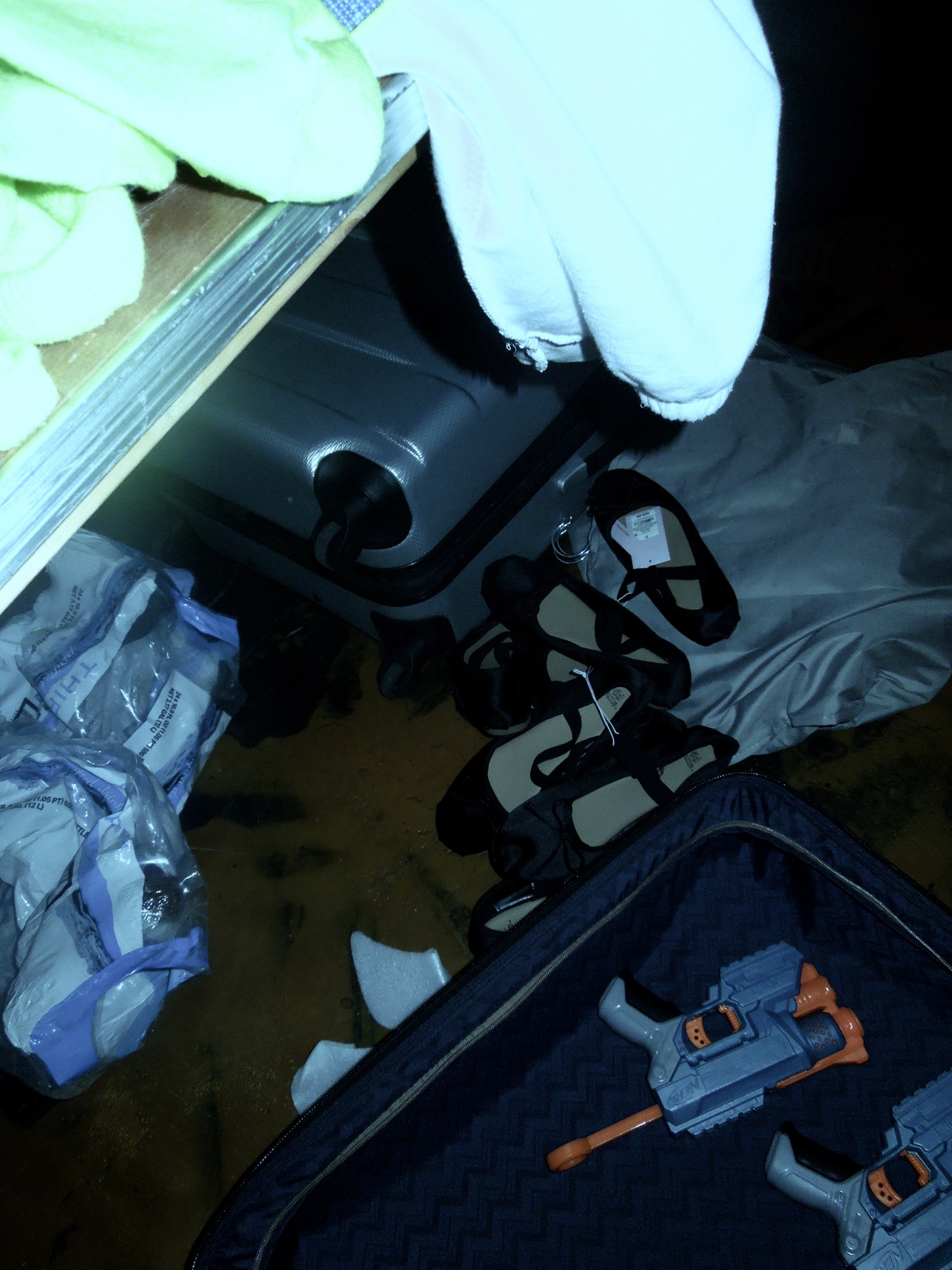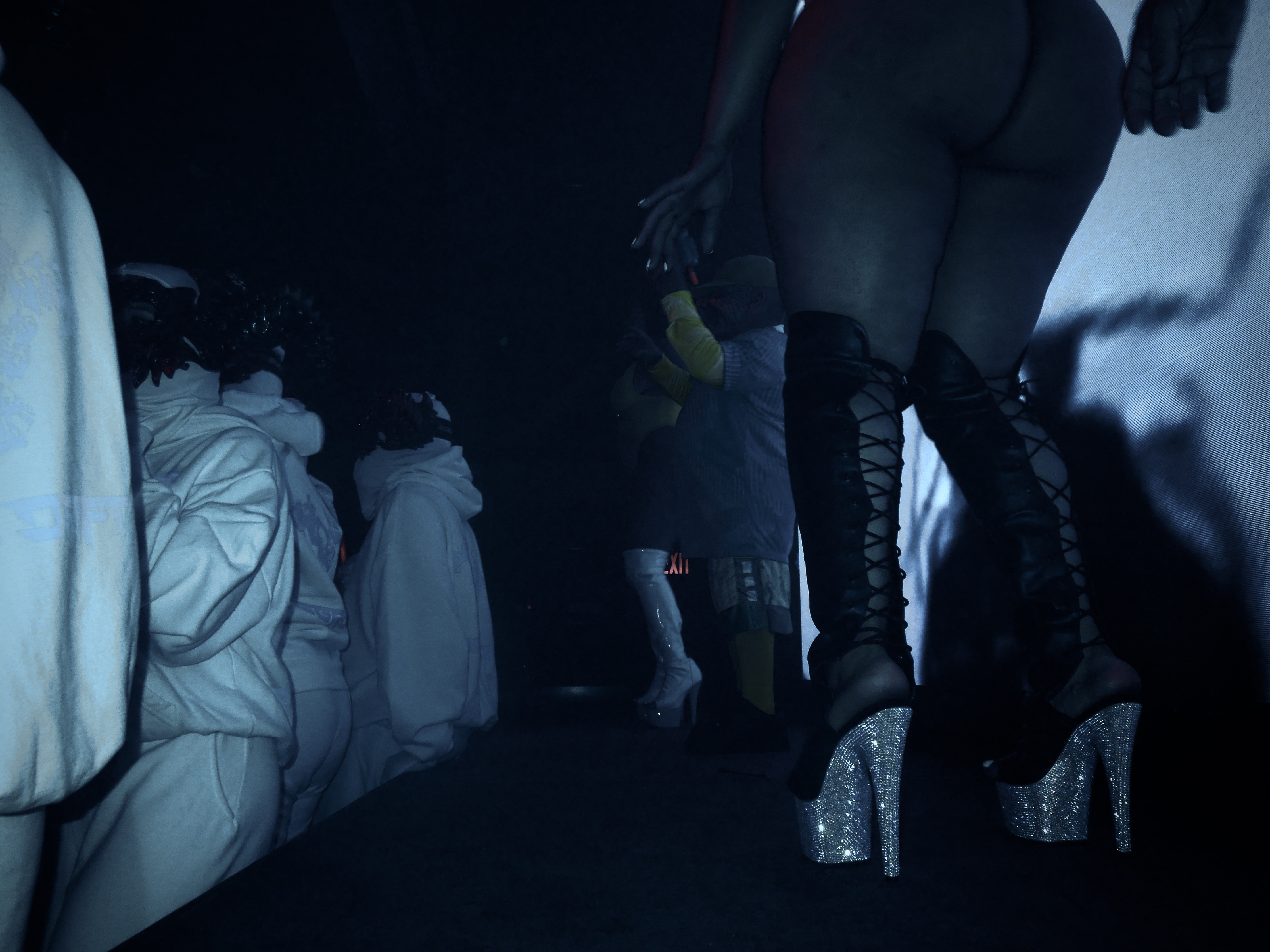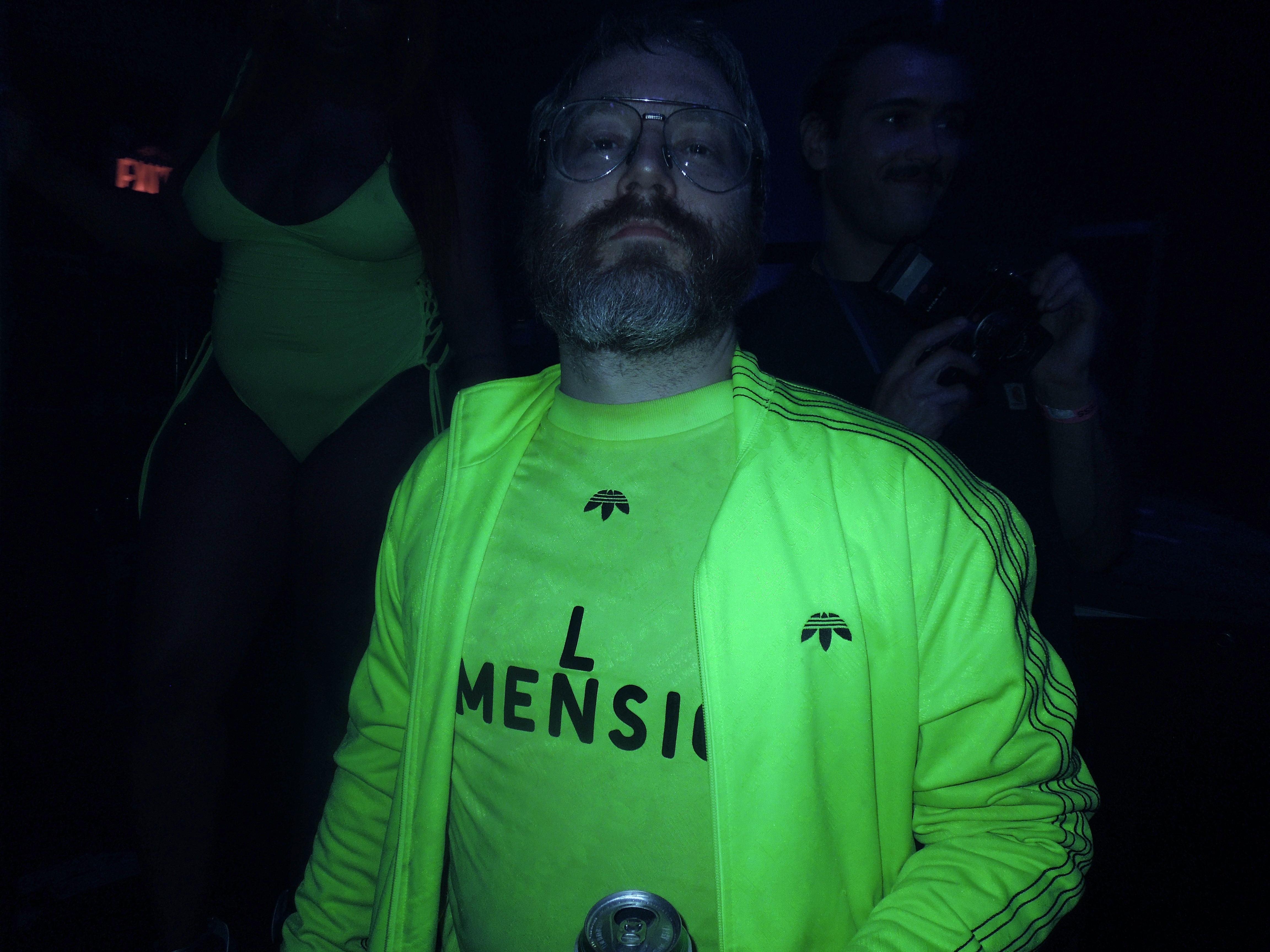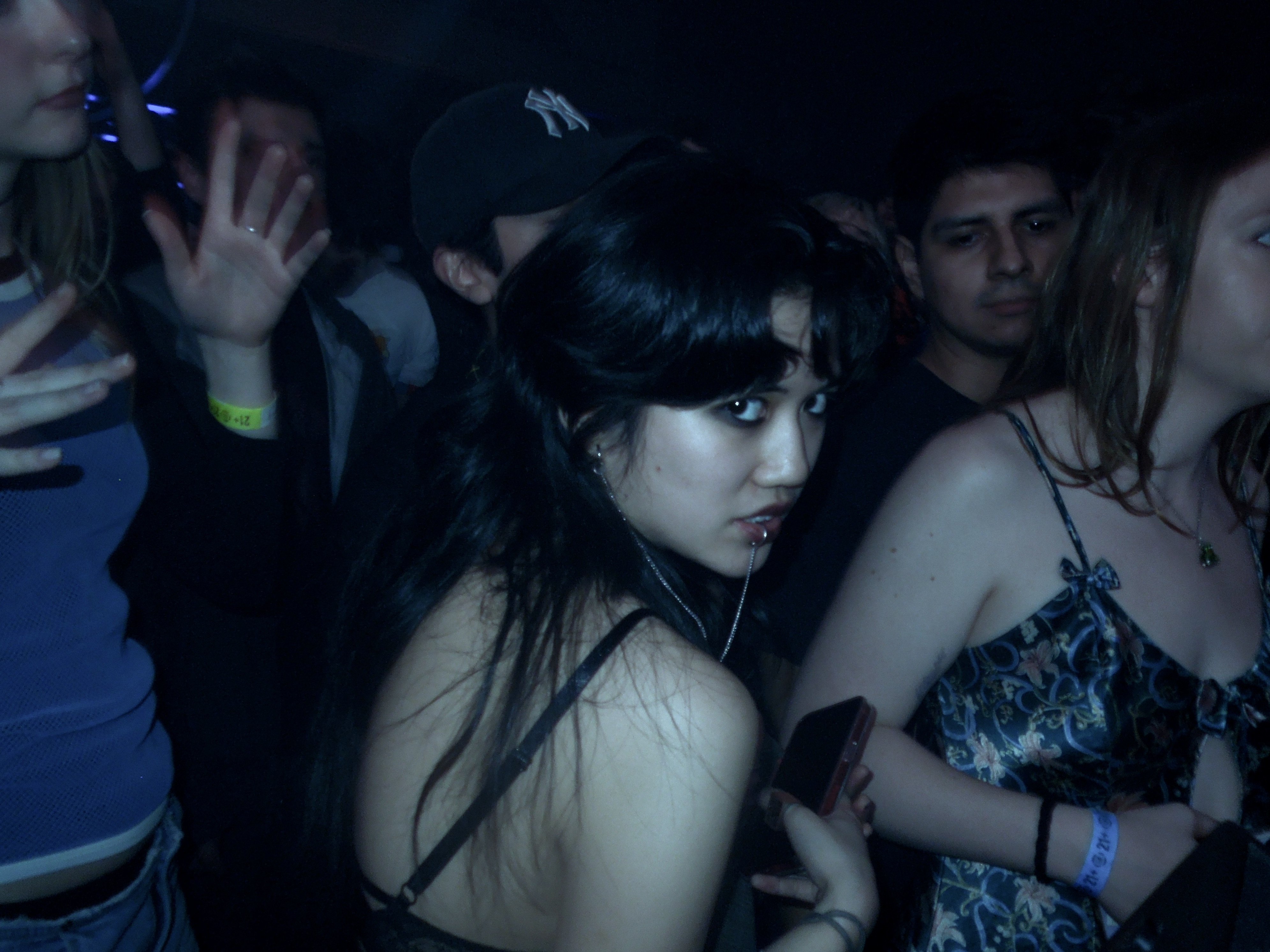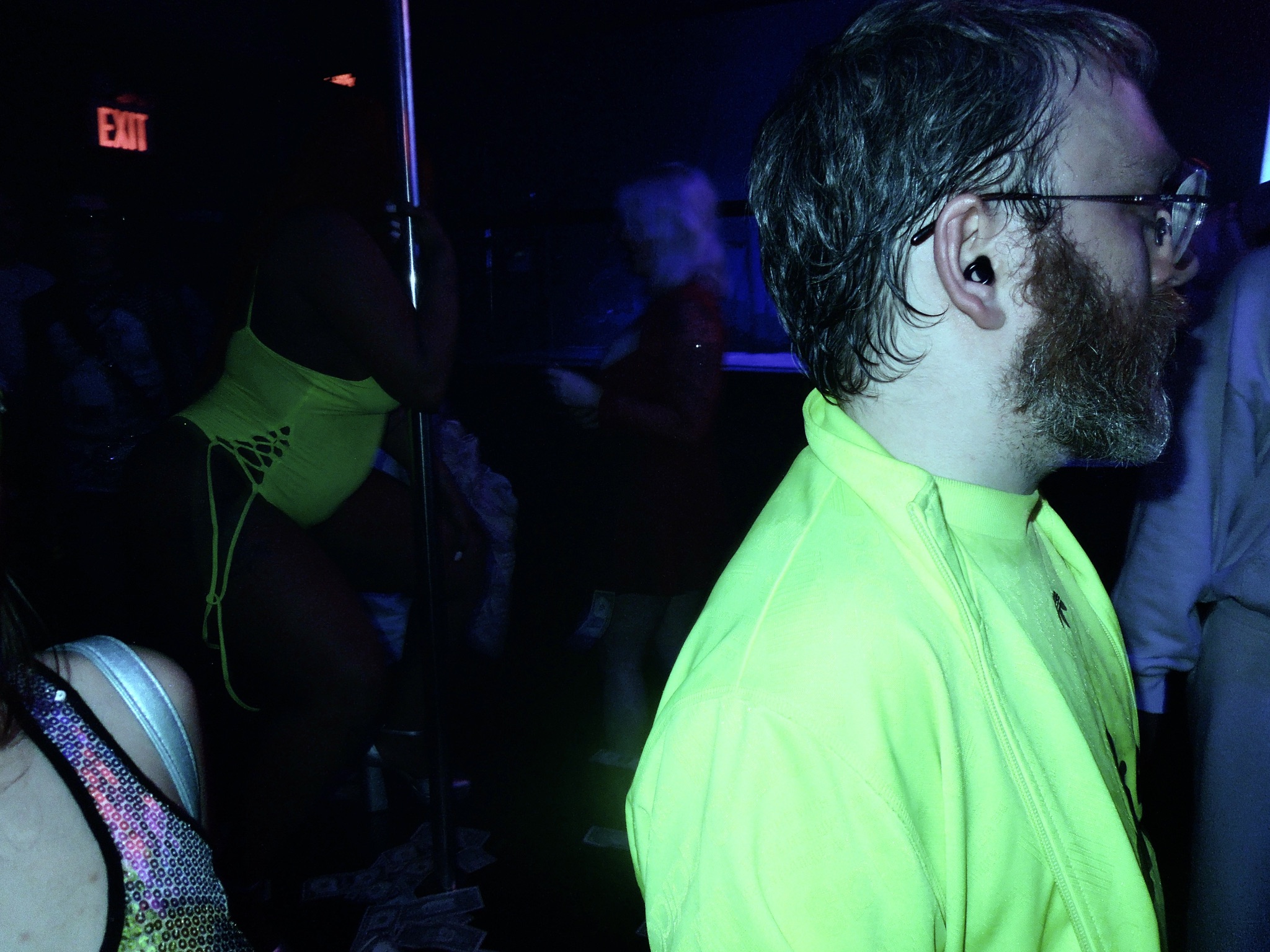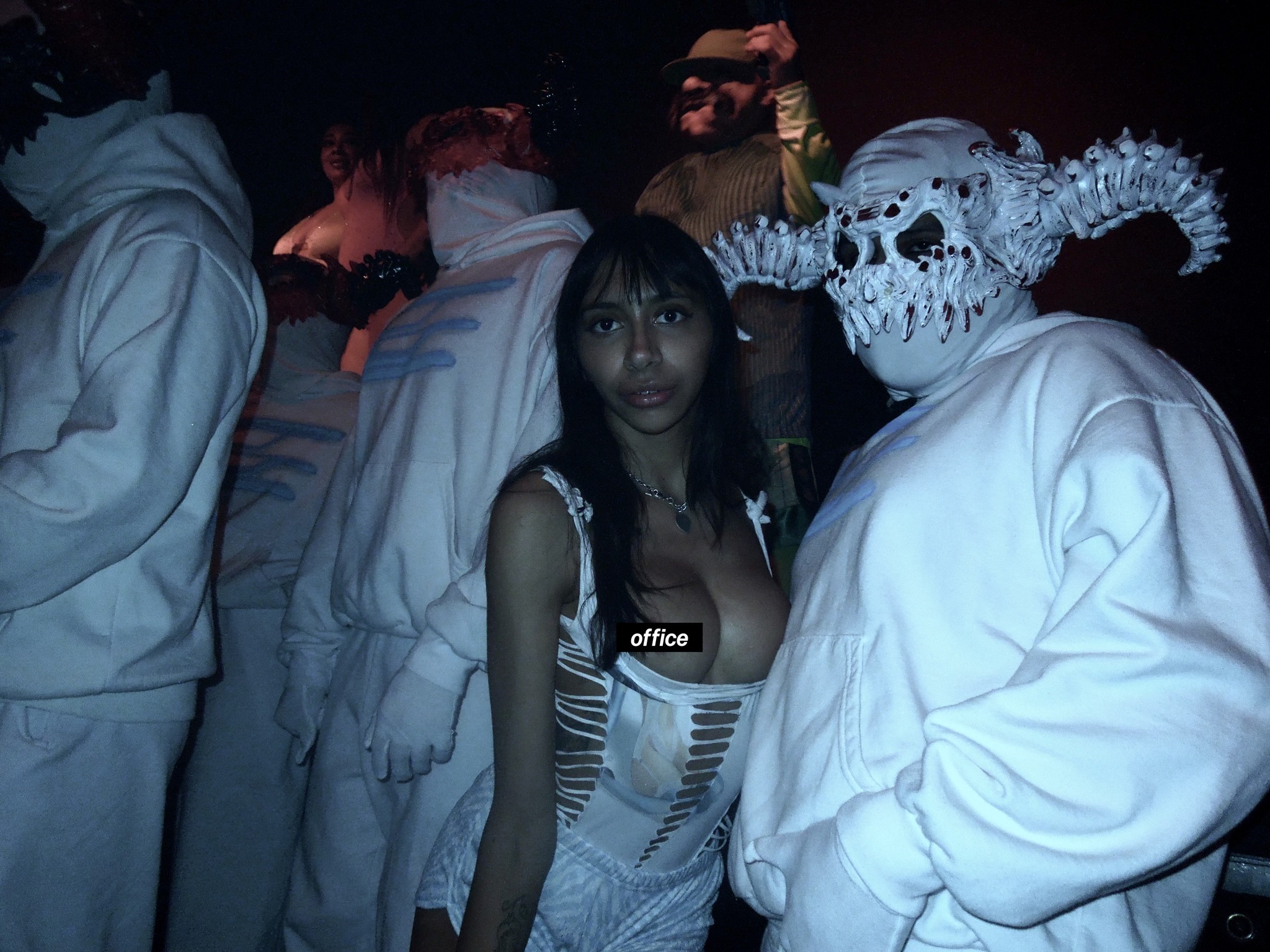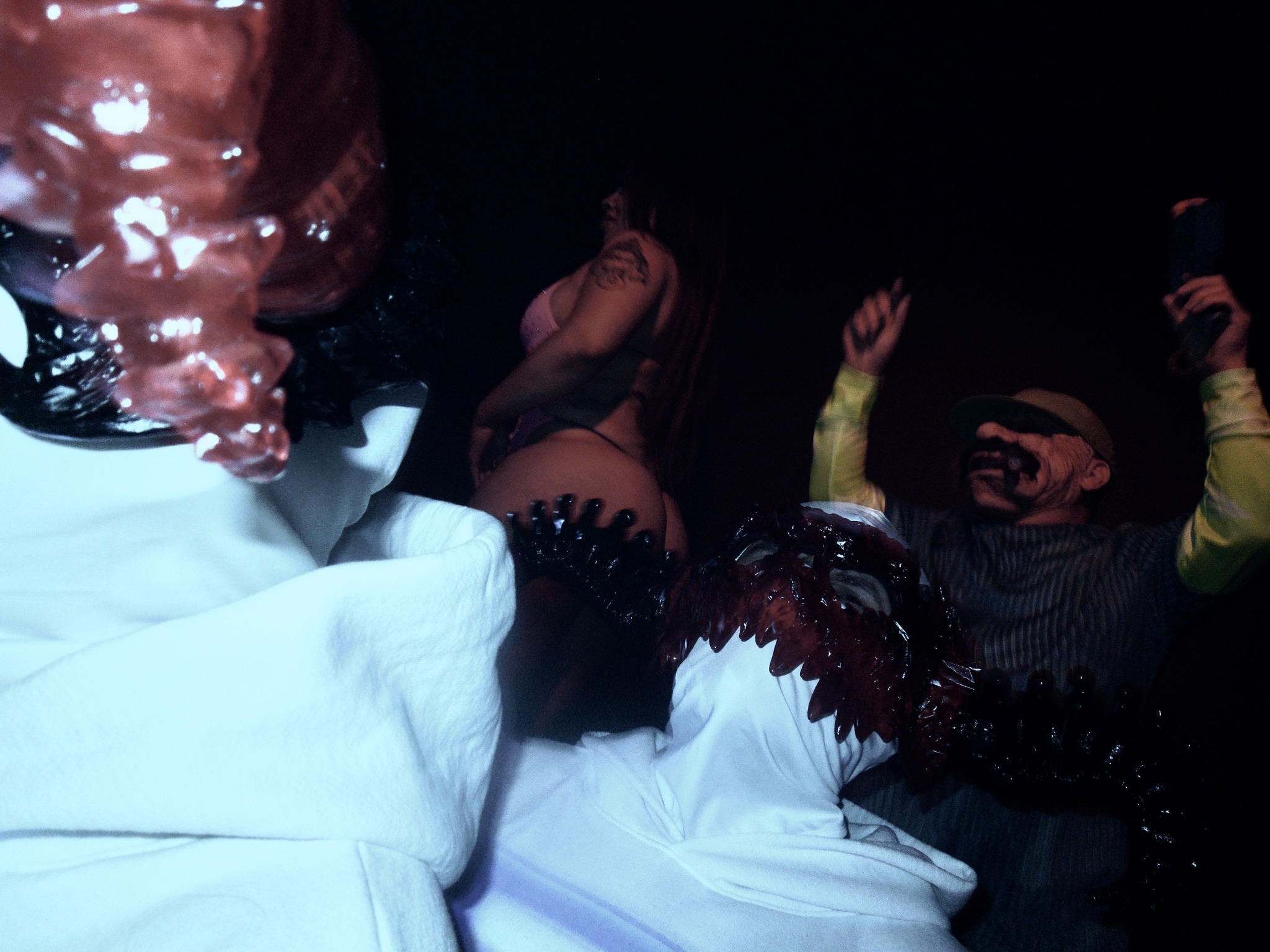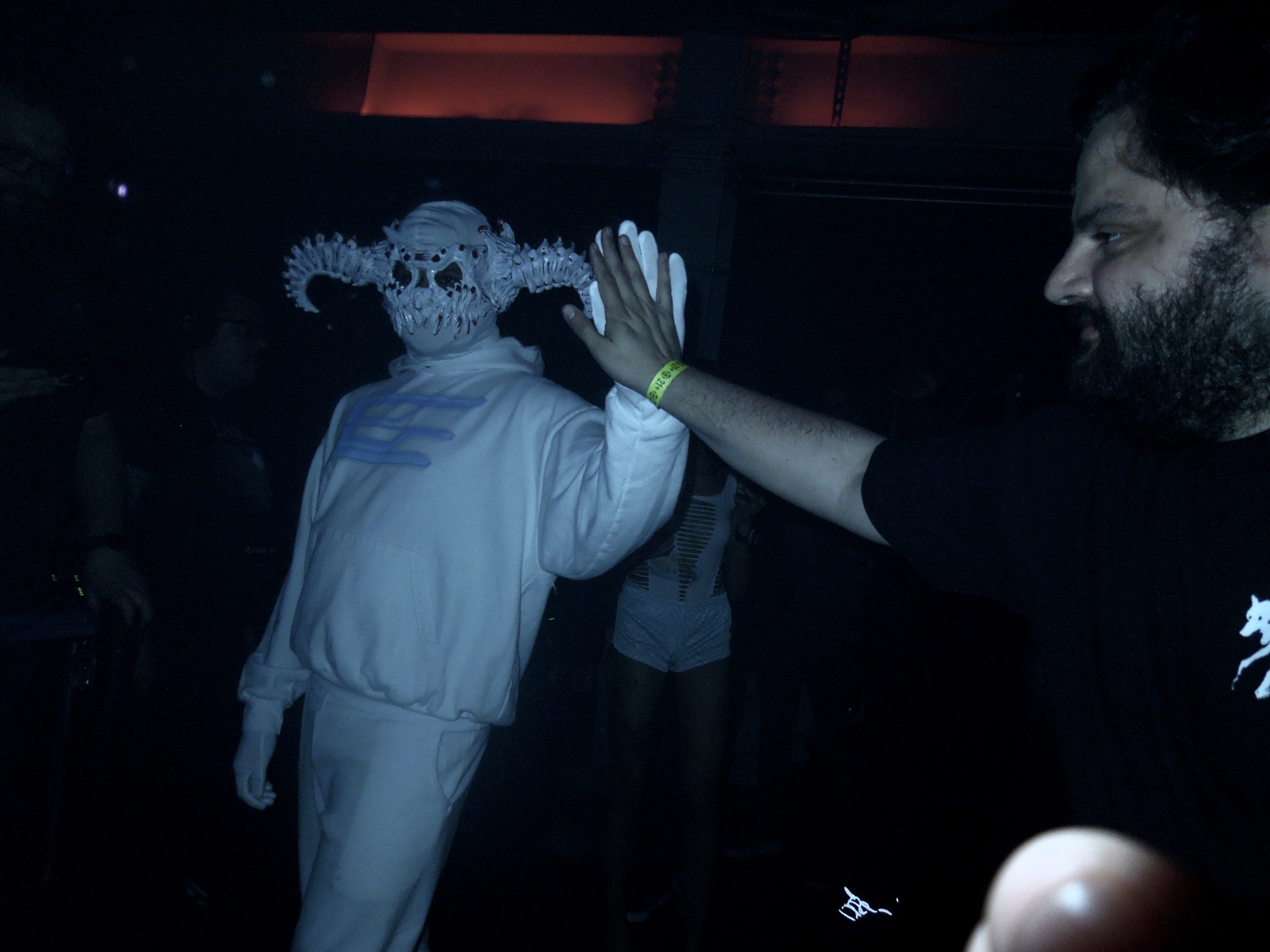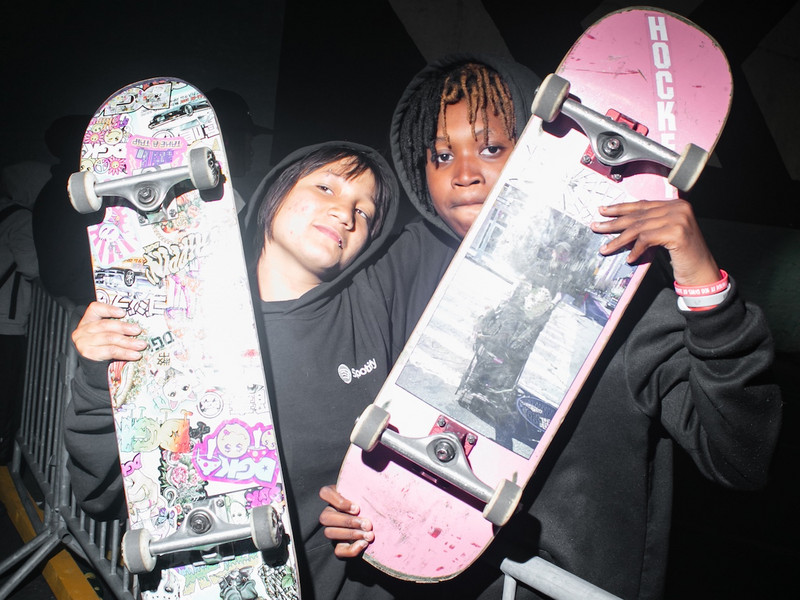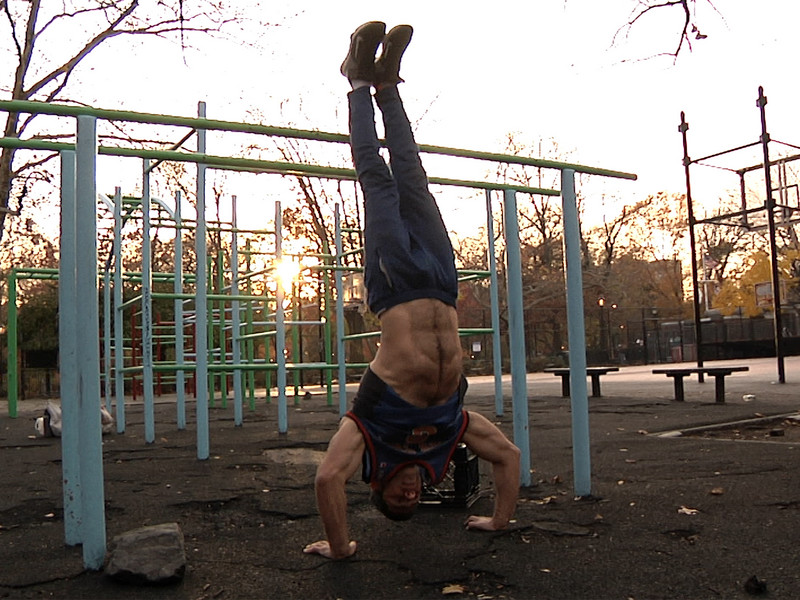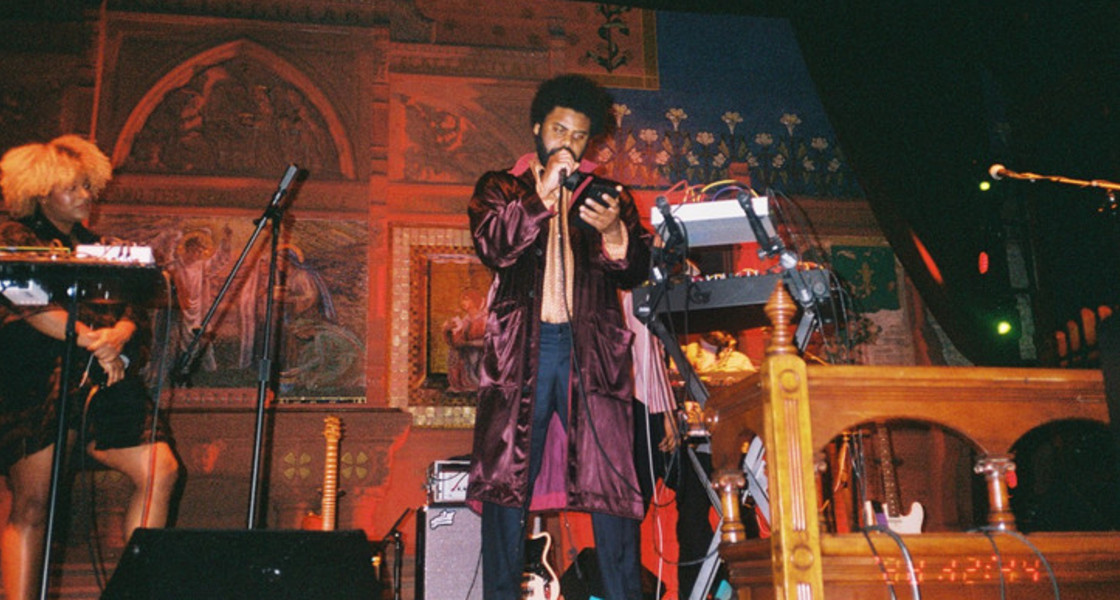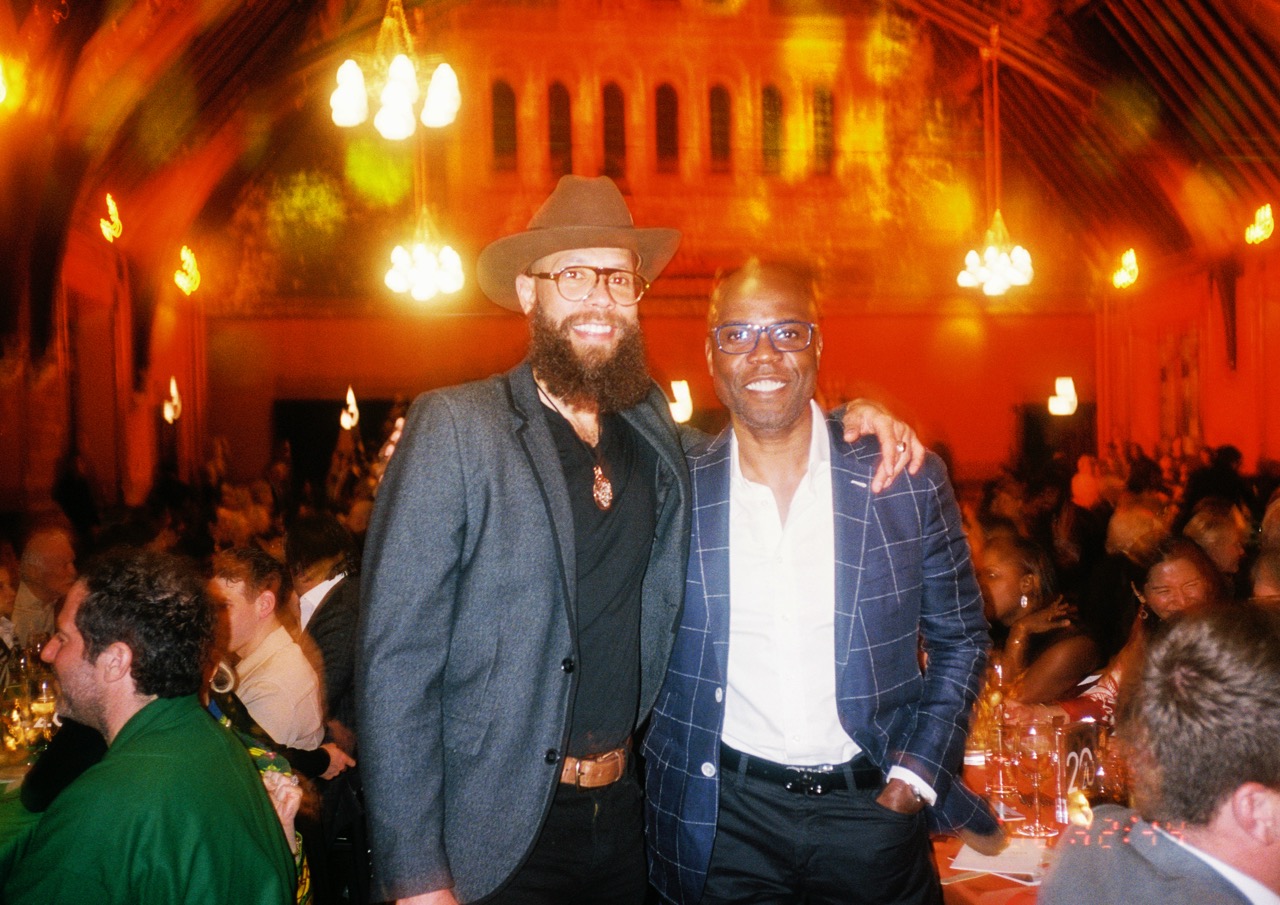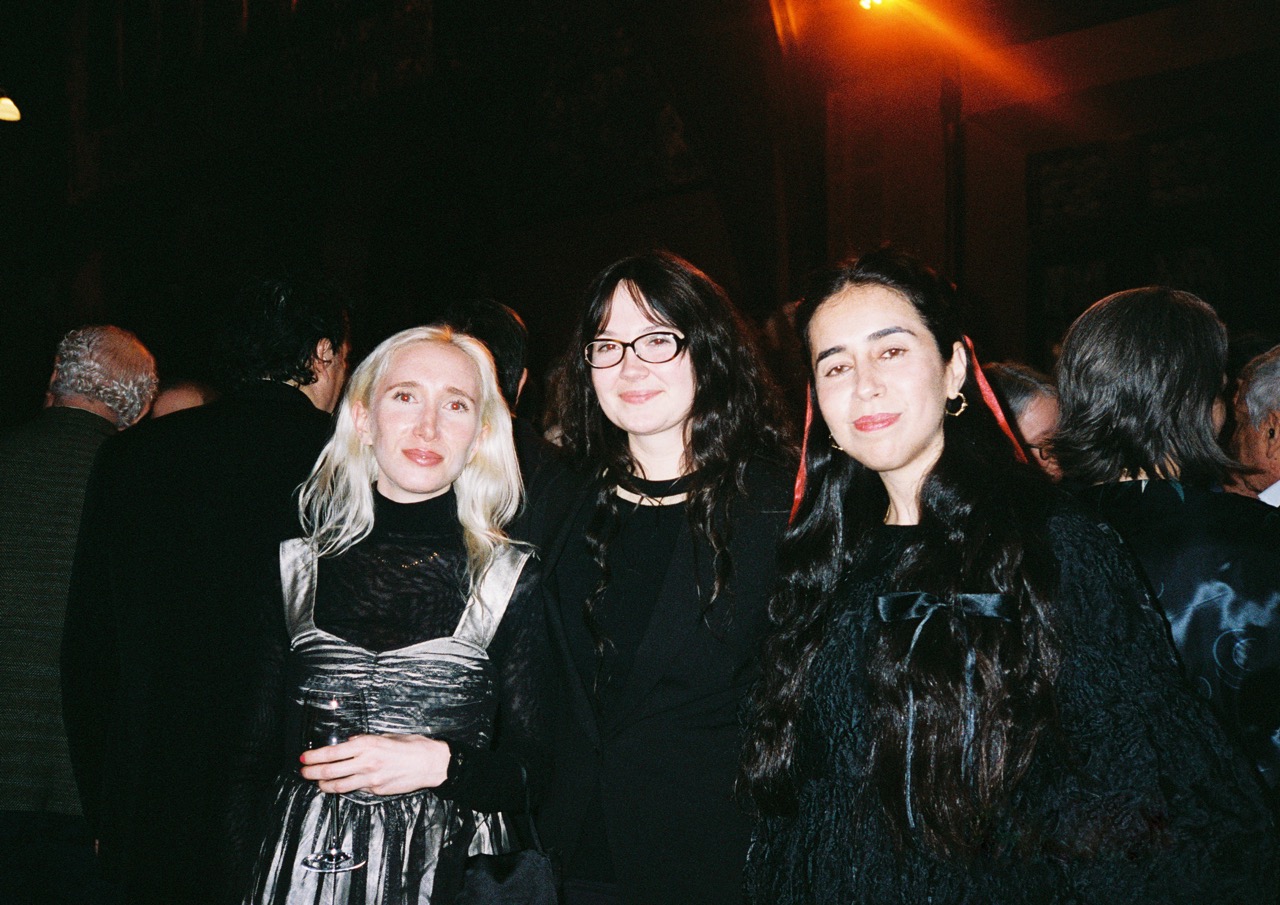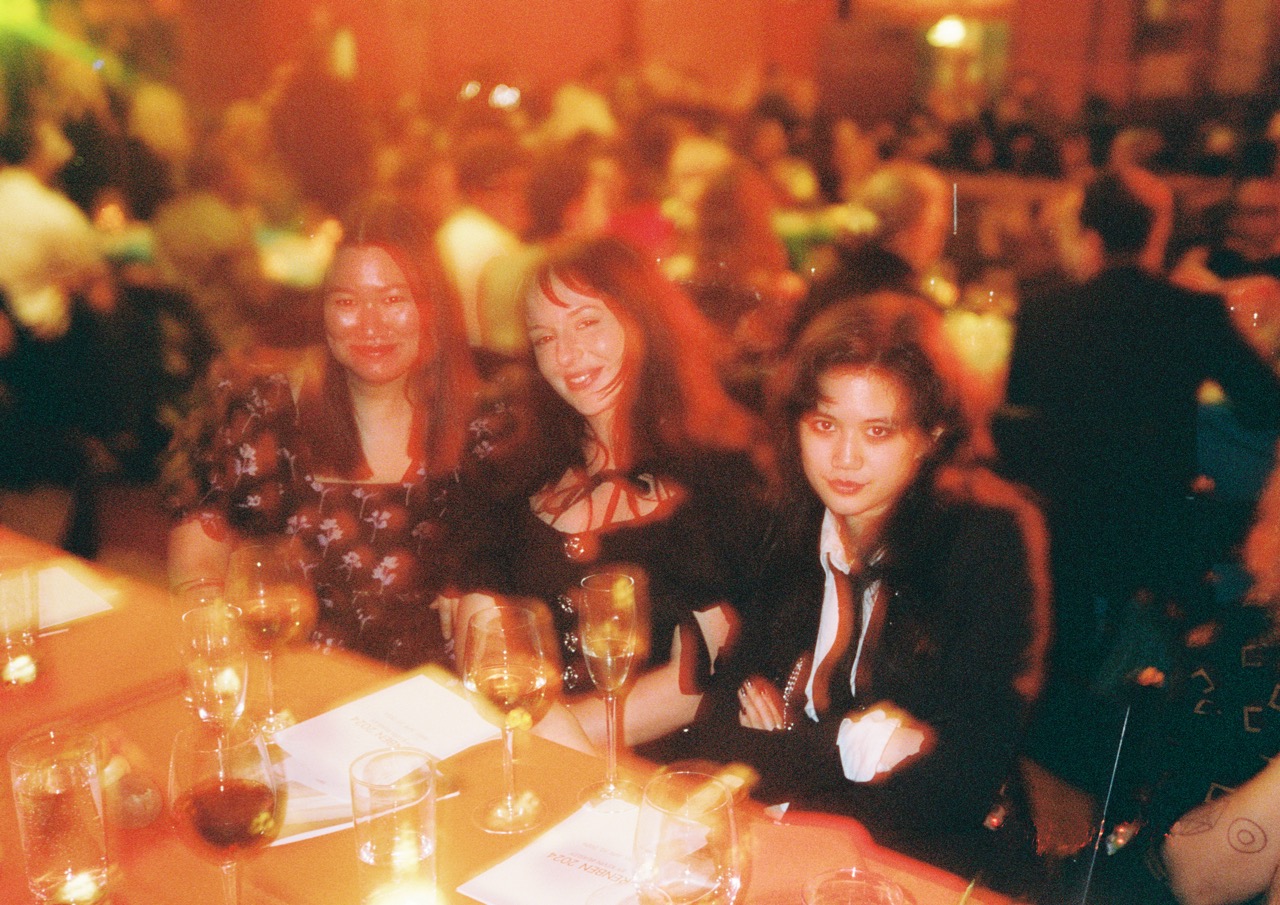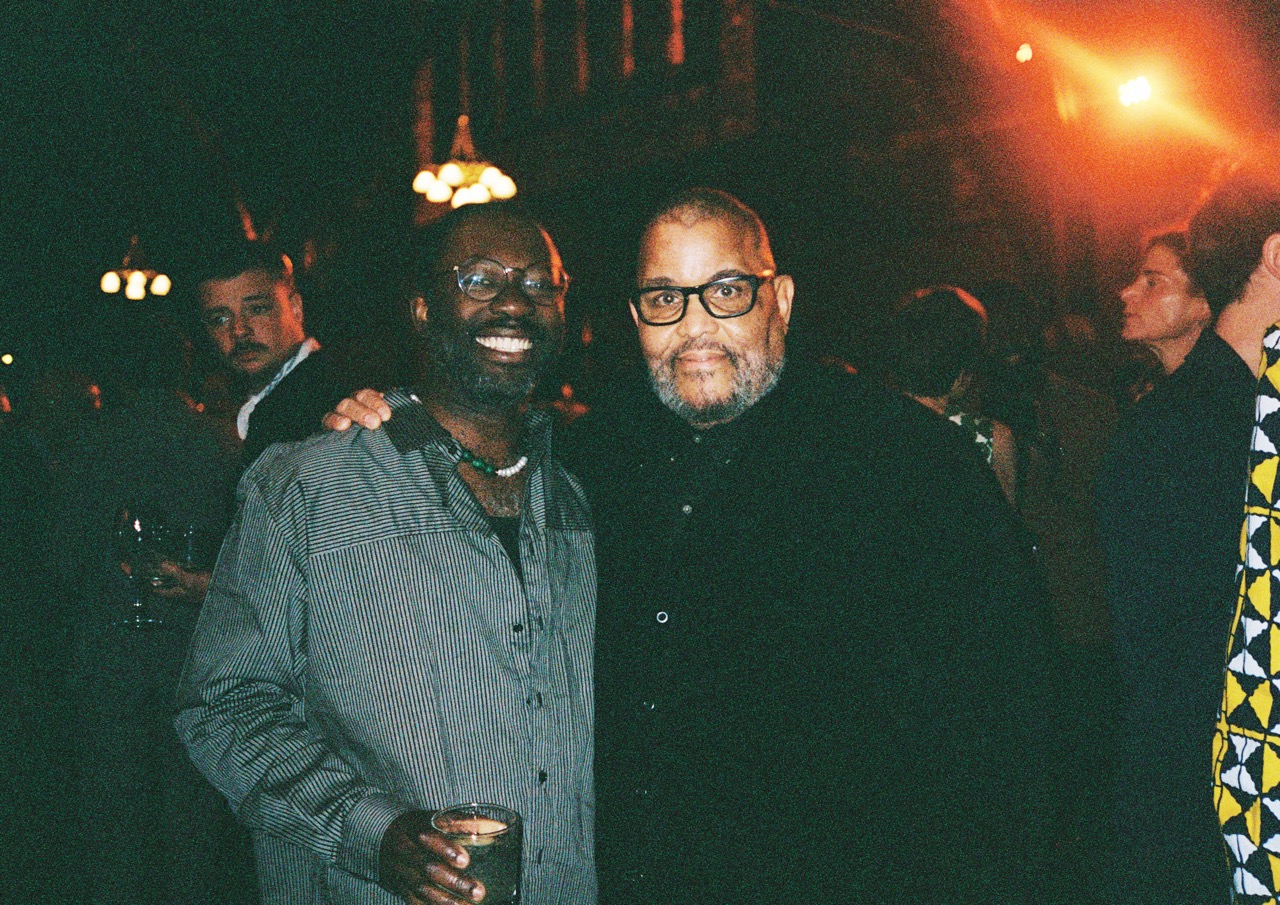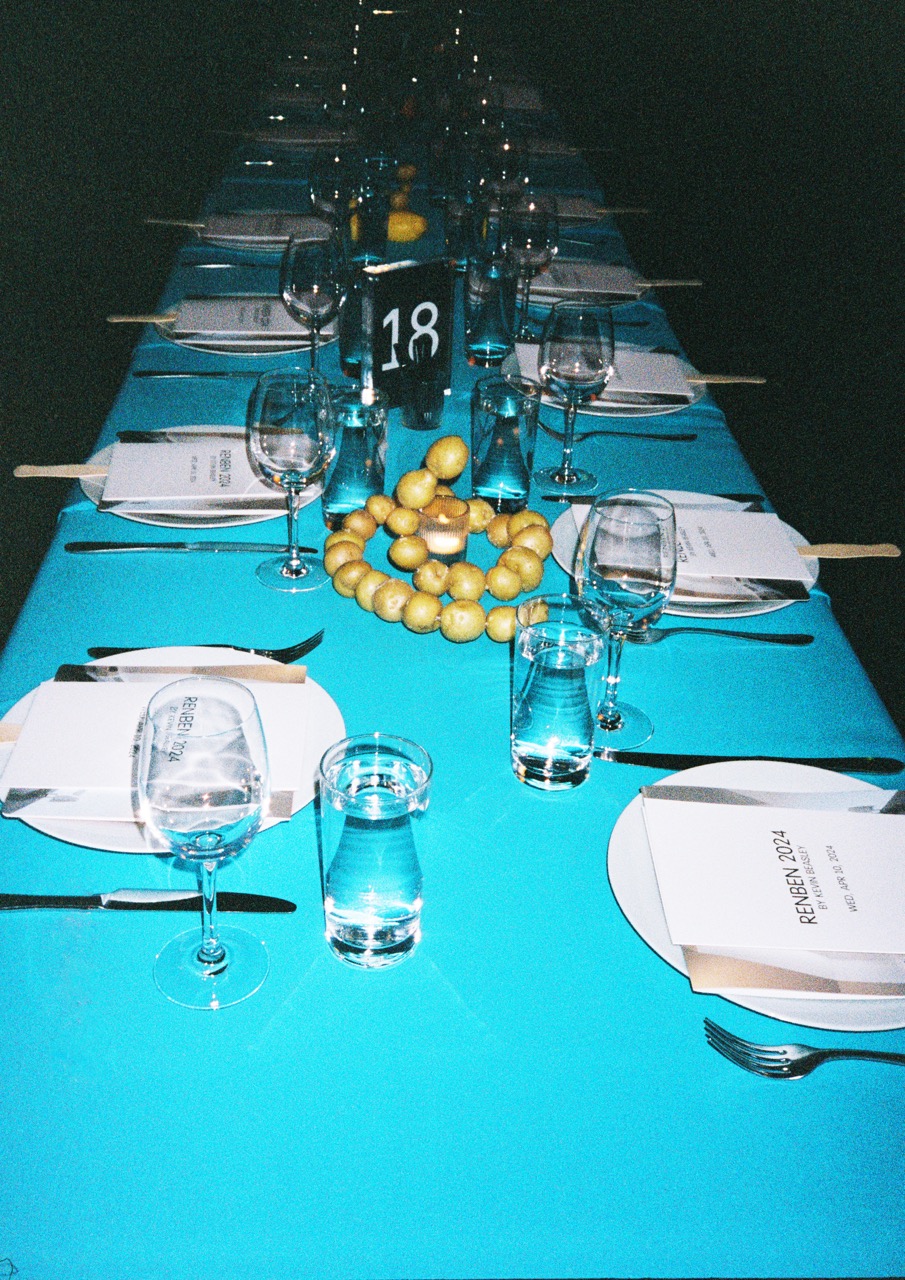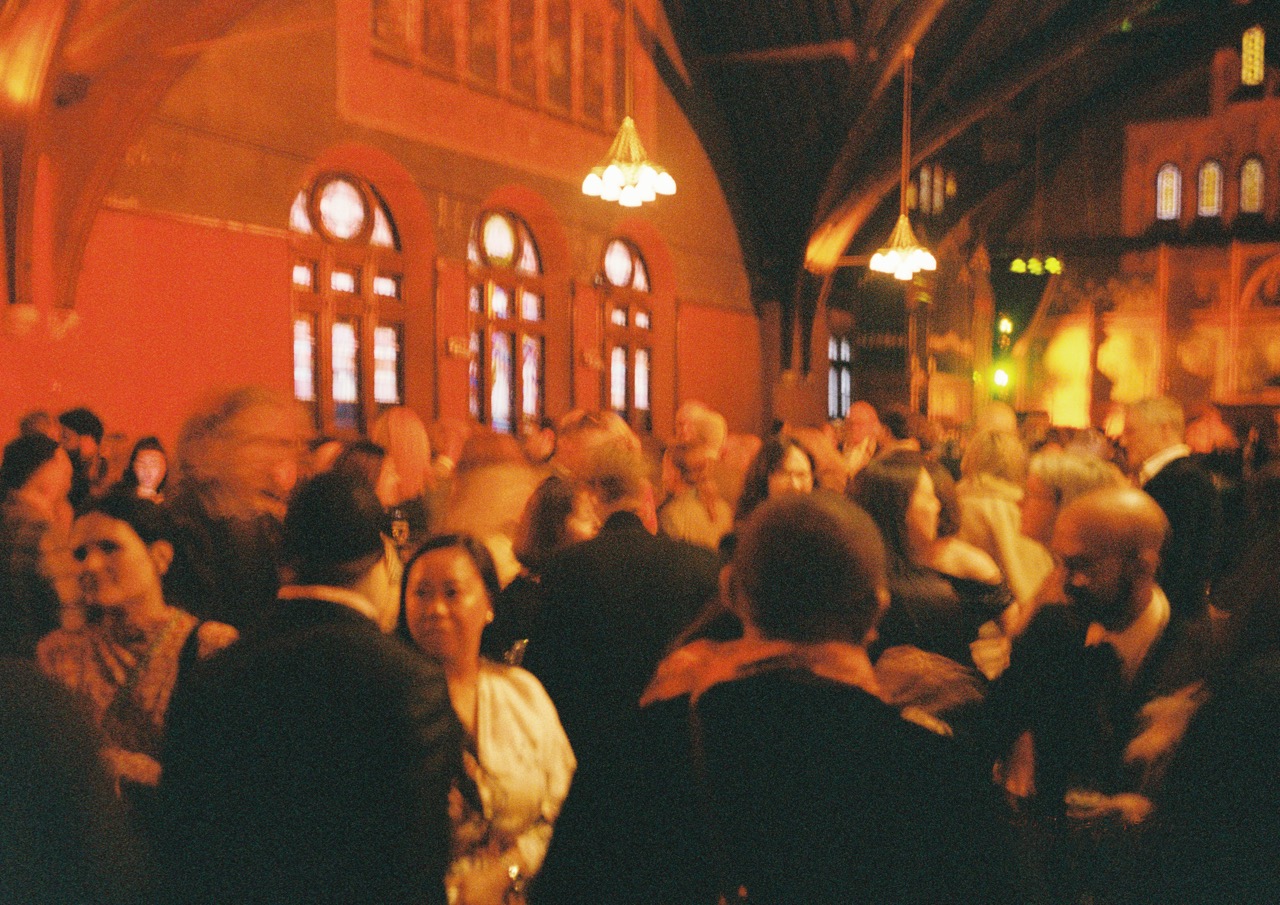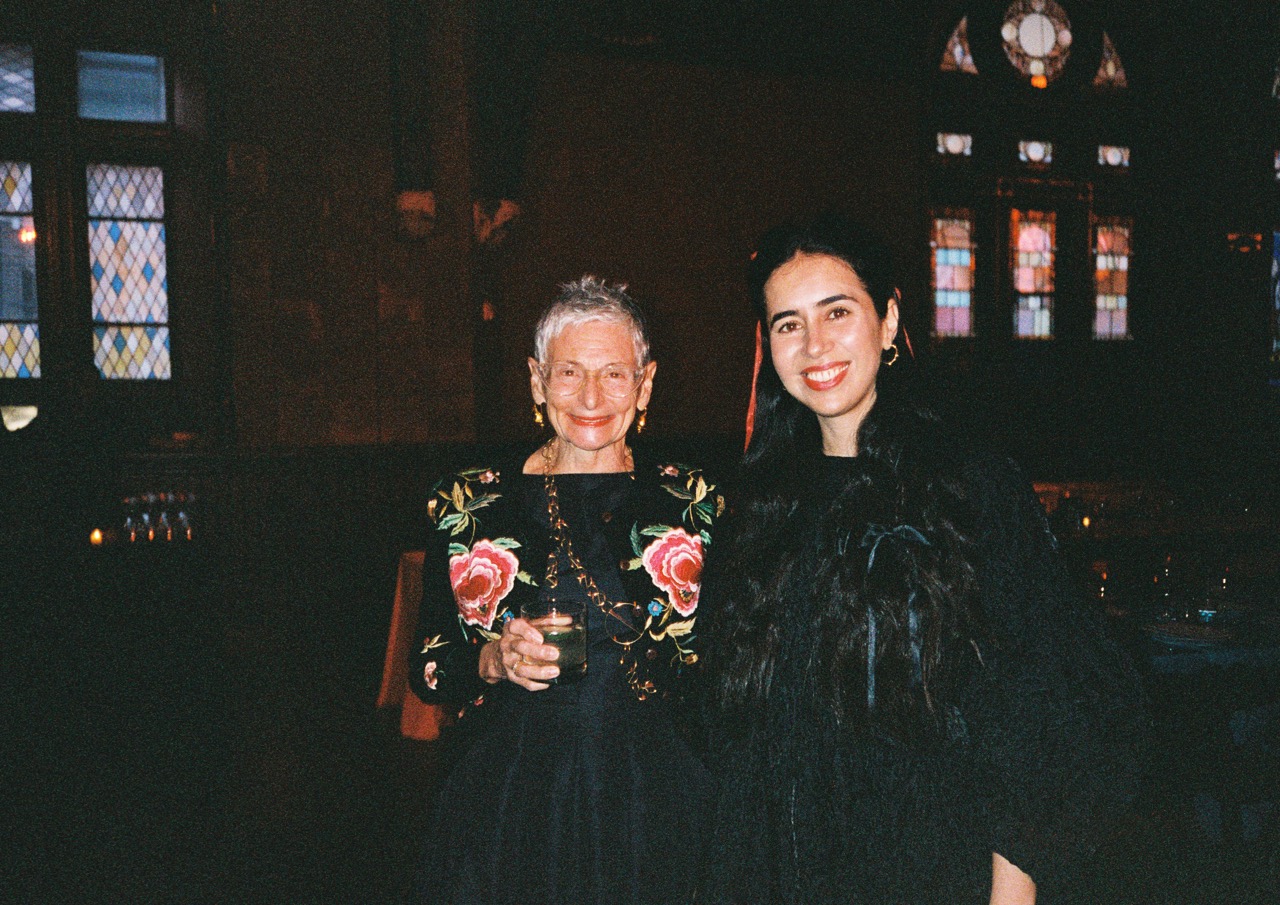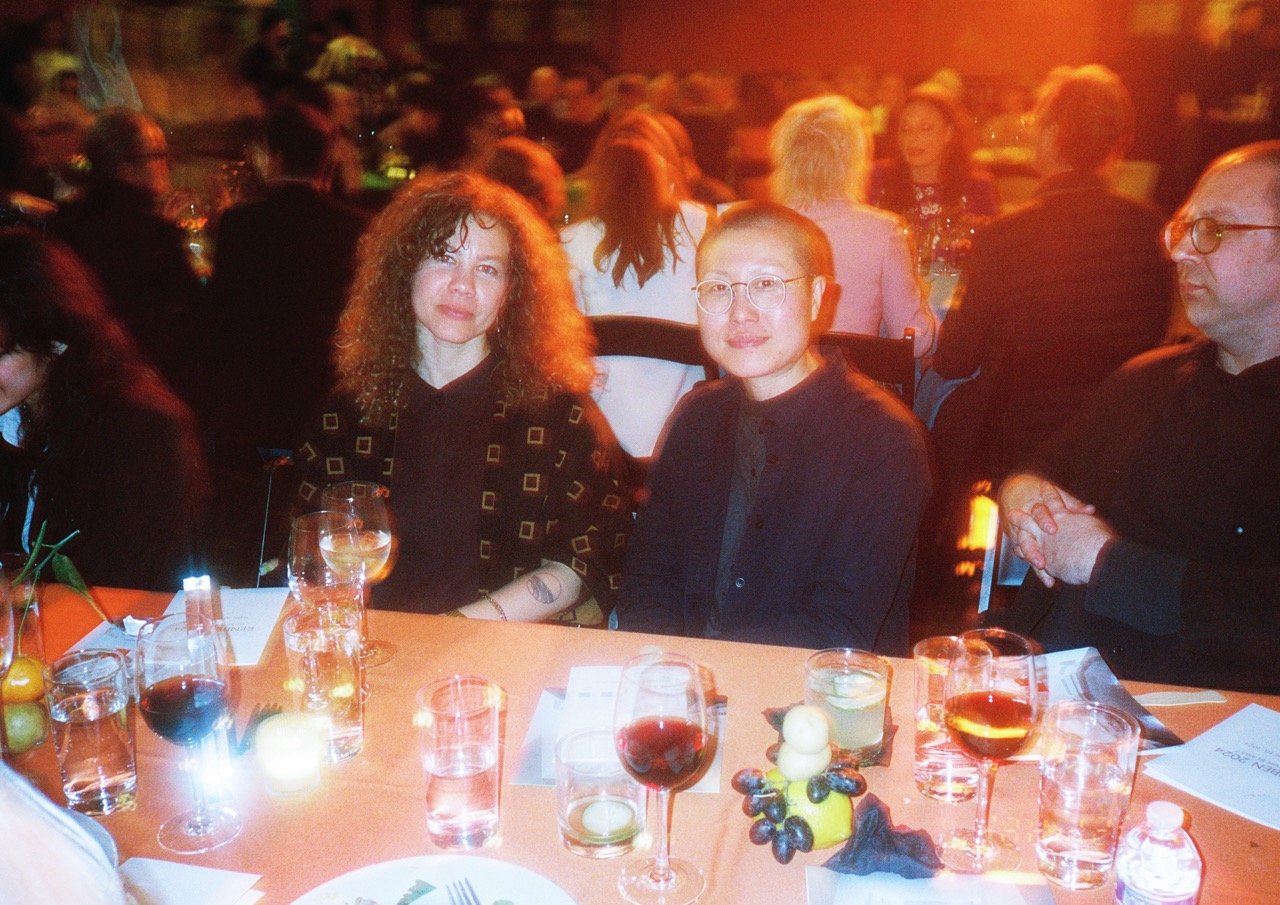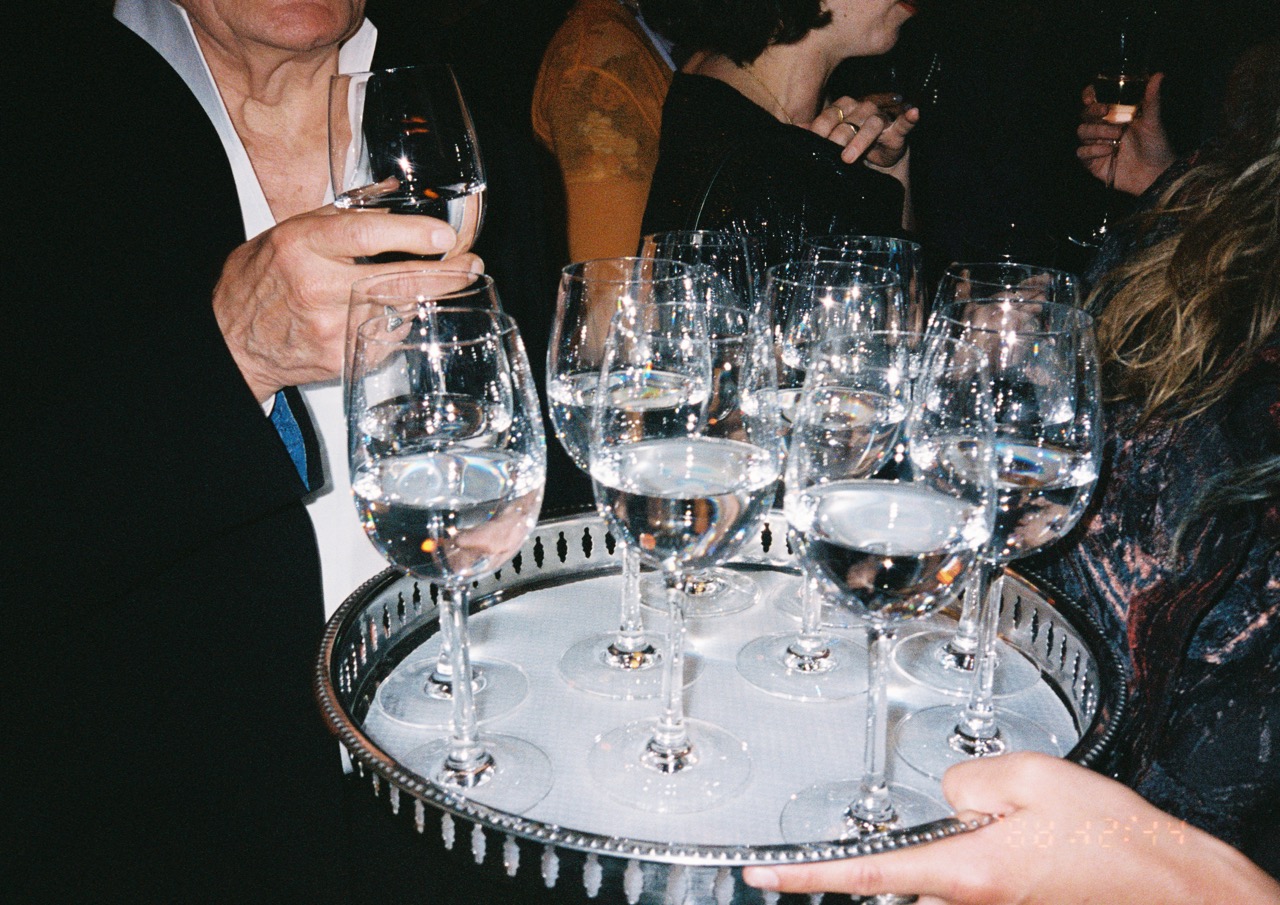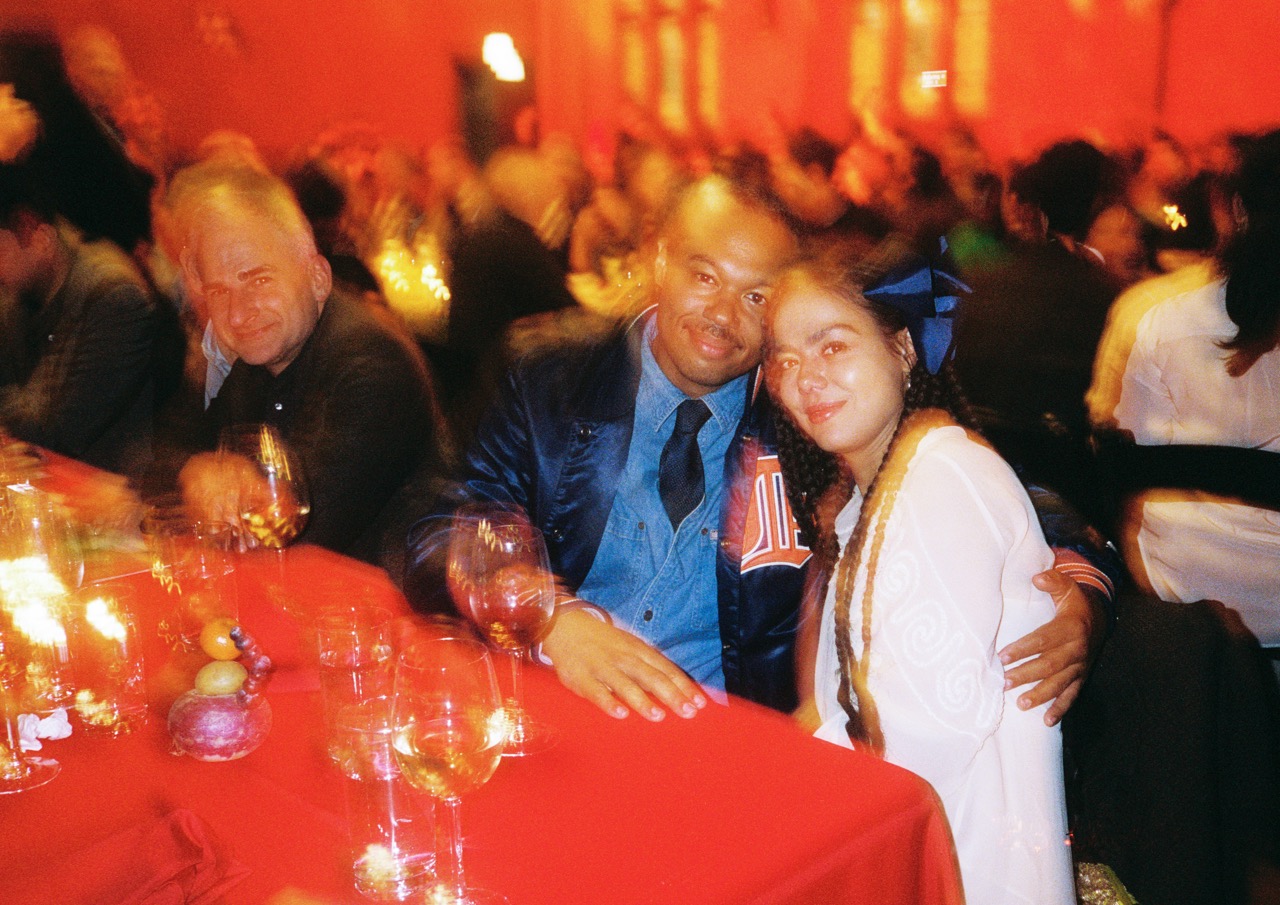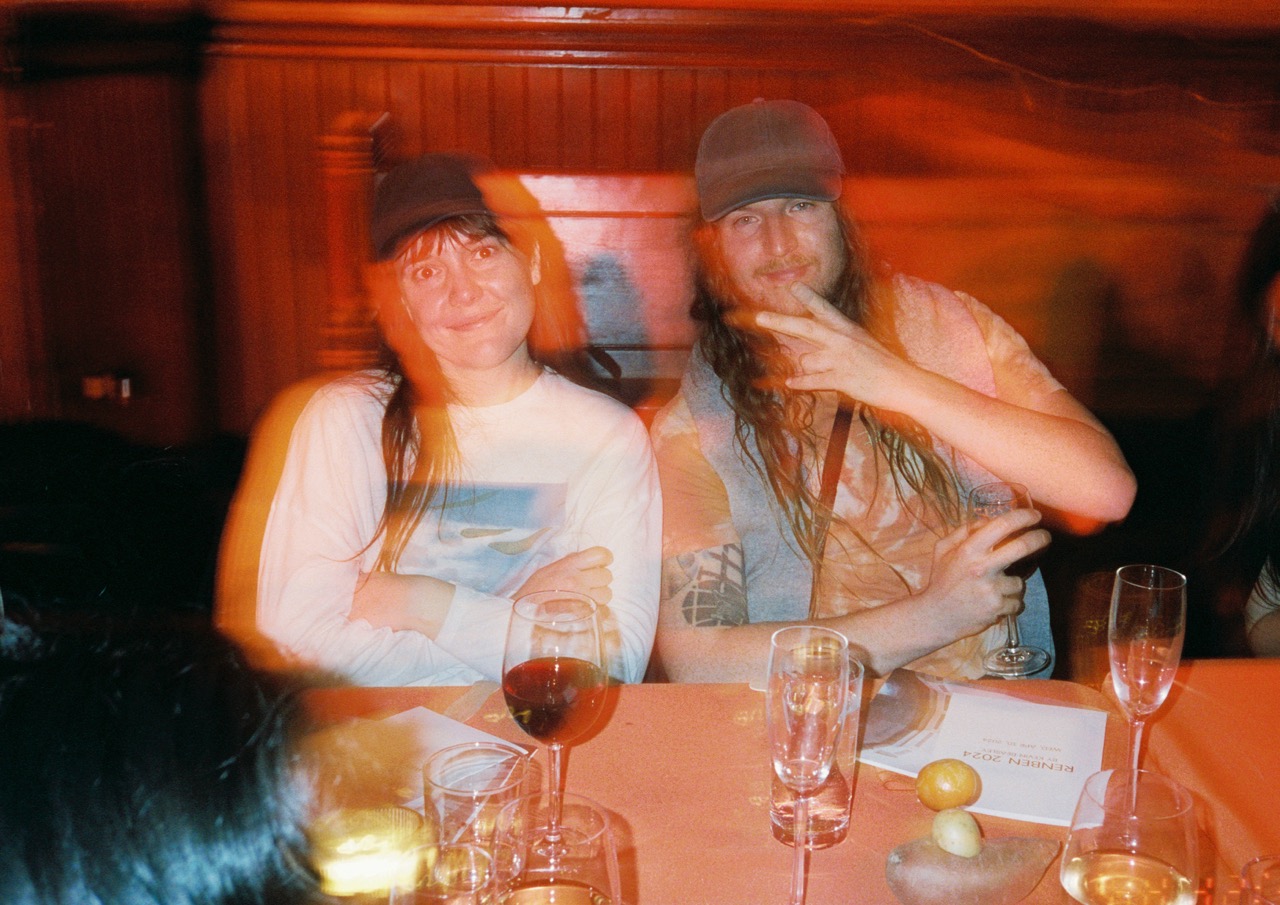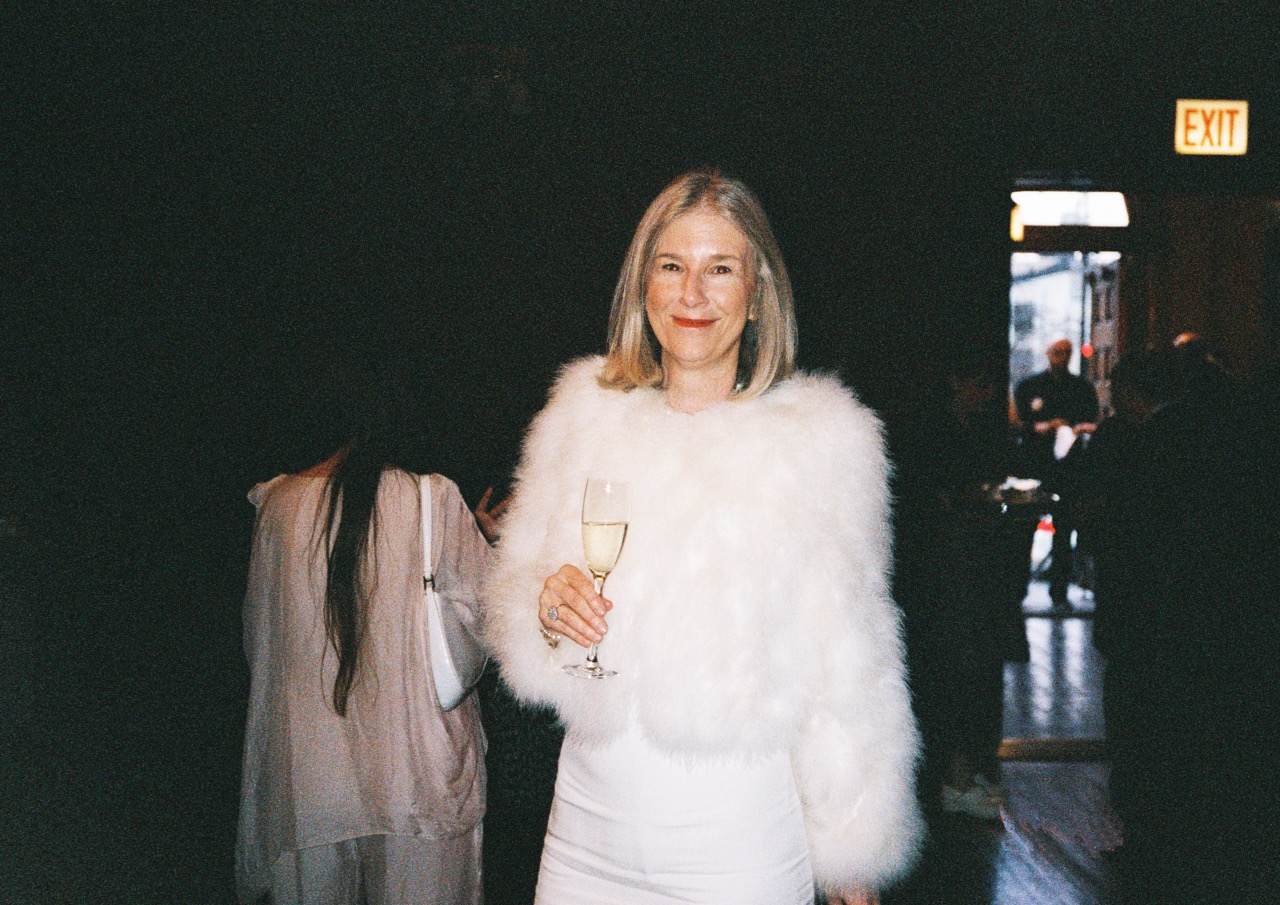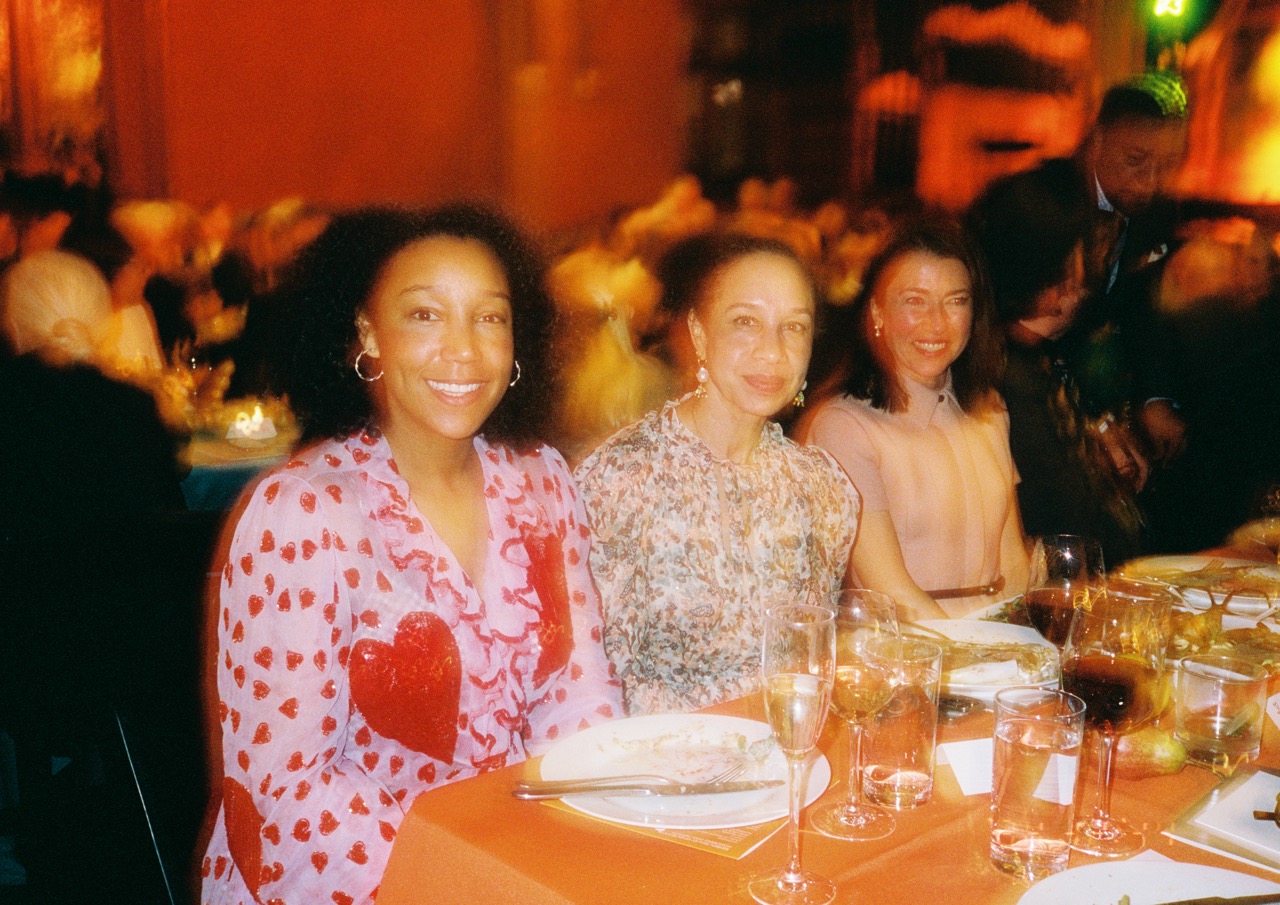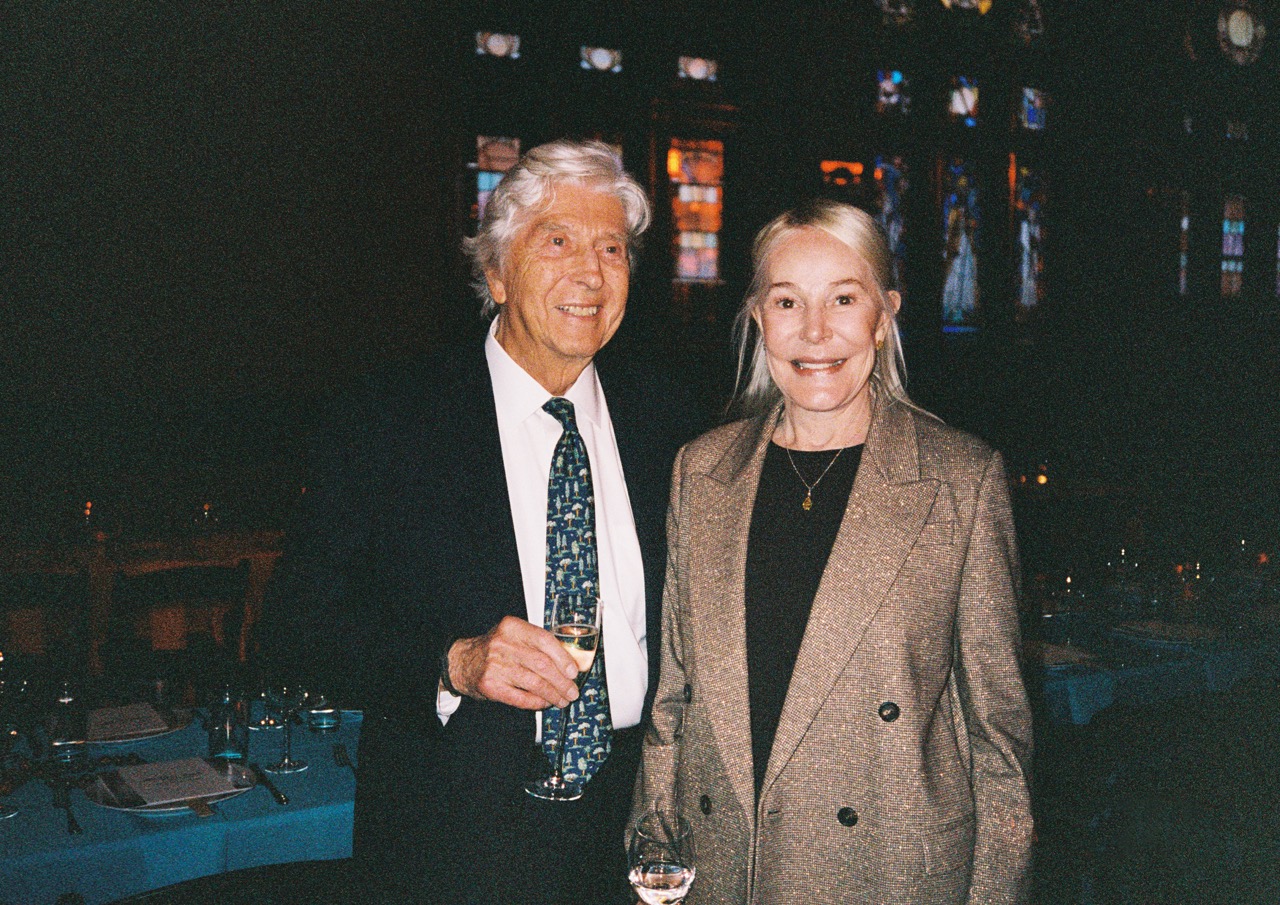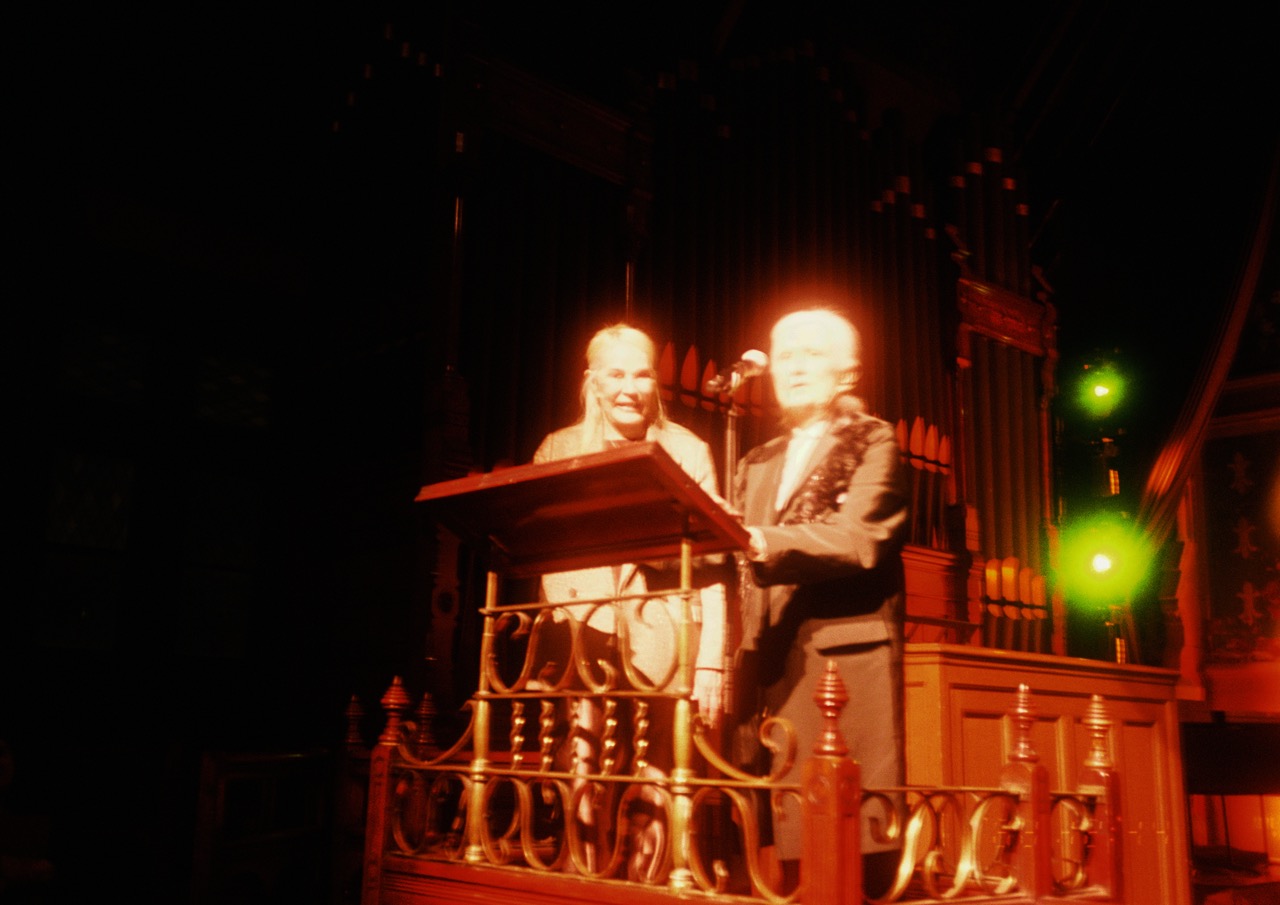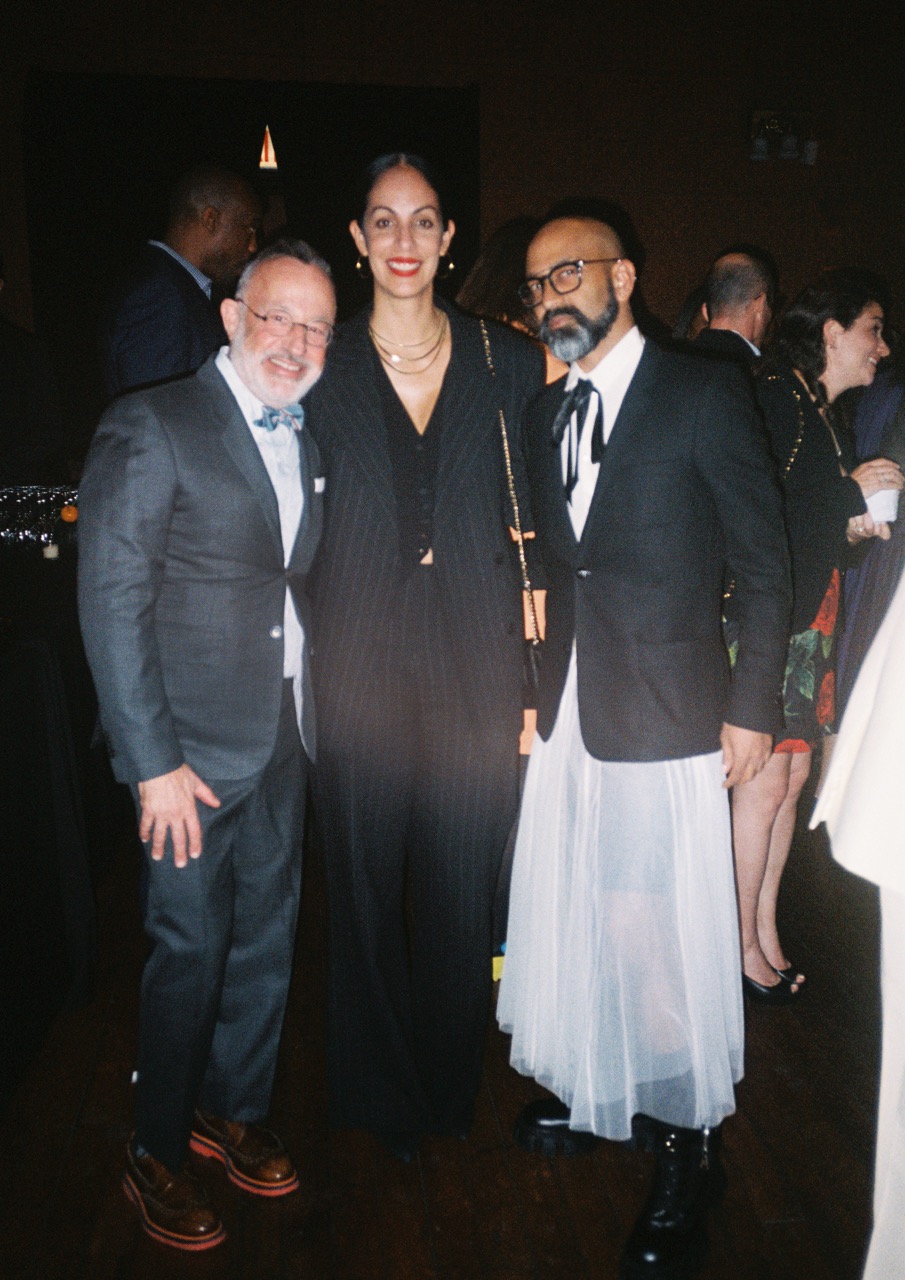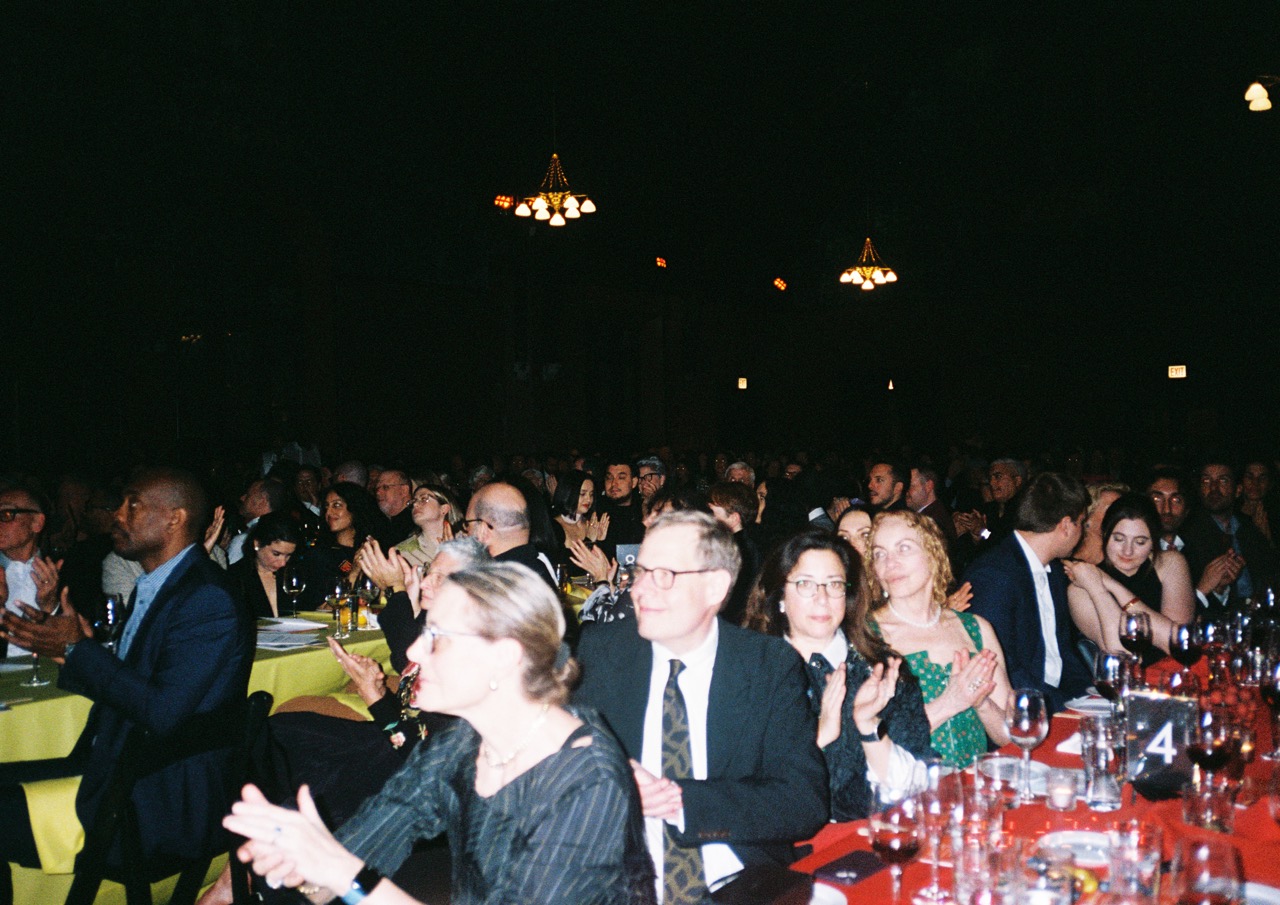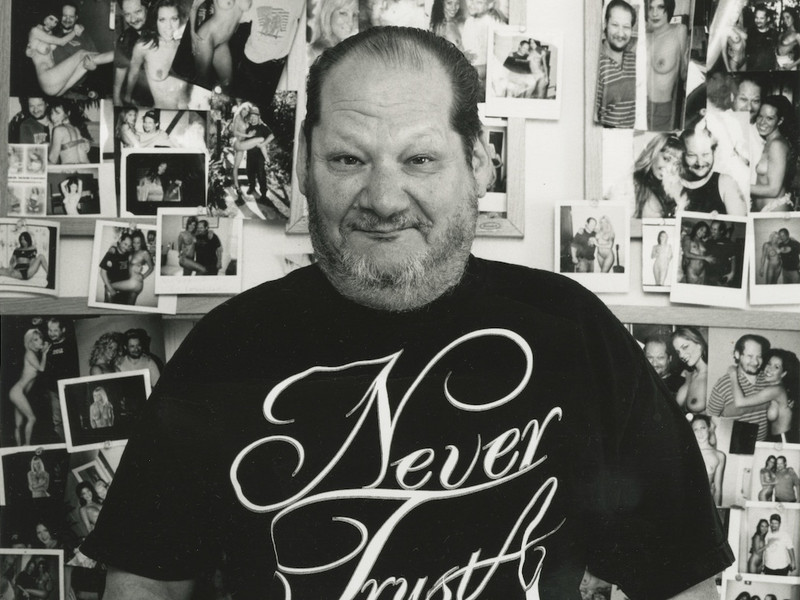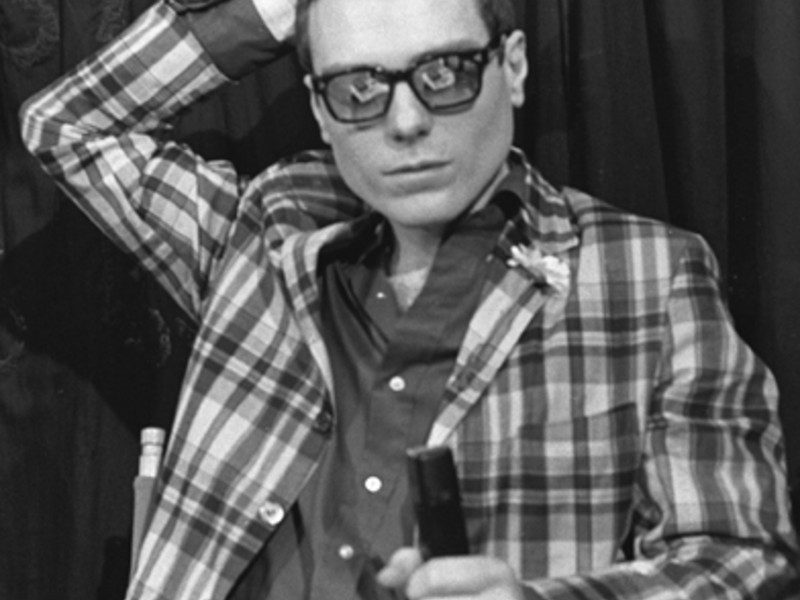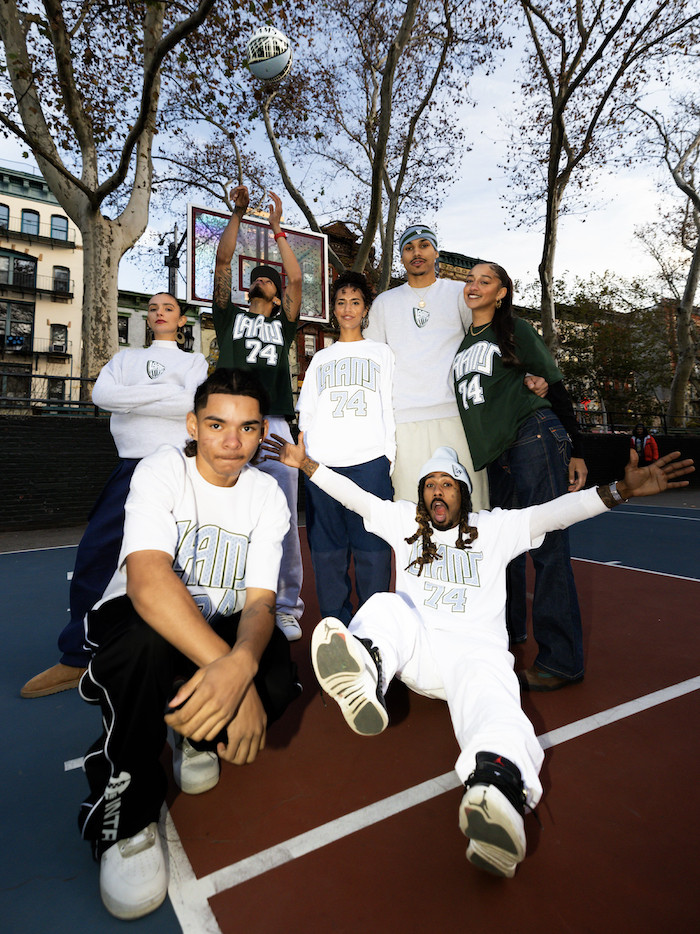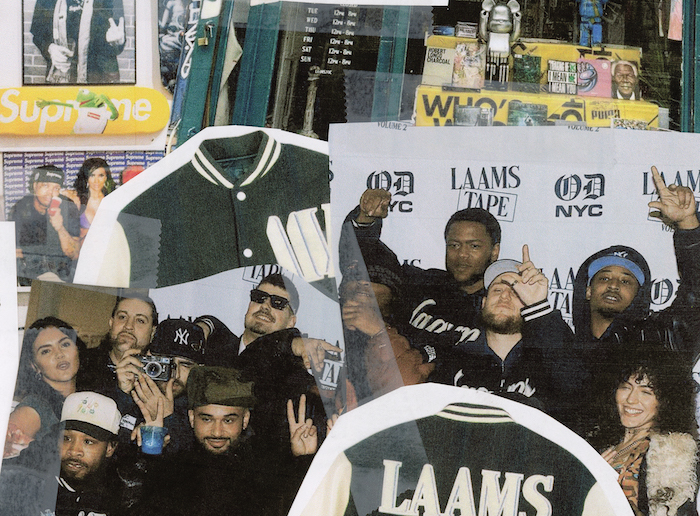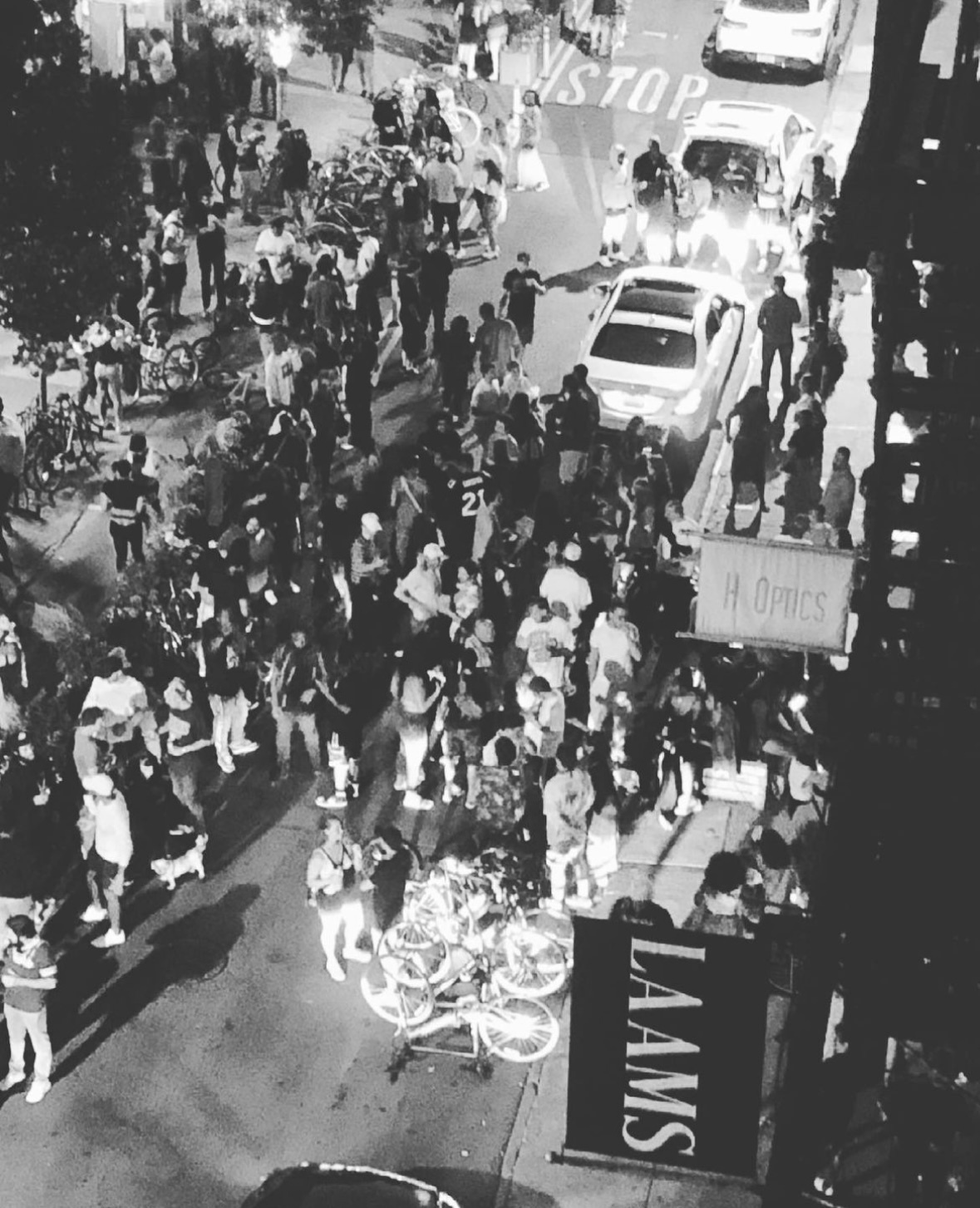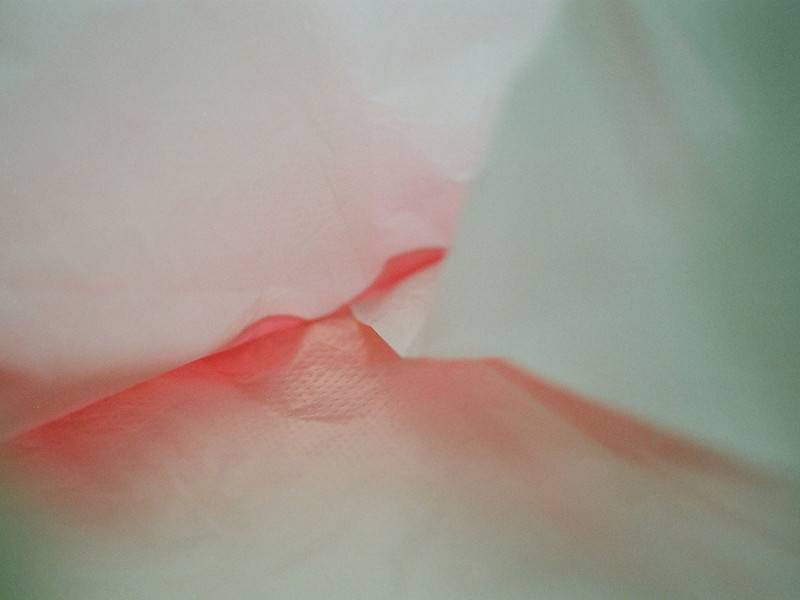The Whitney Review Dares, Delights, and Surprises in Second Issue
Flipping open the centerfold spread of the publication leads to an instantly iconic, playful advertisement of the Telfar x Ugg collaboration featuring two subjects in a tender moment, sharing a puckered-up kiss over an ATM, hands gloved by miniature Telfar boots. A sign for downtown institution Lucien hangs above the cowboy hats of our two lovers.
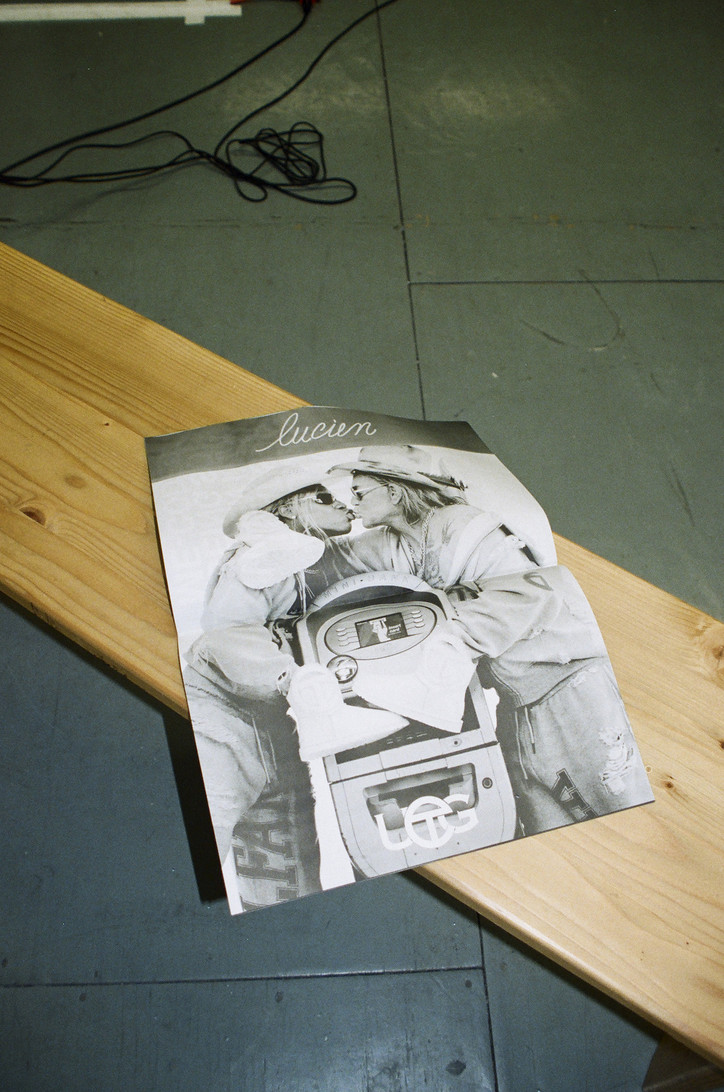
The creative ethos of the magazine speaks for itself here: cultural references that convey a fusion of impactful emotions and storytelling in the same breath.
“This issue is about desperation, excess, romance, and grief,” editor-in-chief Whitney Mallet shares in bold lettering on the front cover. Aptly named, the issue includes reviews of books like Megan Fox’s Pretty Boys Are Poisonous, a series of poems that serve as a raw confessional of sadness and heartbreak. Reviewer Esra Soraya Padgett called it, “an achievement to perform vengeance without bitterness … Jennifer’s Body fatale.”
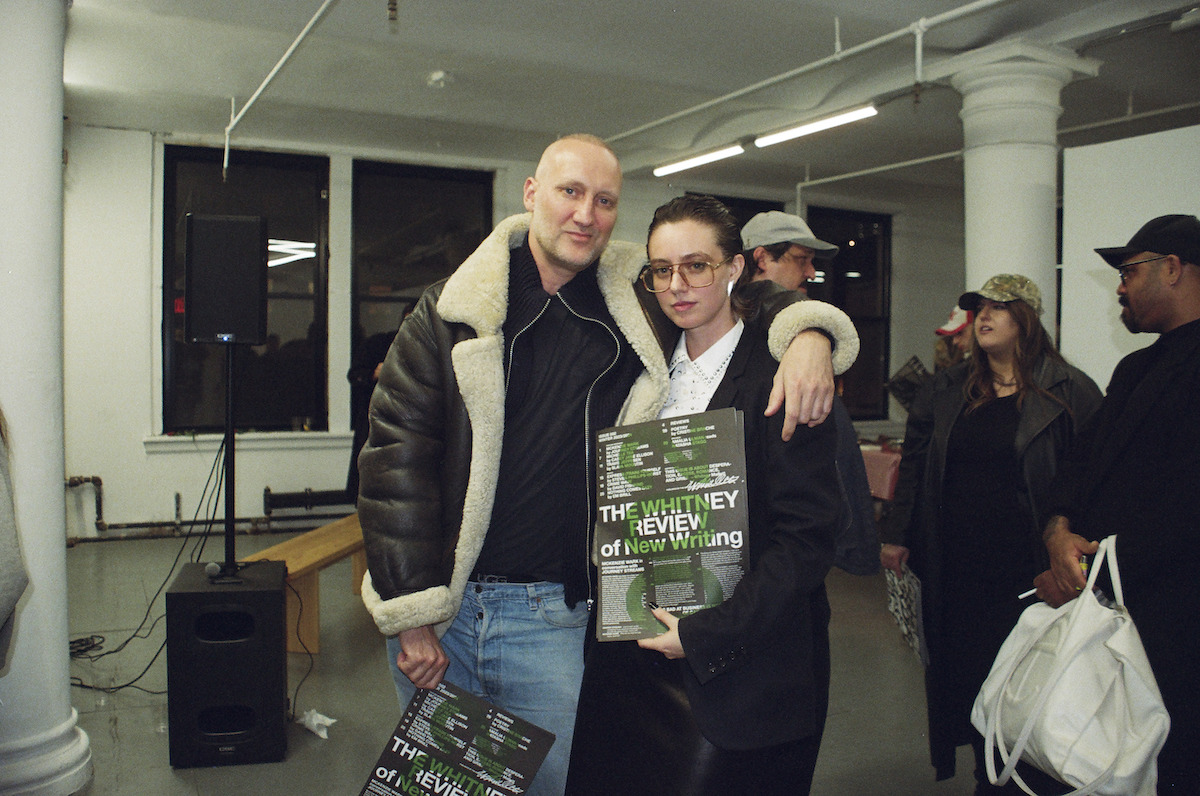
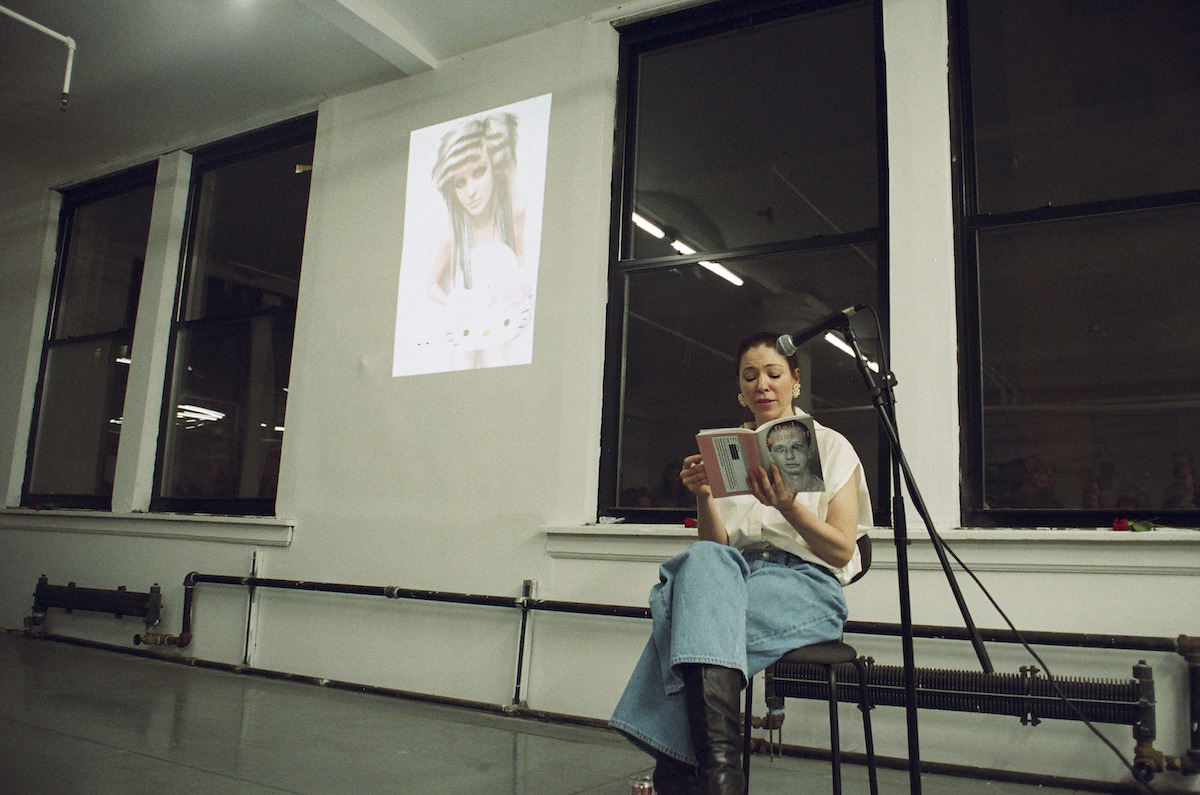
Maya Martinez took the stage for the first act of the night, presenting her show “Hole Play," produced under Wonder Press. Stepping into a Party City parking lot in central Florida, the character finds herself confrontng a dramatic sinkhole. A frantic dialogue unfolds, exploring themes of identity, sinkhole insurance, sexuality, and the layers of the Earth’s crust, much to the fascination of the gathered audience.
Stephen Phillips-Horst followed with a sweeping commentary on consumer culture and capitalism, featured on page 15 of the magazine under “Express (Train) Yourself, On Desperate, Sassy, Authentic Subway Ad Copy."
As guests sipped tequila sodas and perused fresh magazine copies, the next reader, Alissa Bennet, tactfully removed her gum and placed it on the edge of a Diet Coke can. Her contribution revolves around the dramatic tale of Myspace scene queen Kiki Cannibal, with further inquiries directed to her latest work, the Taxidermist’s Handbook.
Cristine Brache went on to share concise yet gripping poetry, featured on page 29, while Orlando Estrada presented the aforementioned sound performance to close the show.
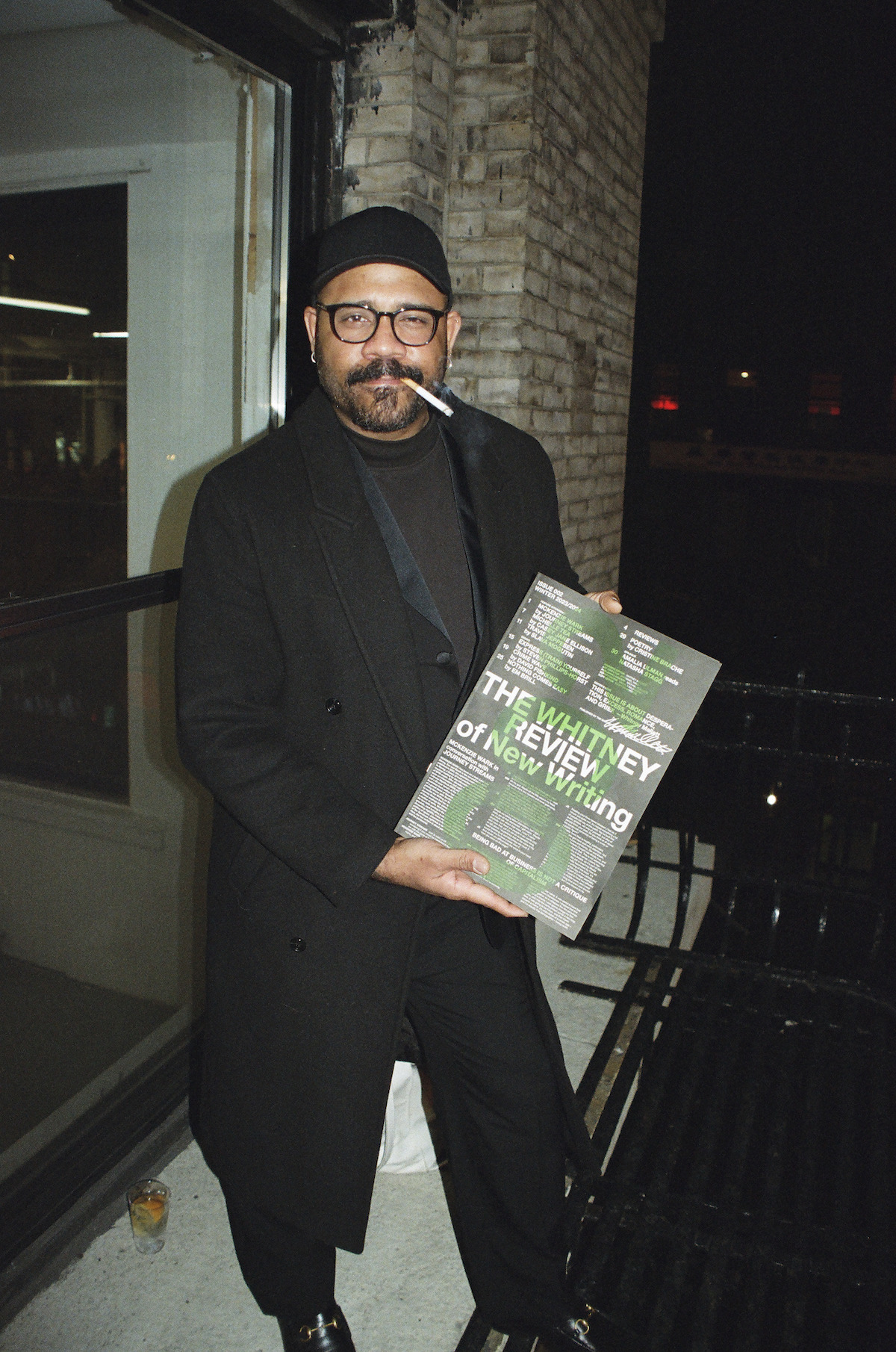

The intentionality of the magazine was evident at the launch, from the saddle-stitched newsprint to the inclusion of interview content on the front cover. Mallet described these choices as both intuitive and rooted in her early experiences with alt weeklies, including the one she wrote for in her hometown.
“It was important for me to do it in print and off-screen, to give people a special reading experience. I want readers to be able to throw it in their bag and read on the train, or take to the pool, to be accessible essentially,” she shared.
Mallet’s career in the city — and on the internet, if you will — has blossomed fervently since her move after her college years in Montreal. She has held editor roles at PIN-UP (with founder Felix Burrichter in the audience at the launch), GAYLETTER, contributed the book Deliverance published by Smutburger Editions, and amassed a rich wealth of performances and bylines from Artnet to Interview and beyond.
Amidst the nasty weather and grey sentiments of last February in New York, Mallet sat down and plotted the beginnings of The Whitney Review. Reflecting on her magazine experience and her role in the broader media ecosystem, she developed a framework that would eventually become the namesake publication.
Asking peers for advice transformed into their generous offerings of work and support. The brief review model, comfortably settling within the periodical’s pages (mostly under 200 words), is a deliberate choice by Mallet. She explained that it’s the perfect cocktail for conveying a new work in an entertaining yet timely way: “I’m always reading a book that I want to give a little shine to and put in the discourse.”
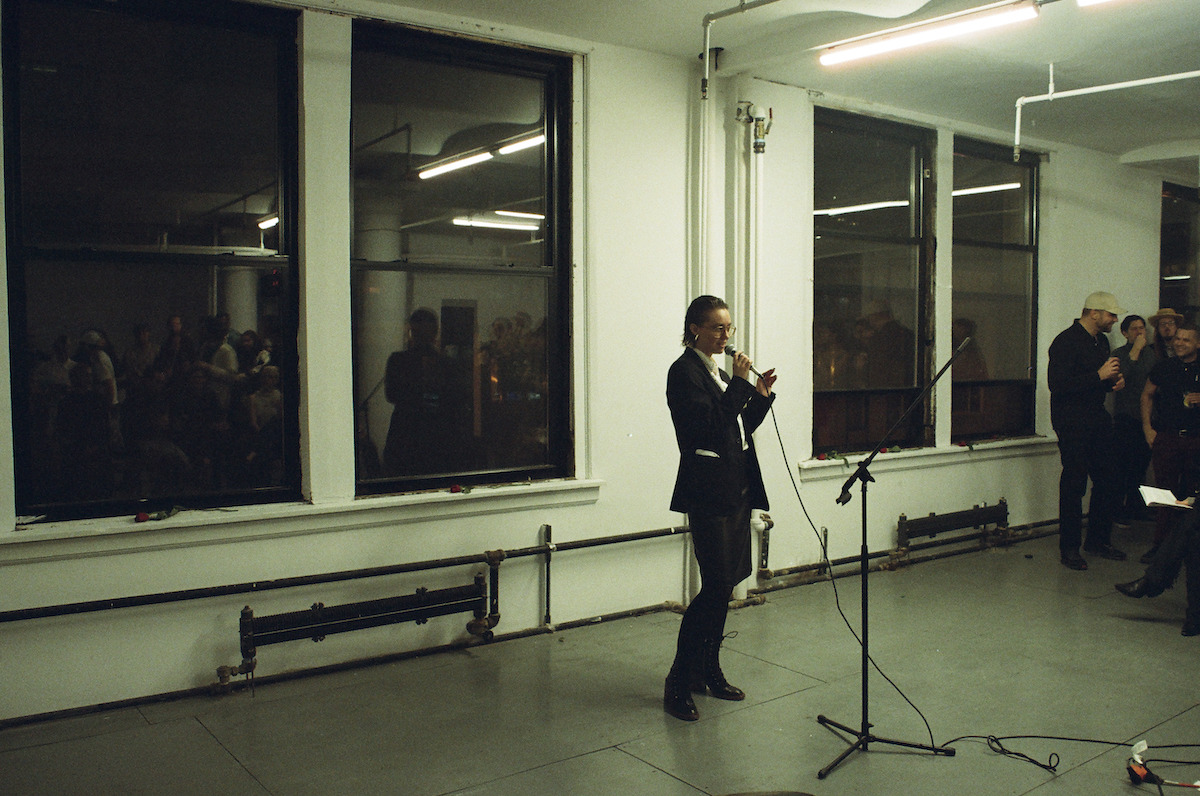

There’s a distinctly human throughline in The Whitney Review. Real-world relationships weave into the magazine’s worldbuilding in a fated fashion. Prounis, an advertiser featured beneath Em Brill’s comprehensive dialogue on Andy Warhol and Edie Sedgwick, was connected to Mallet through a writing workshop with a member of its team. The choice of venue for the launch was determined after a dance performance years ago with gallery owner Sarah Blazej (the choreographer of that performance, Sigrid Lauren, was also present on launch night).
“A lot of the time, I feel like I’ve done all these things and they don’t work together. But as I’ve created this container, all the projects I’ve worked on begin to make sense,” Mallet explained.
As guests spitballed on where to take the festivities at the night’s end, she buzzed around the room bidding goodbye to friends and readers. While the potential themes and advertisers of the next issue are still under wraps, it was clear that night that the community around the magazine is firm and growing. Wherever Mallet takes The Whitney Review next, we’re certainly sure to follow.
